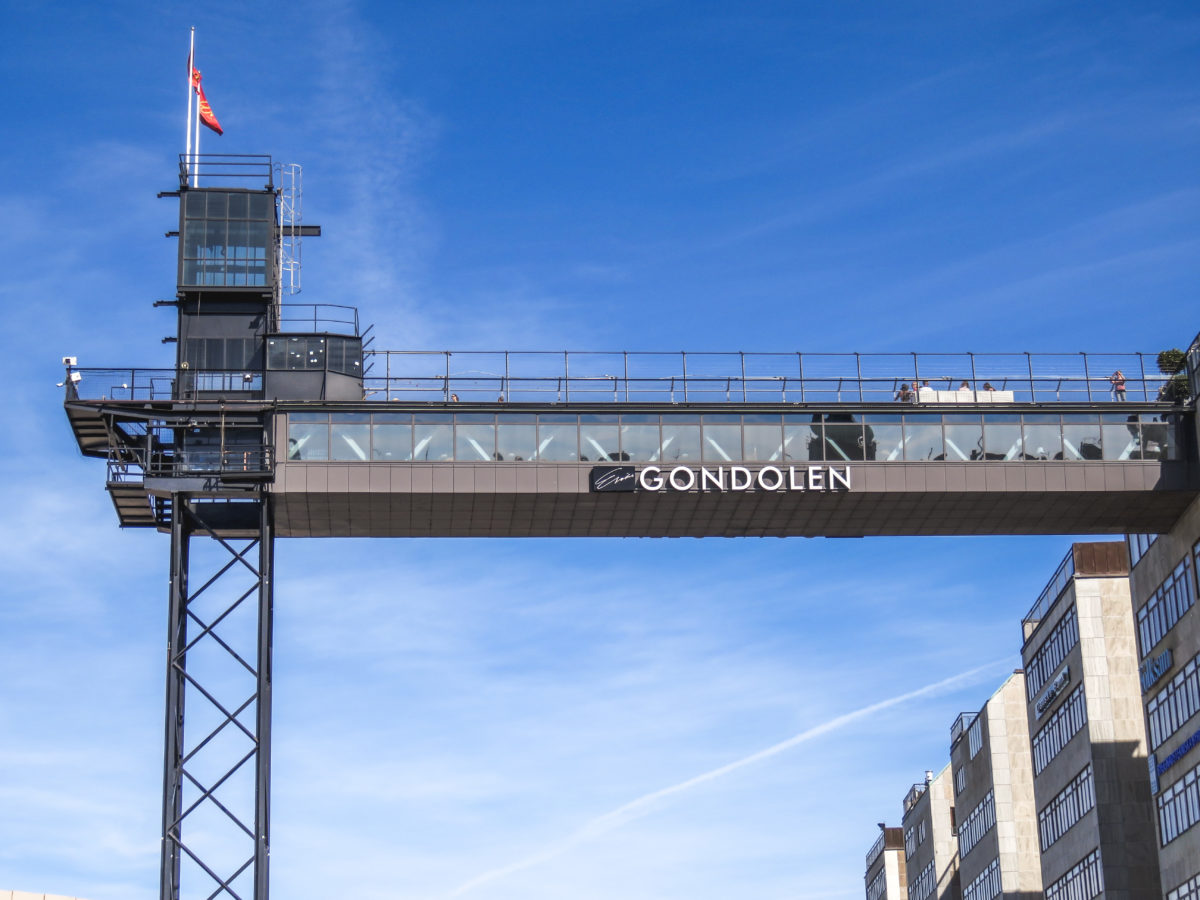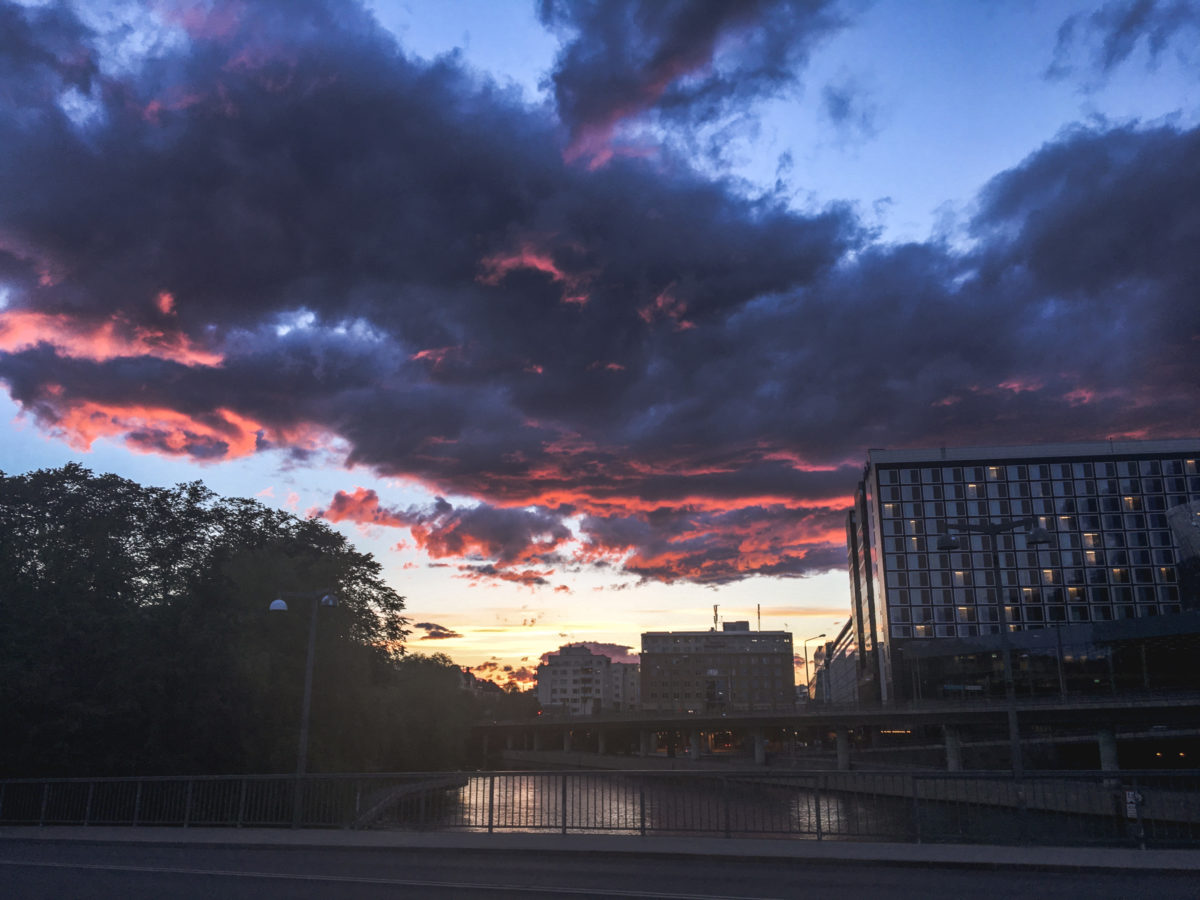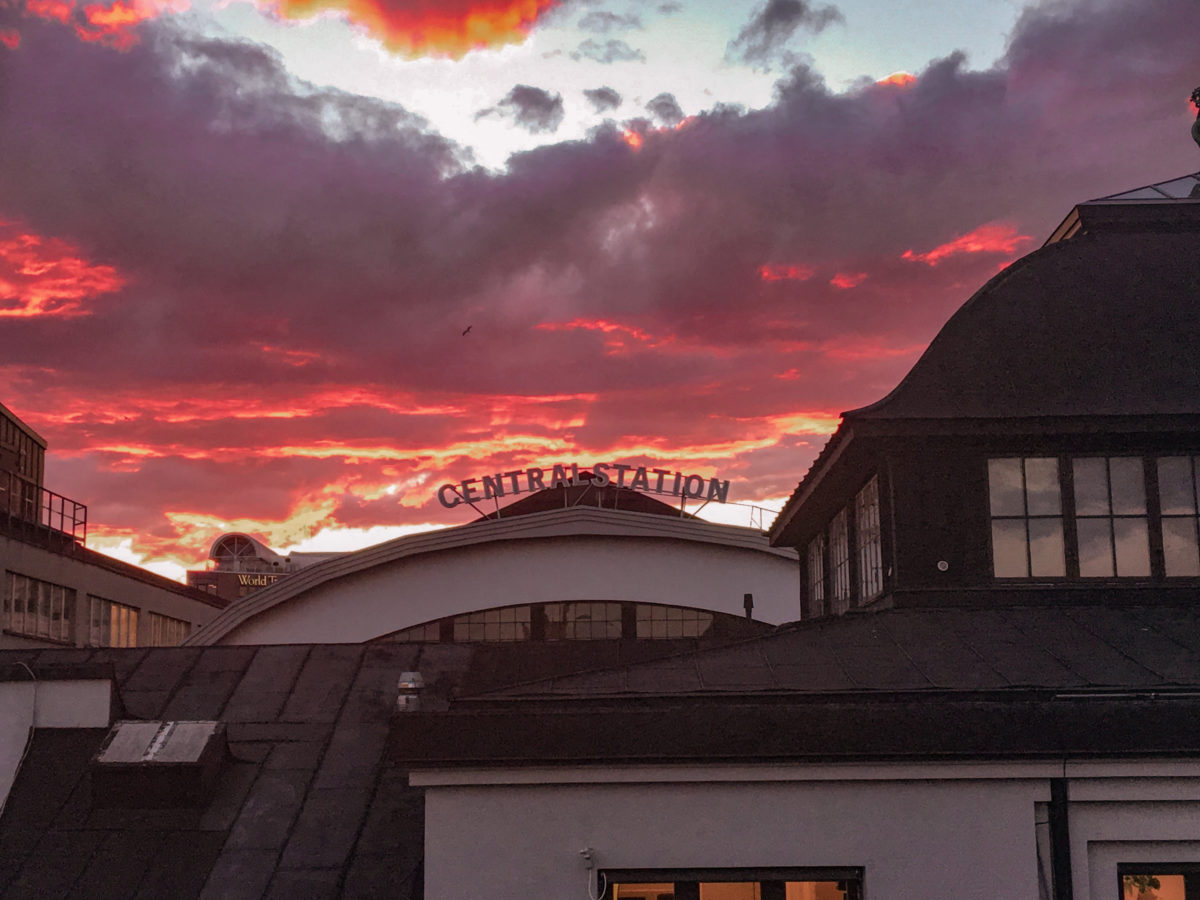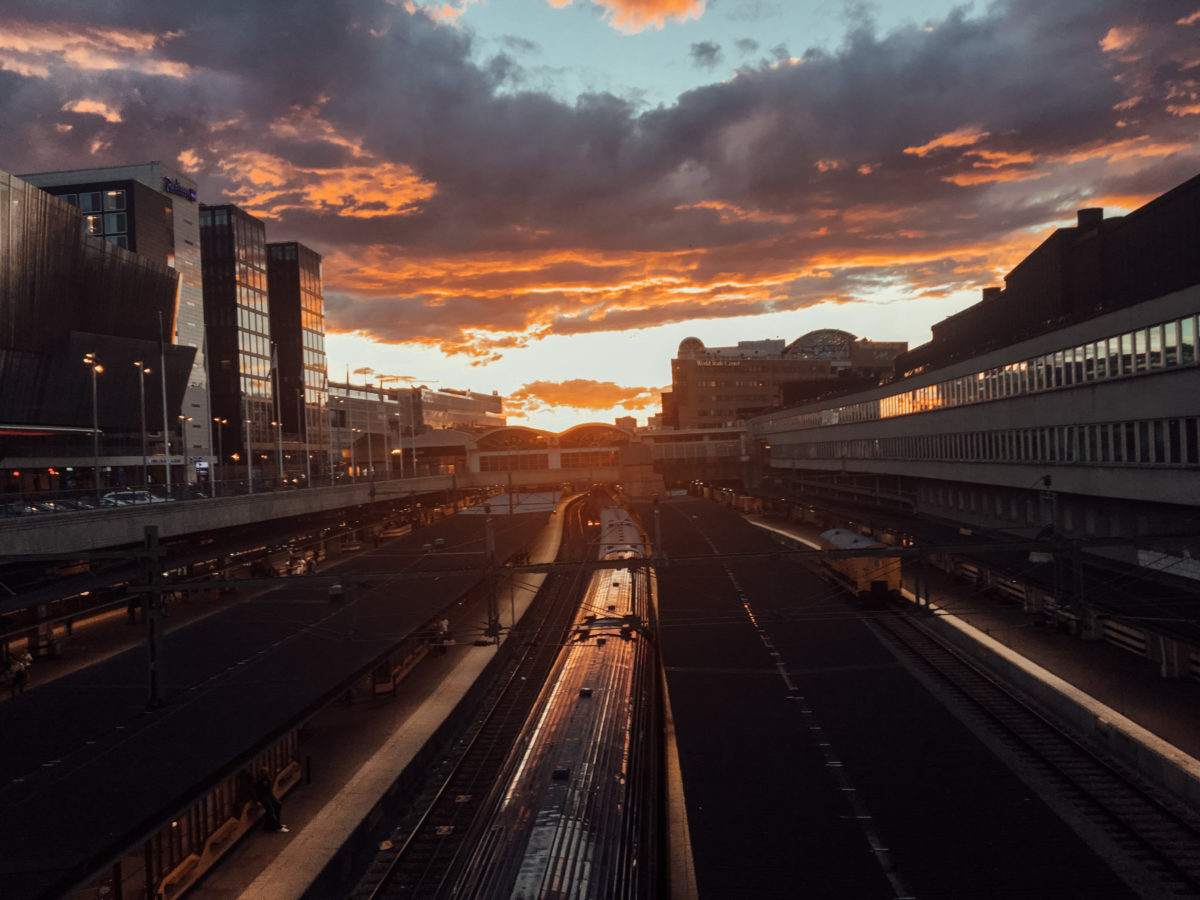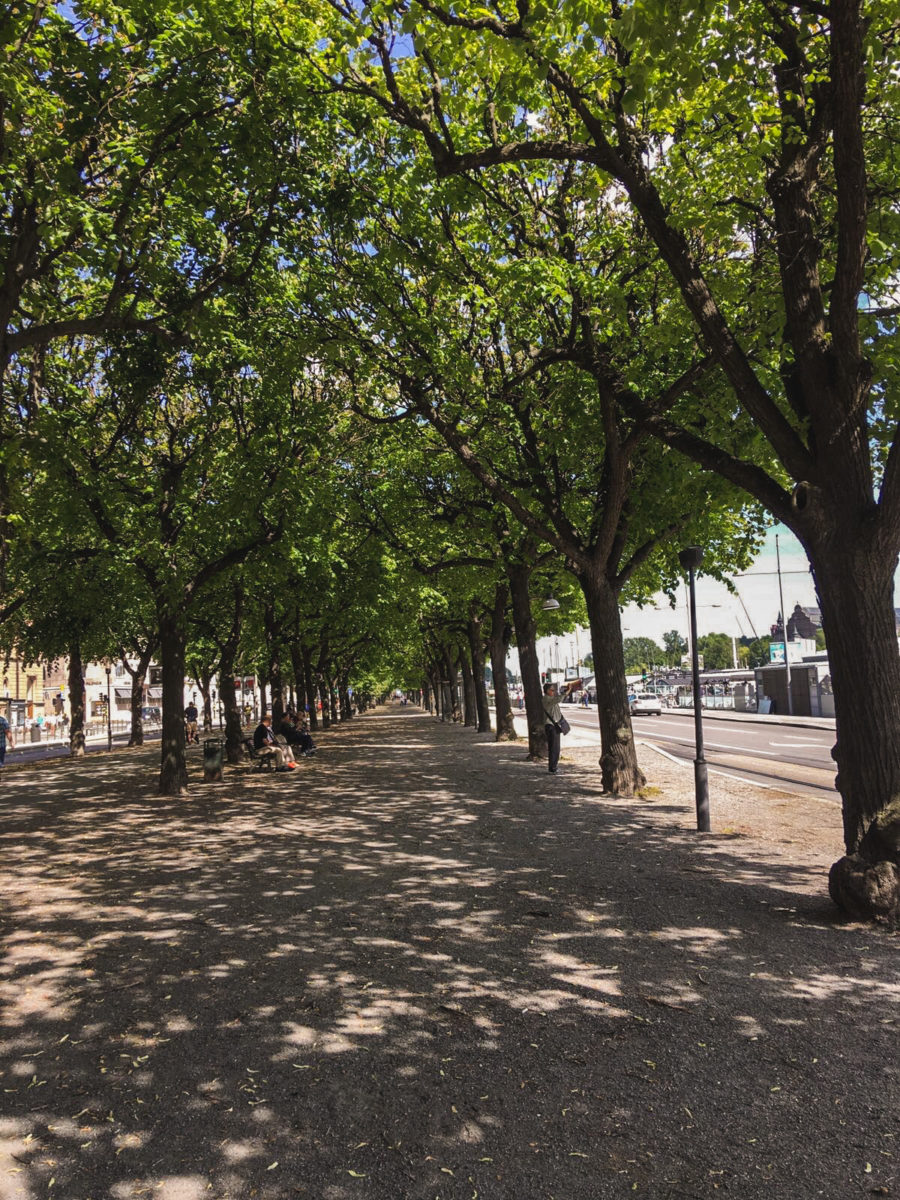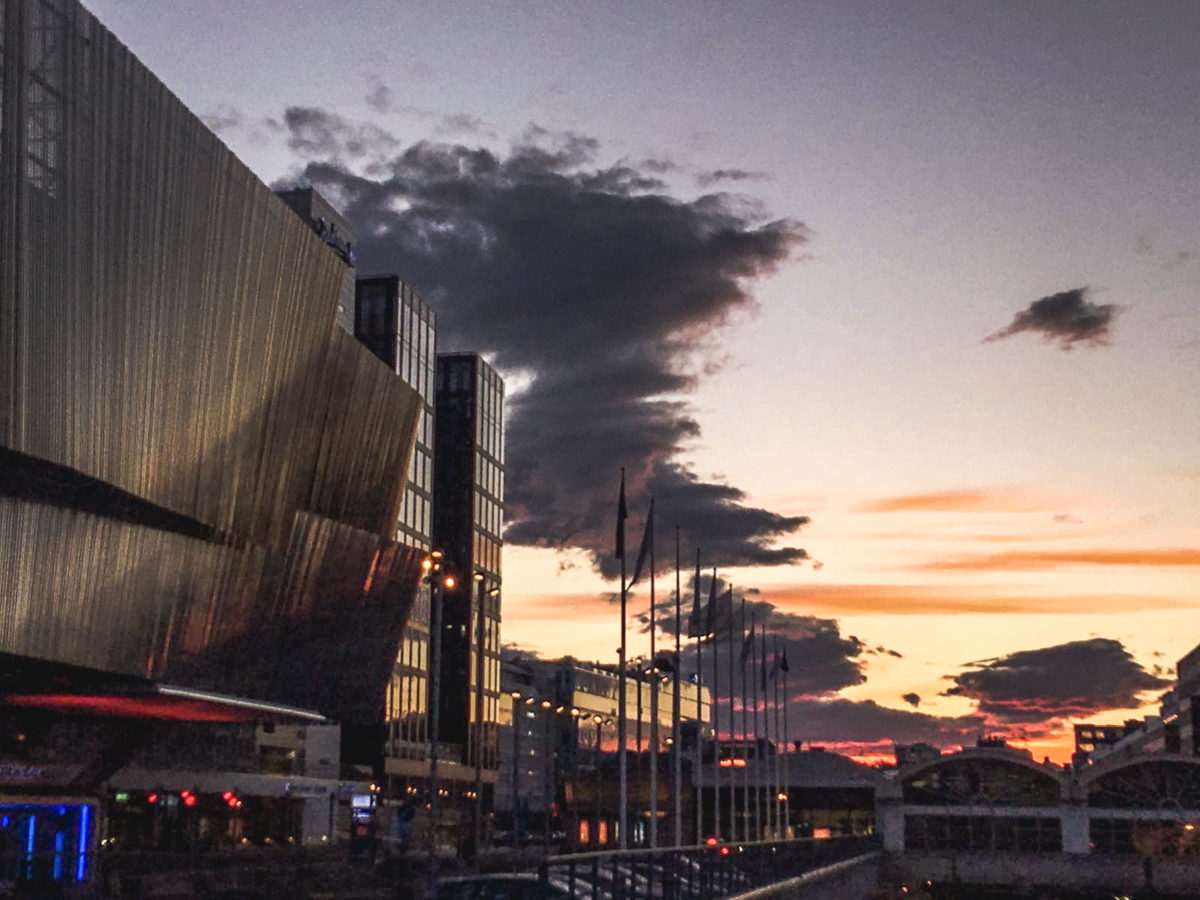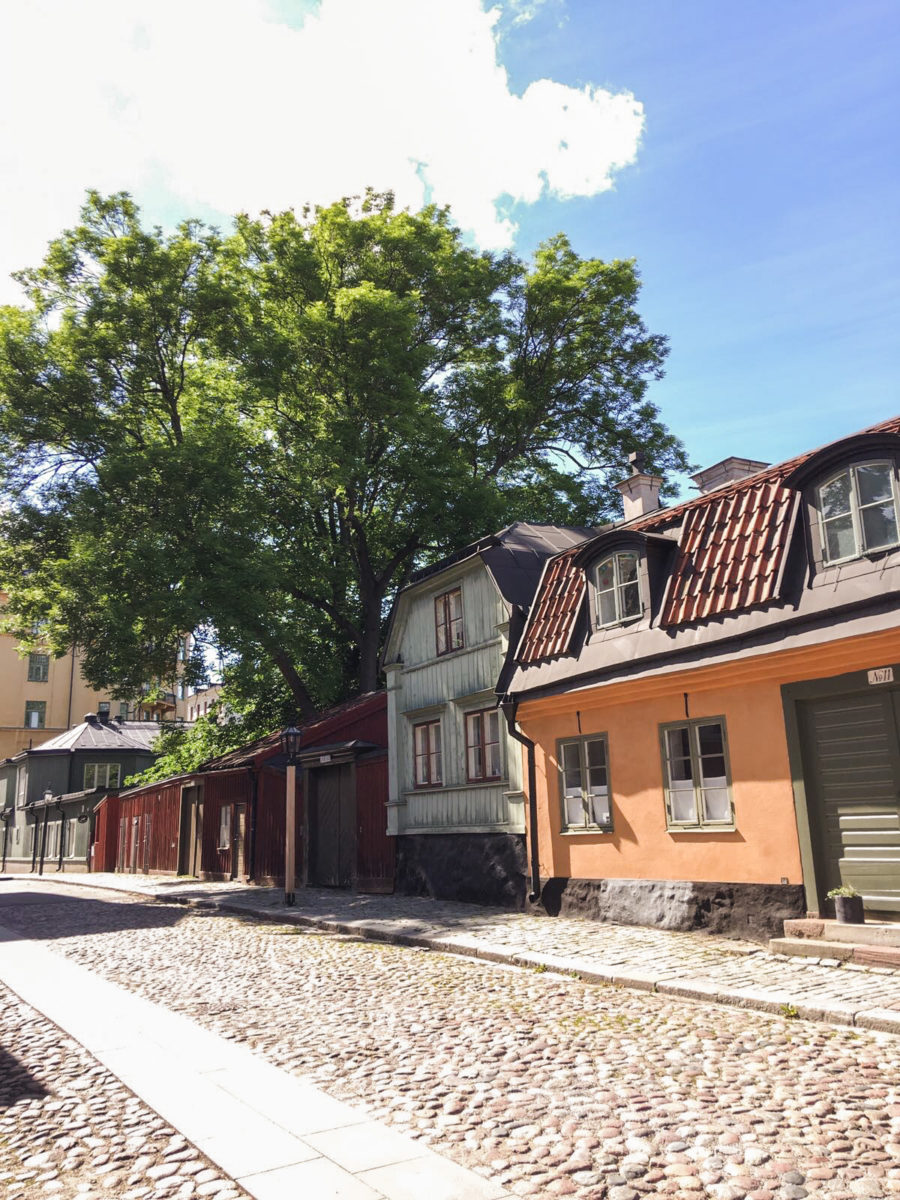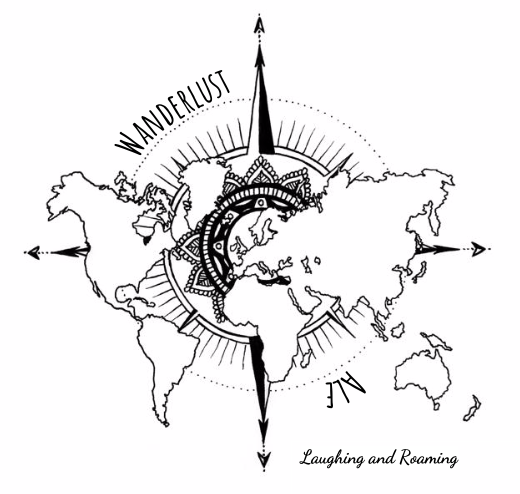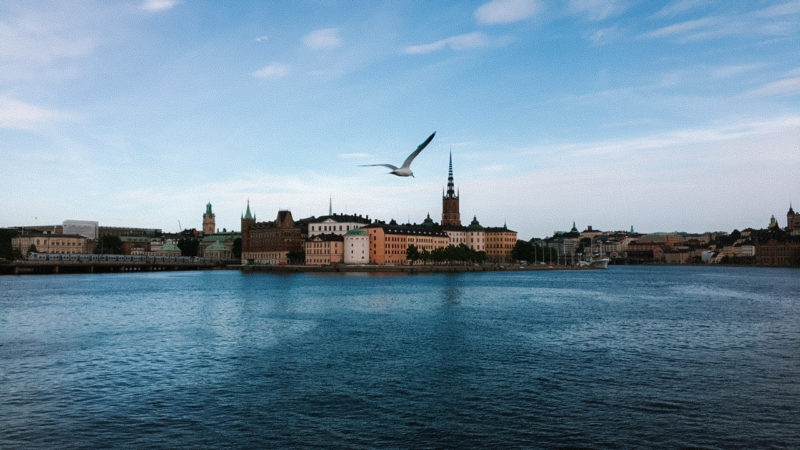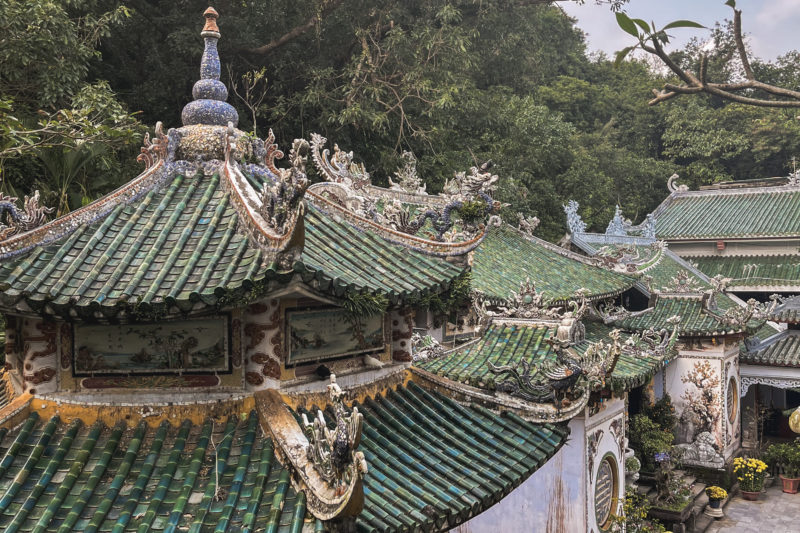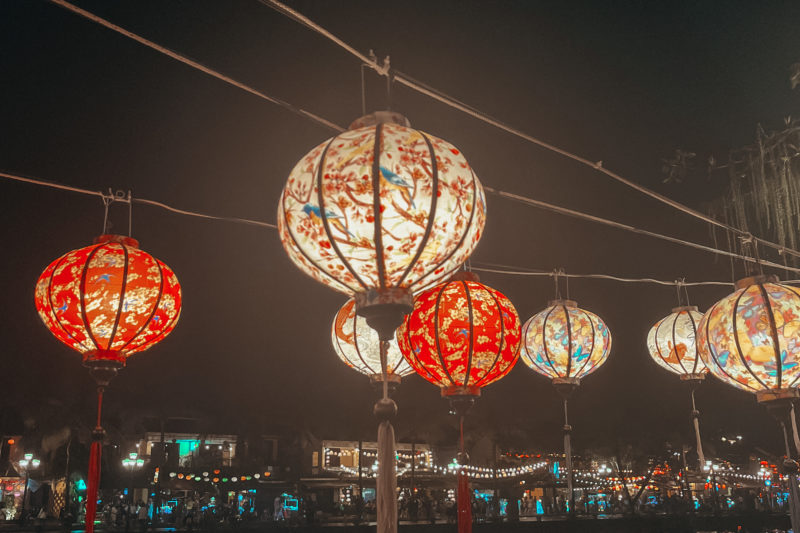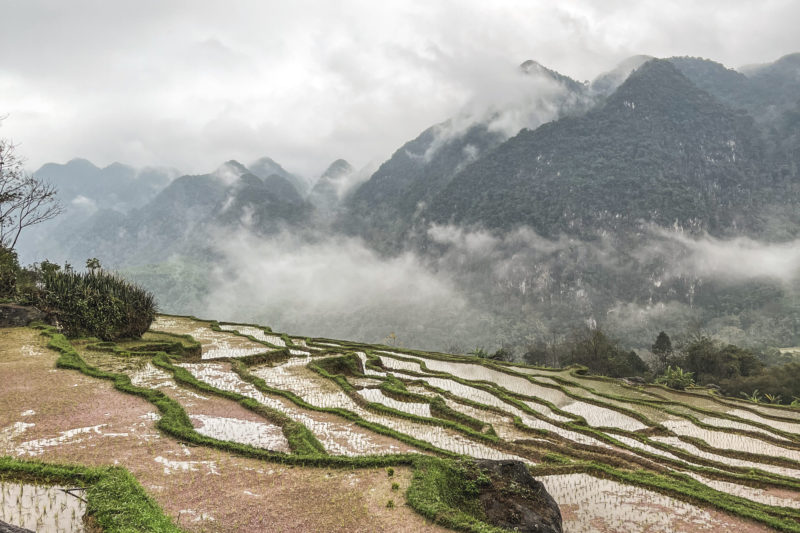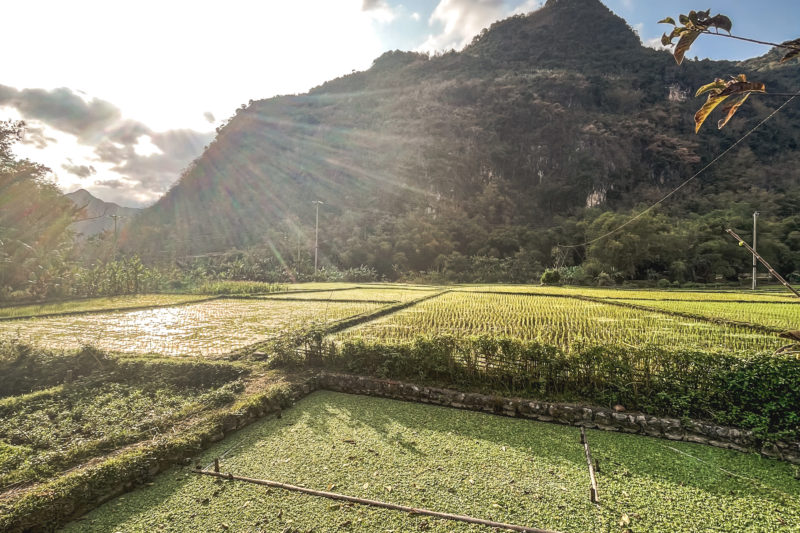Stockholm, the capital of Sweden, appears to be a quiet and trouble-free little town. However, beneath its apparent tranquillity, it hides a dynamic city. Situated on the Baltic Sea, Stockholm is built partly on fourteen small islands at the mouth of Lake Mälaren and is mainly grouped into five districts that are not to be missed (Gamla Stan, Ostermalm, Södermalm, Djurgården and Norrmalm).

It appeals to the desires of all travellers, whether they are thirsty for culture with its many museums and rich history or the more romantic with its beautiful walks, its many parks and its gentle way of life. For my second stay in the Swedish capital, we visited and discovered some beautiful and unusual places. So, I will tell you here about some of my must-sees to explore if you discover Stockholm.
GAMLA STAN
When arriving in Stockholm, the first place to visit to soak up the atmosphere is definitely Gamla Stan, the old town in Swedish. This is where the city was founded around 1252 (the first mention of the name Stockholm). Historic centre of the capital, this district stretches from the island of Stadsholmen to the islets of Riddarholmen, Helgeandsholmen and Strömsborg. This touristy place was once considered Stockholm’s slum from the mid-19th century to the 1950s and was abandoned… quite hard to believe nowadays, given the beauty and quietness of the place.


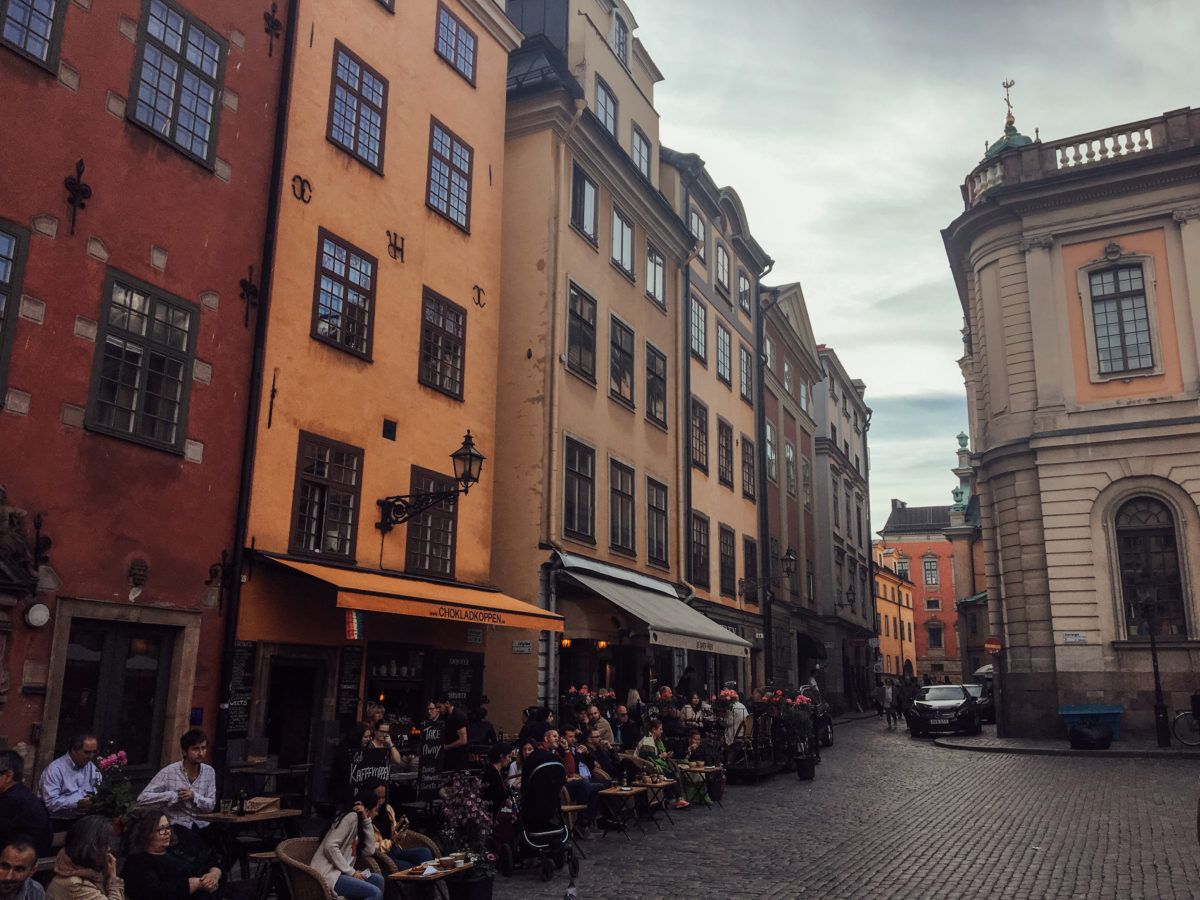
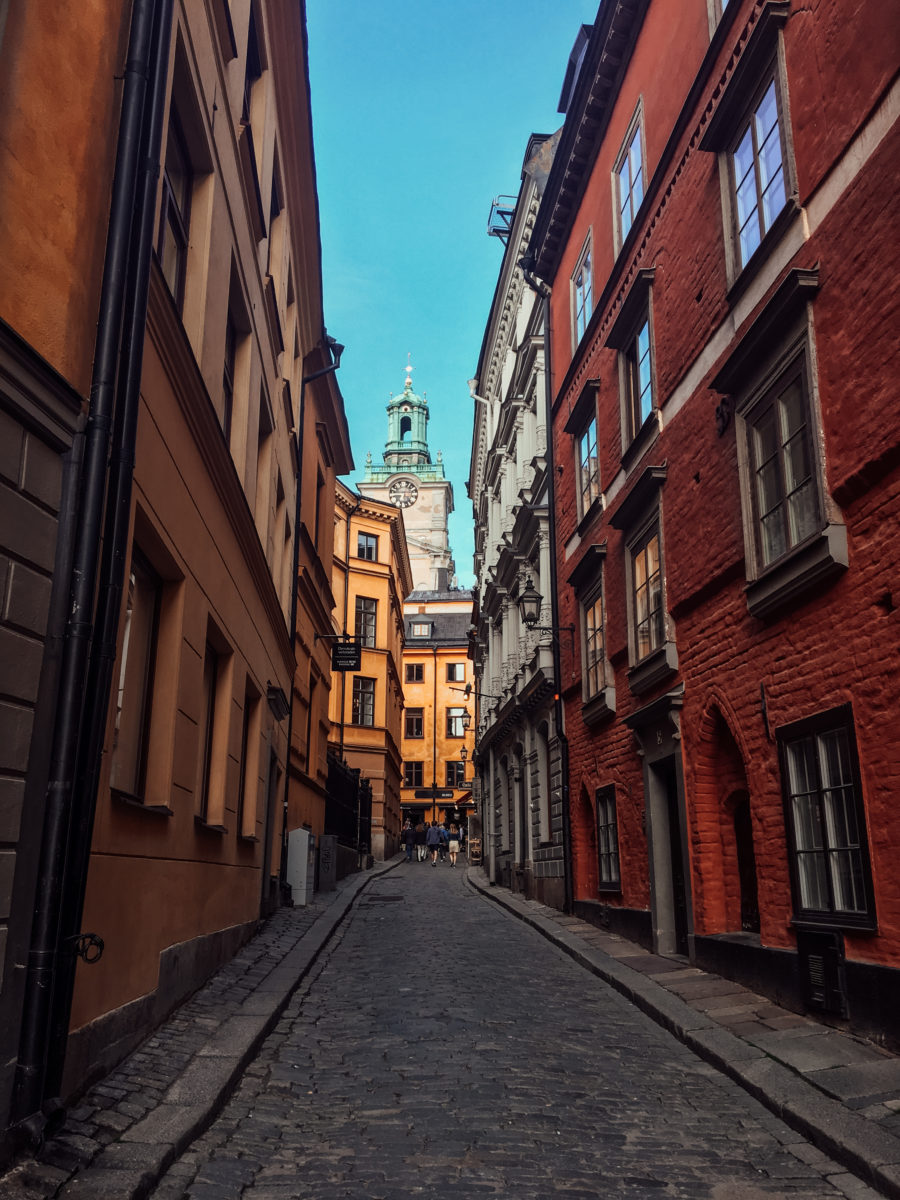

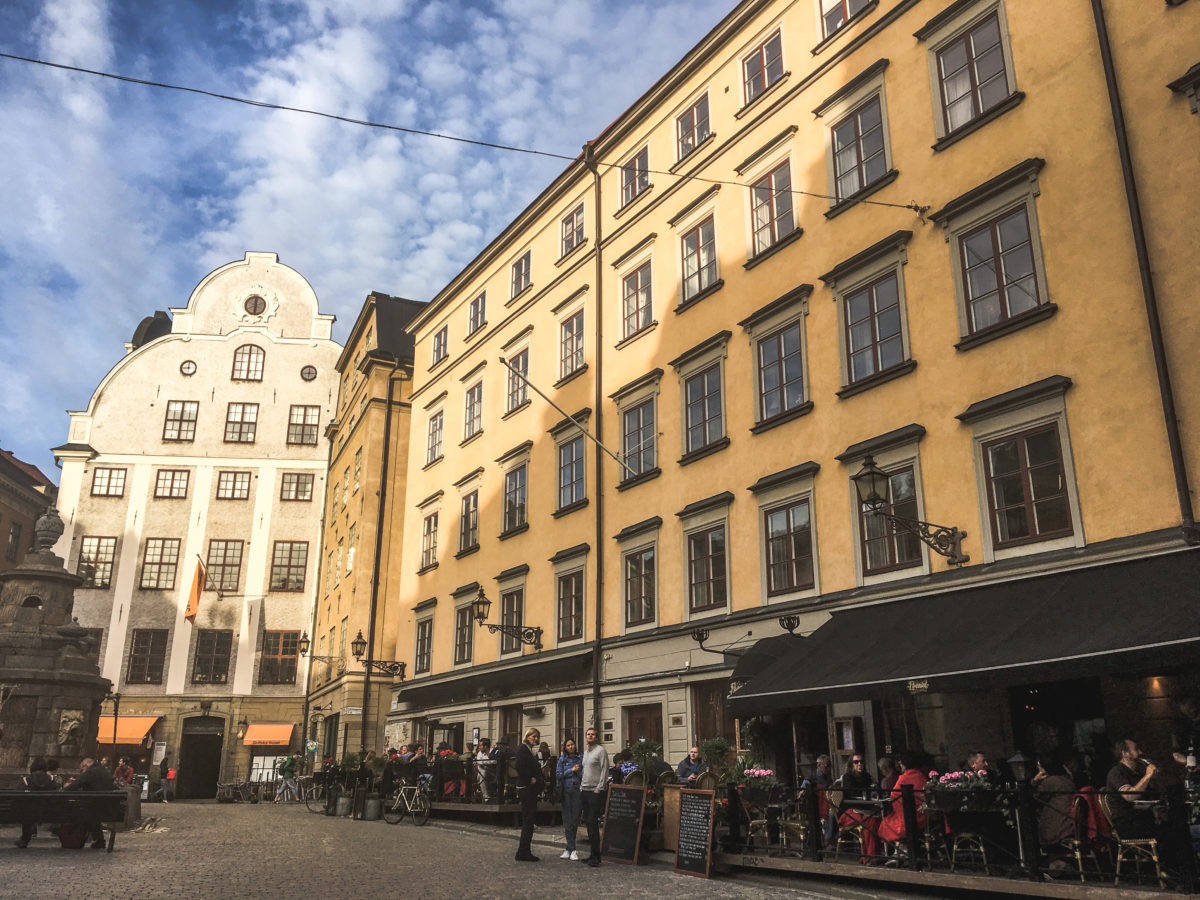
Interlaced with small medieval-looking cobbled streets, buildings in pastel and ochre tones and more commercial streets, Gamla Stan’s highlight is the Stortorget, whose architecture could not envy that of Northern Germany. It’s a good place to take a little fika break (a sort of Swedish coffee break accompanied by appetizing local pastries such as Kanelbullr, a cinnamon roll – a treat!). Depending on the time of day, a stop at the Pharmarium is a must, where the choice of the cocktail will determine the choice of food. This amazing bar is inspired by the first Swedish pharmacy which opened in 1575.
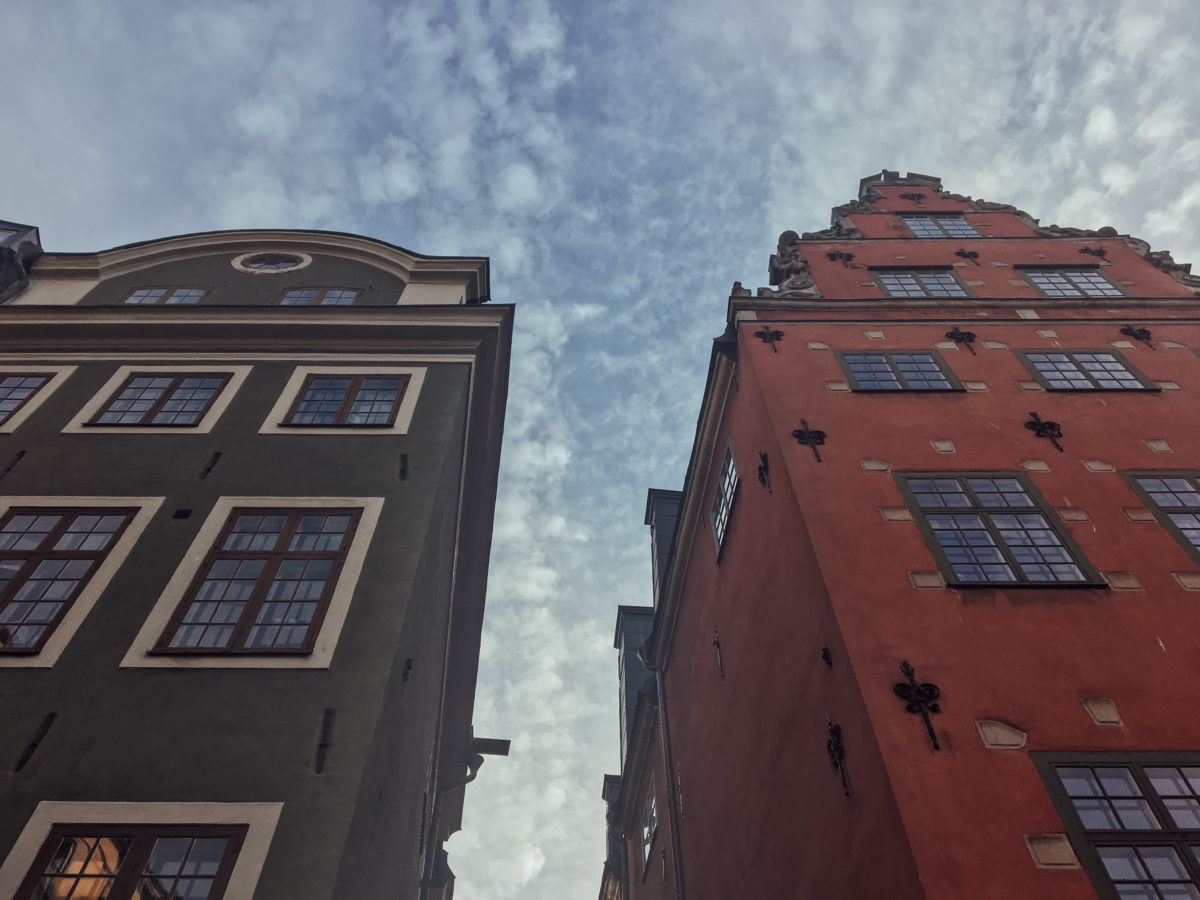


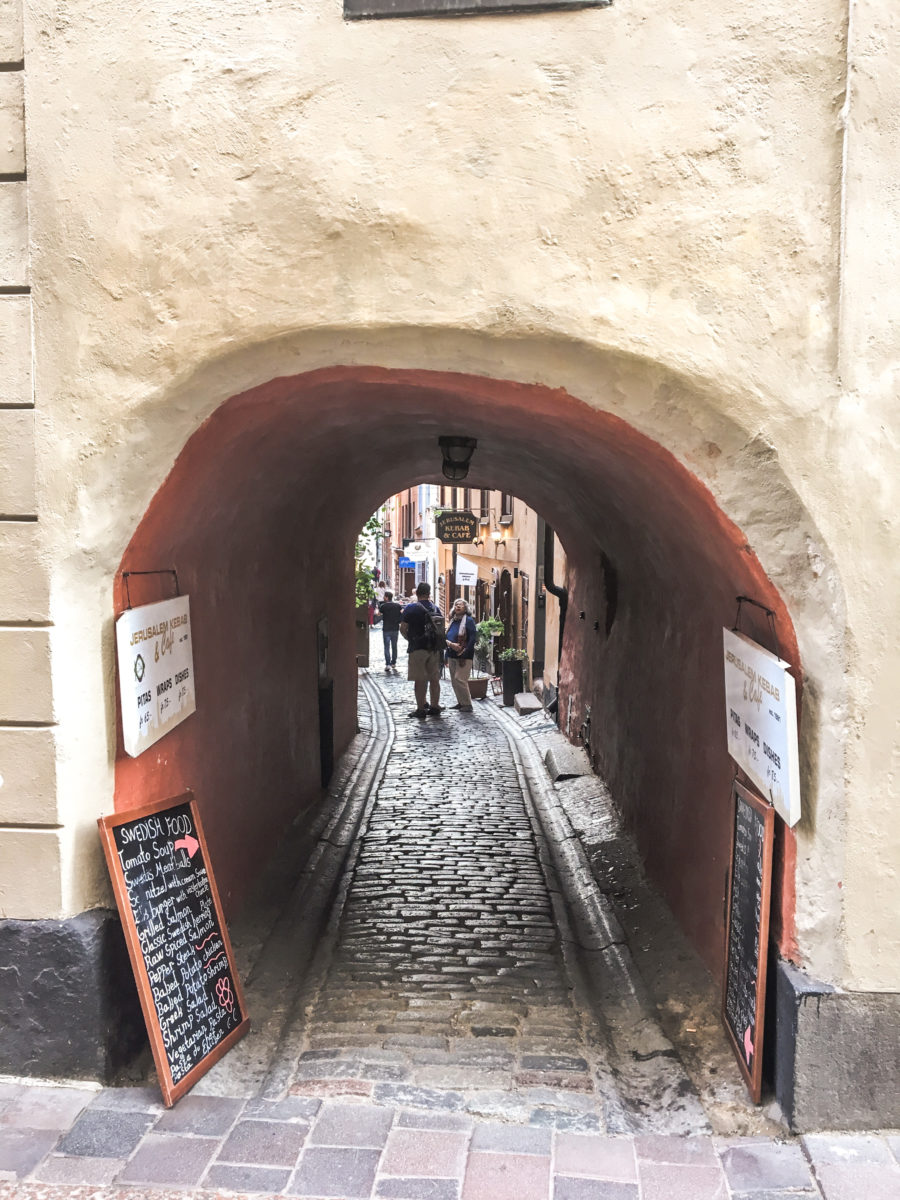
If you arrive from the city centre, you will come directly to the Royal Palace (Kungliga Slottet), the official residence of the monarchs of Sweden (the royal family has not lived here since 1982, preferring Drottningholm Palace). The building is not very attractive from the outside, but the interior is grandiose. Largely open to the public, the palace offers the opportunity to learn about Swedish culture and art through various exhibitions and collections in its 609 rooms! Unfortunately, we did not have time to visit it during this trip.
An attraction that has become very popular is the changing of the guard, present since 1523, every day at 12.15 and 1.15 pm on Sundays between June and August (also the rest of the year but at different times) which lasts about 40 minutes; don’t miss also the Royal Chapel (Storkyrkan), a famous rococo style church.

Afterwards, you can take a leisurely stroll through the old town, wandering through small cobbled streets with timeless charm and stopping off at tourist shops or local shops with more cachet. It is a place that I like very much, every corner is full of charm and allows a good exploration while getting lost in less animated passages.
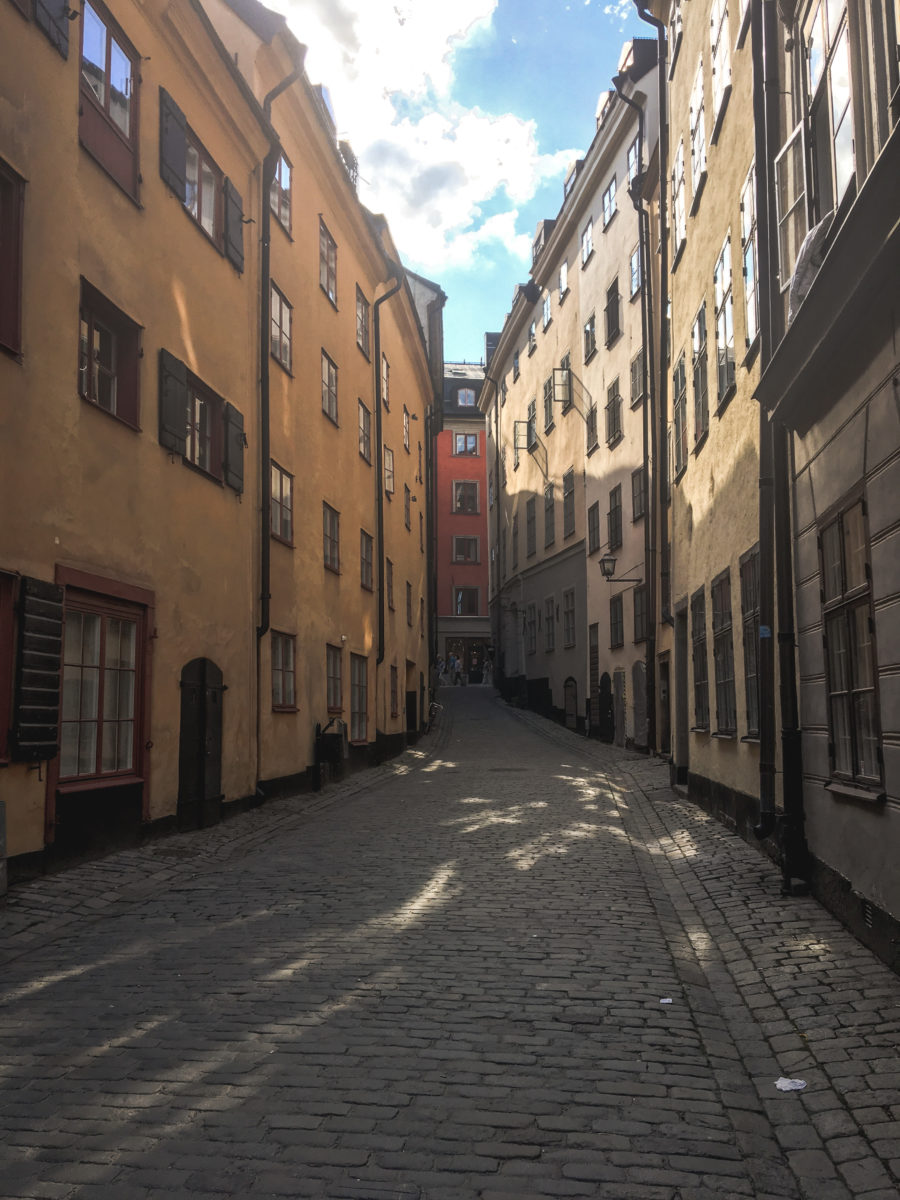


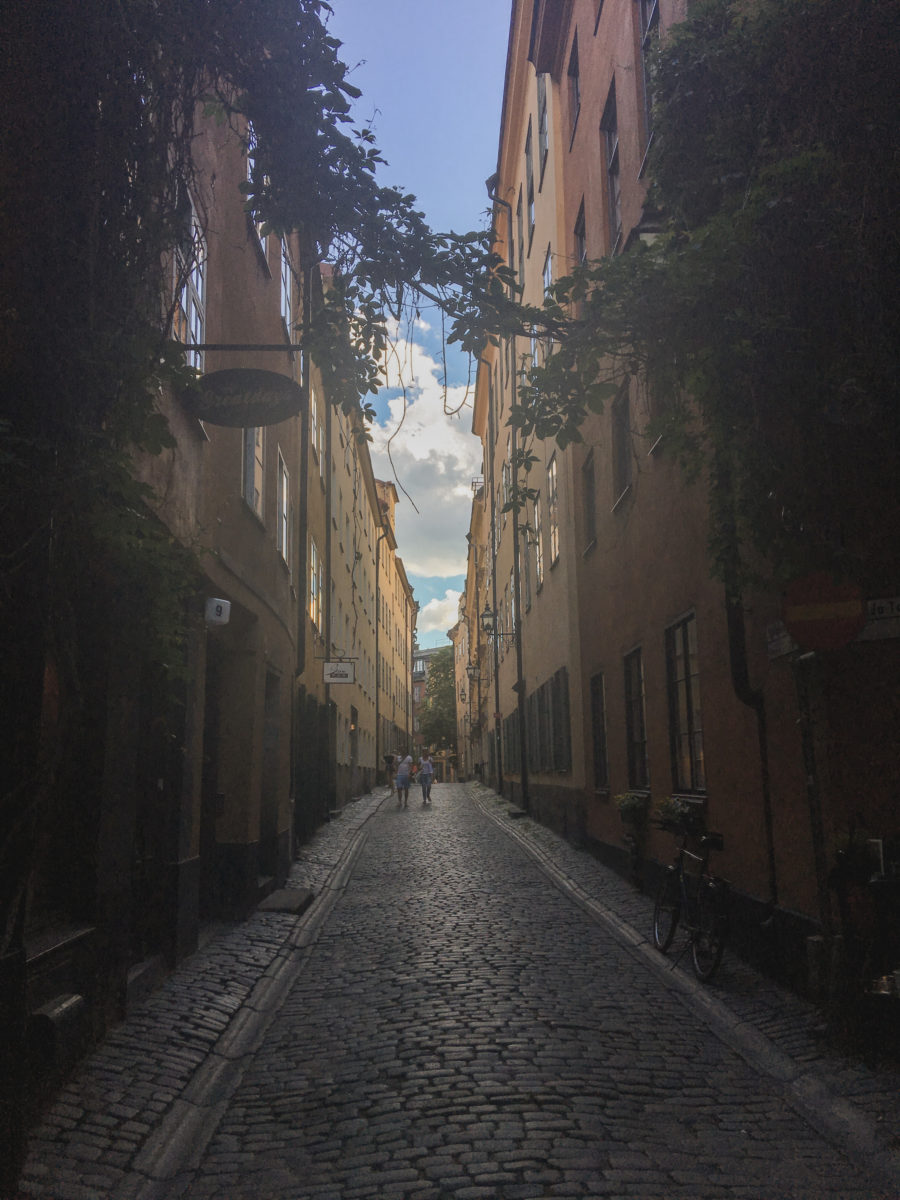
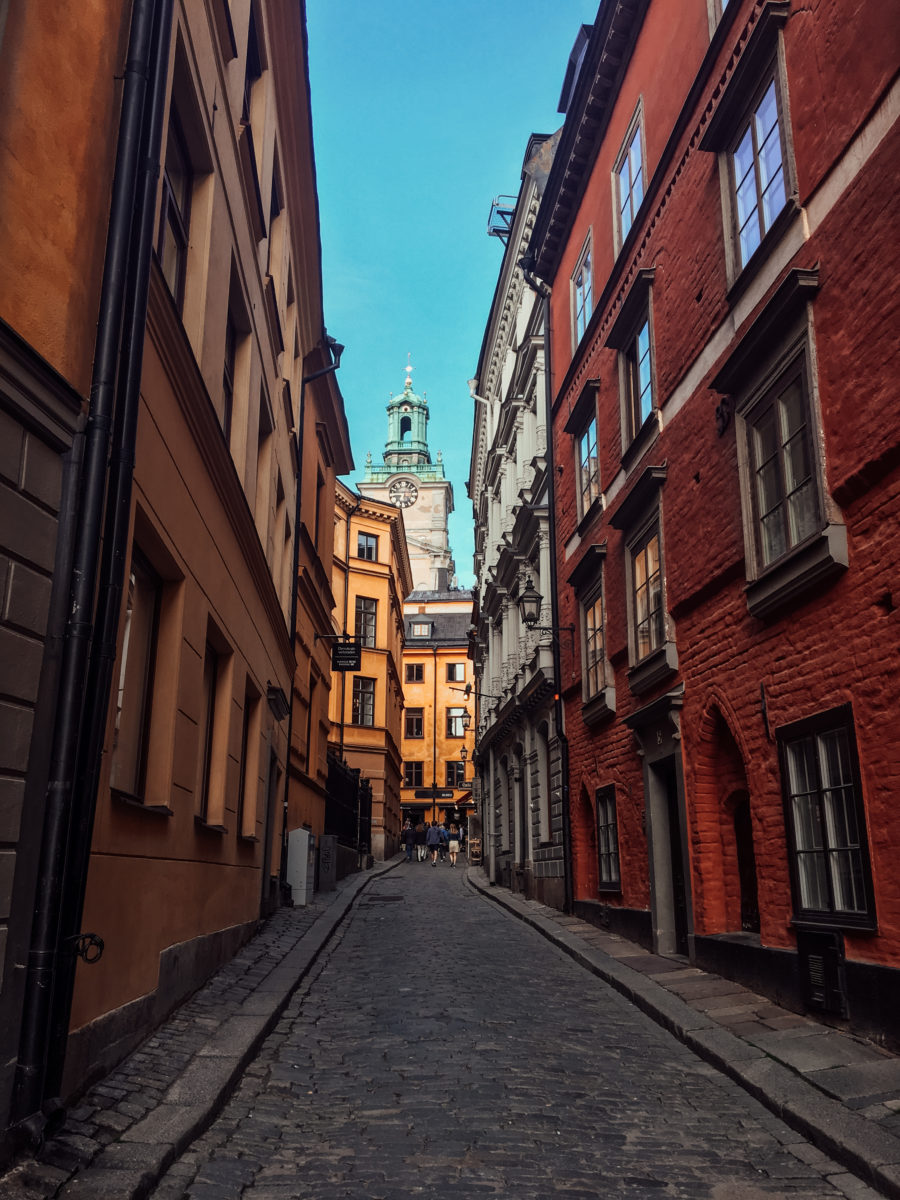
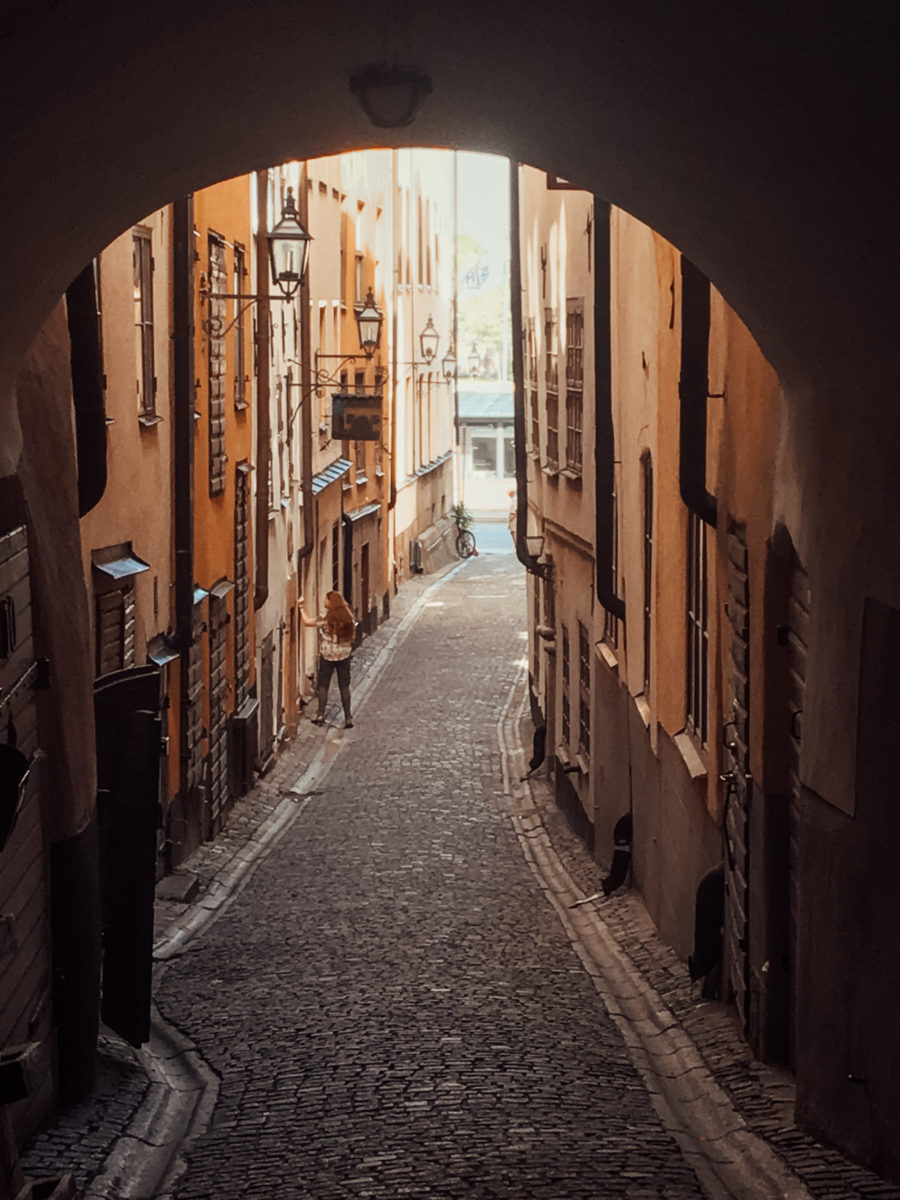
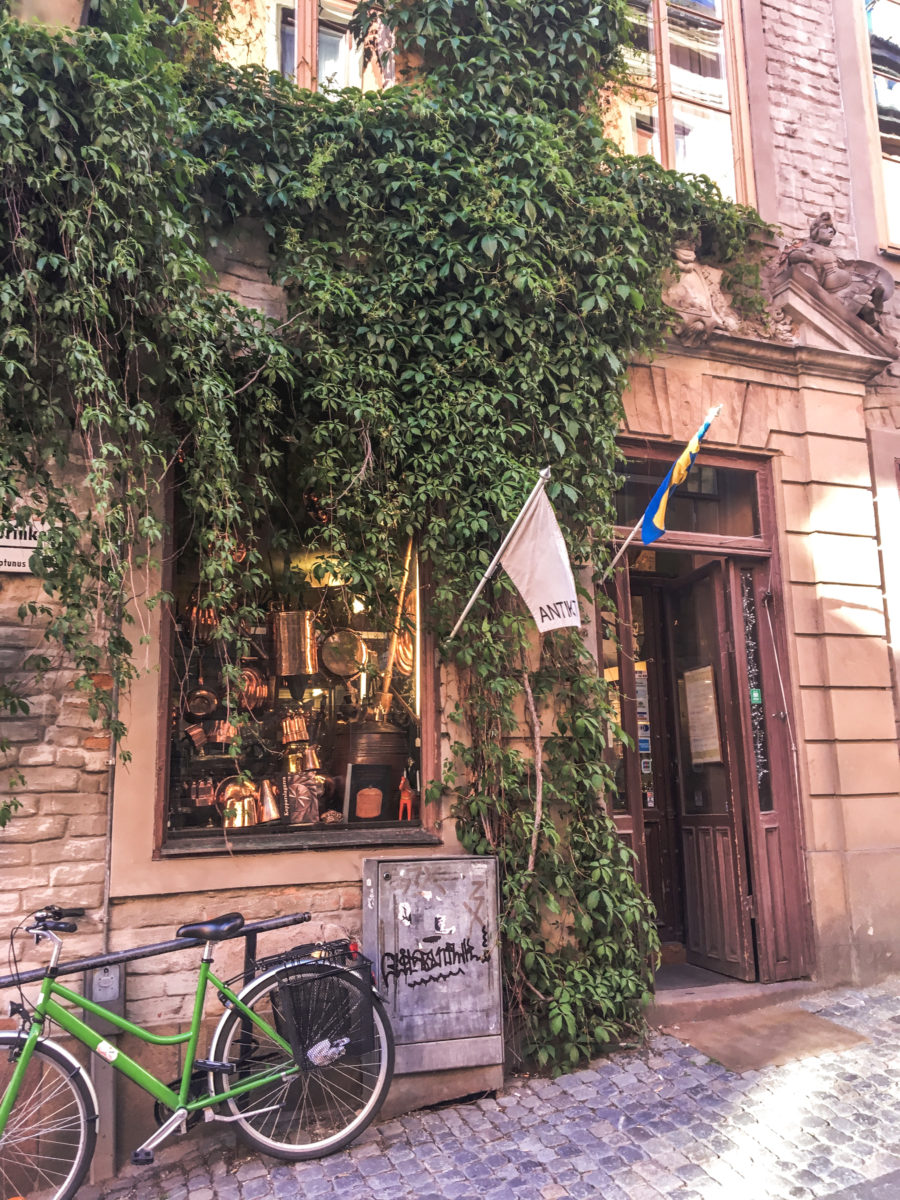

While walking around, we came across the small triangular square called Brända Tomten. A few benches under a beautiful chestnut tree and ivy hanging from the surrounding facades make this place a relaxed and charming place. During the summer, storytellers gather around the tree to tell their stories to passers-by and locals. This promises an intimate and unique experience.




If you wander around Gamla Stan, you may also come across Stockholm’s narrowest alley called Mårten Trotzigs Gränd. Imagine that the width of its 36 steps narrows down to just 90 centimetres!
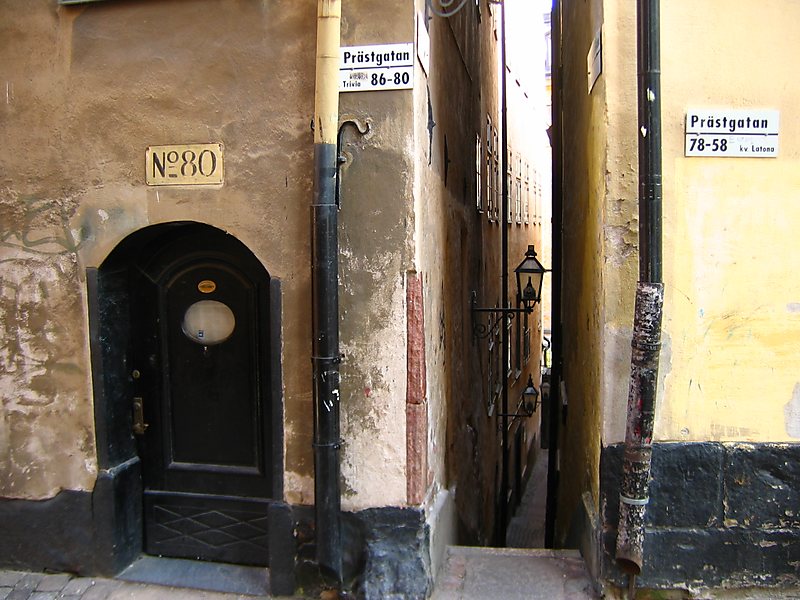
This district still offers some great opportunities for visits, with the Post Office Museum, the Middle Ages Museum and the Nobel Museum in particular. Located in the former Stock Exchange, on the Grand-Place, it was inaugurated for the centenary of the creation of the Nobel Prizes in 2001.
In addition, on Riddarholmen, the “Islet of the Knights”, which is connected by a bridge to the heart of Gamla Stan, we find the famous Riddarholmskyrkan (Riddarholmskyrkan Church), where the former kings of the kingdom are buried. You have to venture there before 5 p.m. to be able to enter. Indeed, we arrived a few minutes before closing time and it was no longer possible to visit it. Less touristy than the Royal Palace, it is nevertheless eye-catching and intriguing.
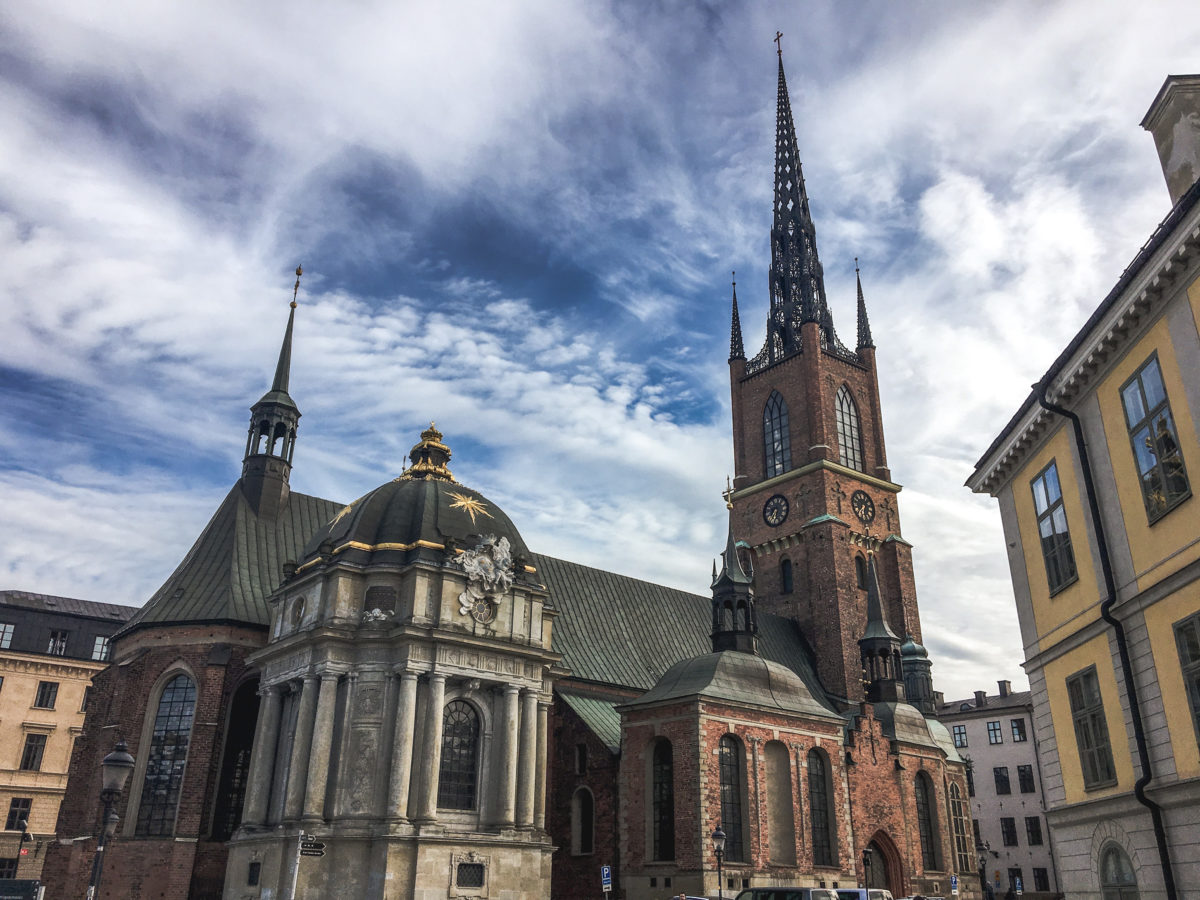
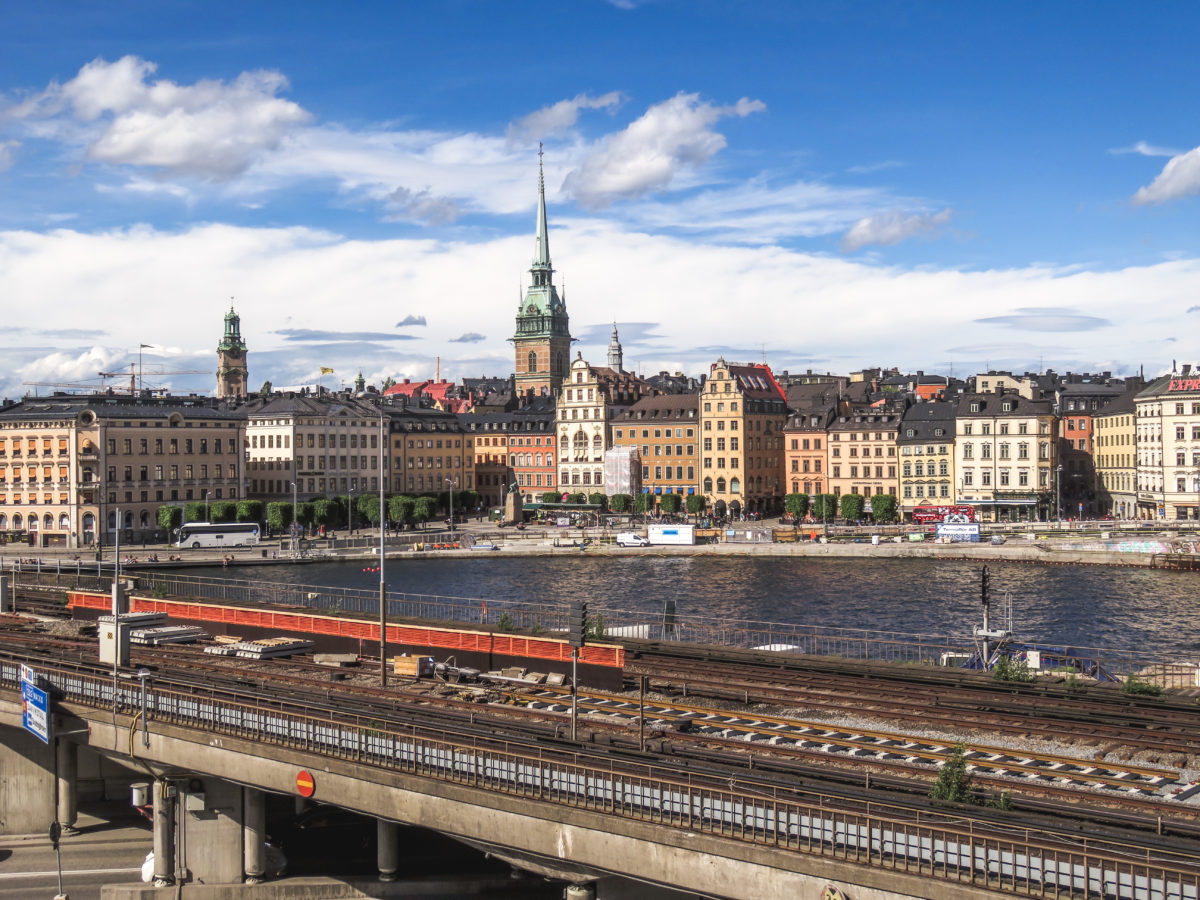
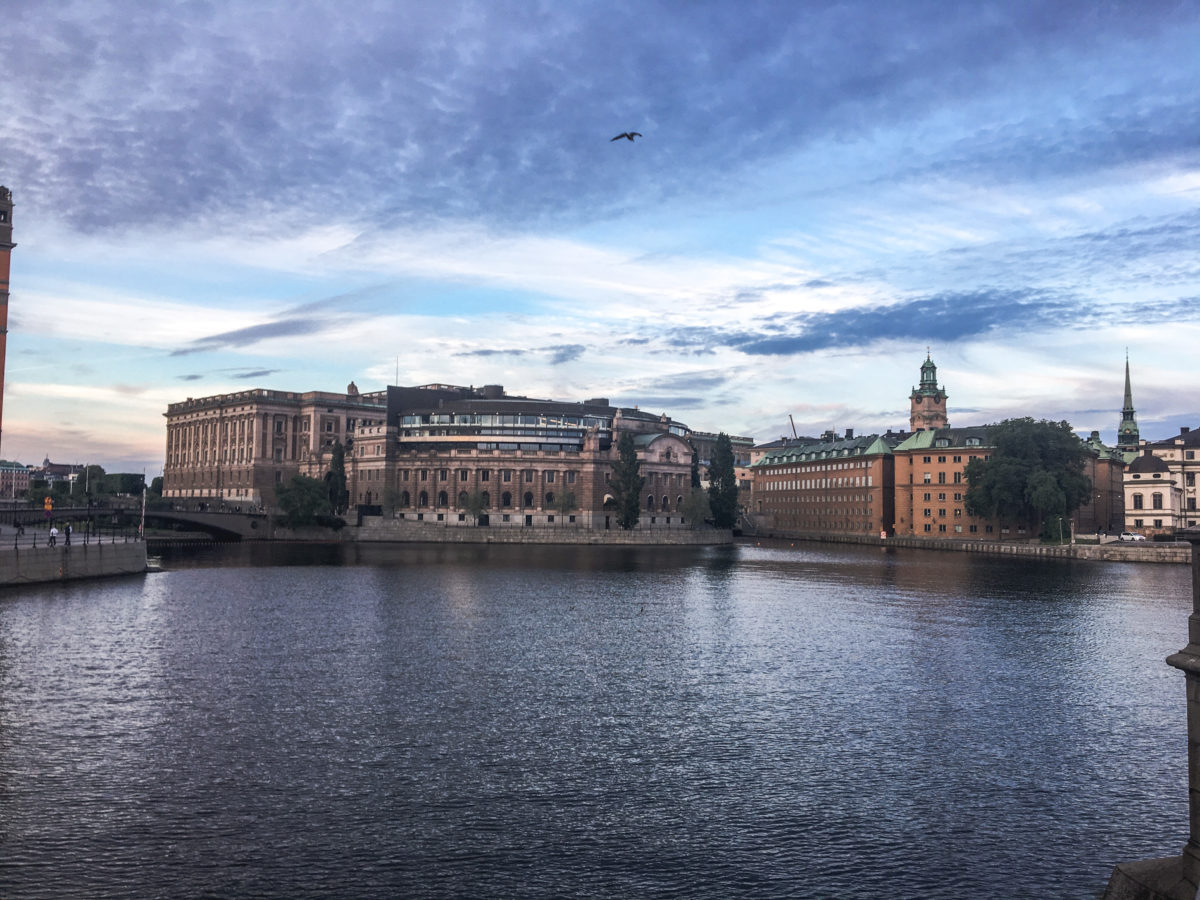
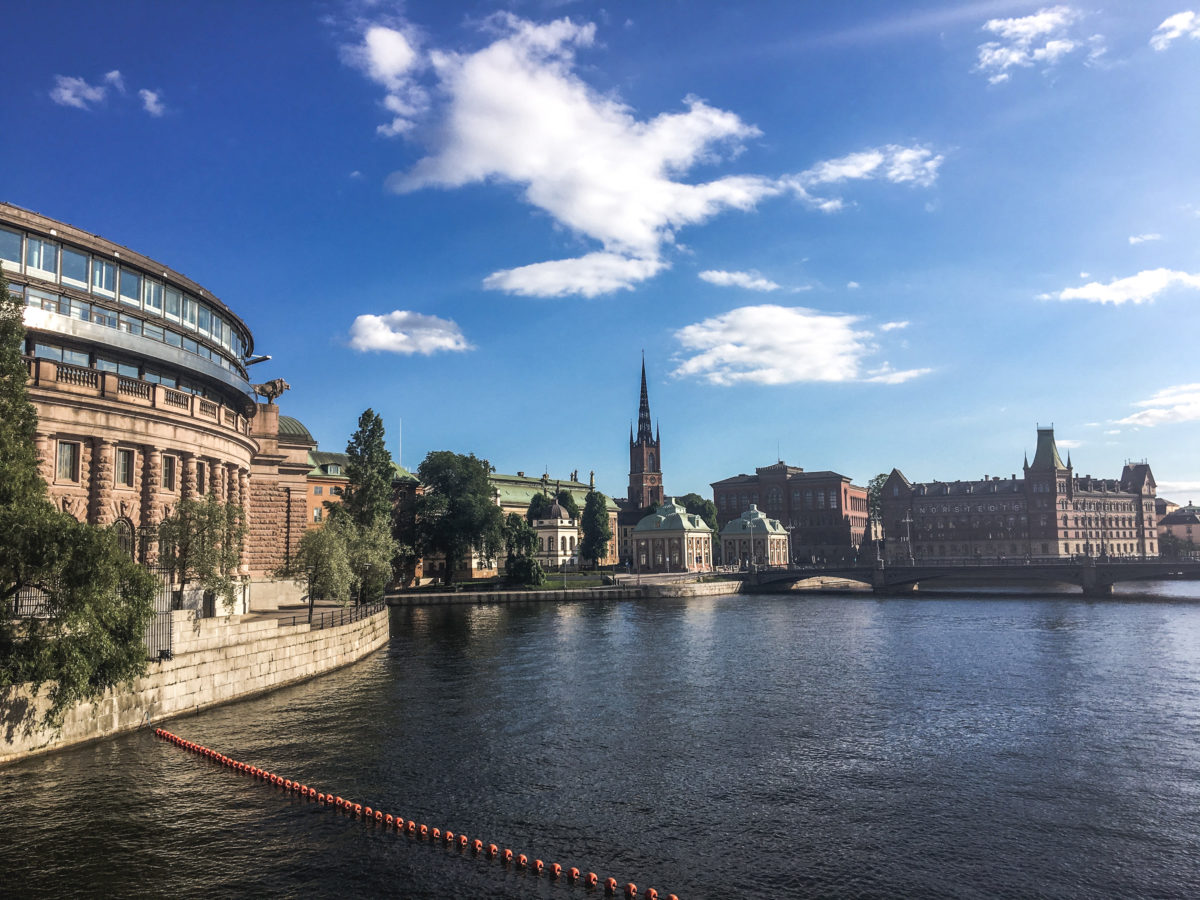


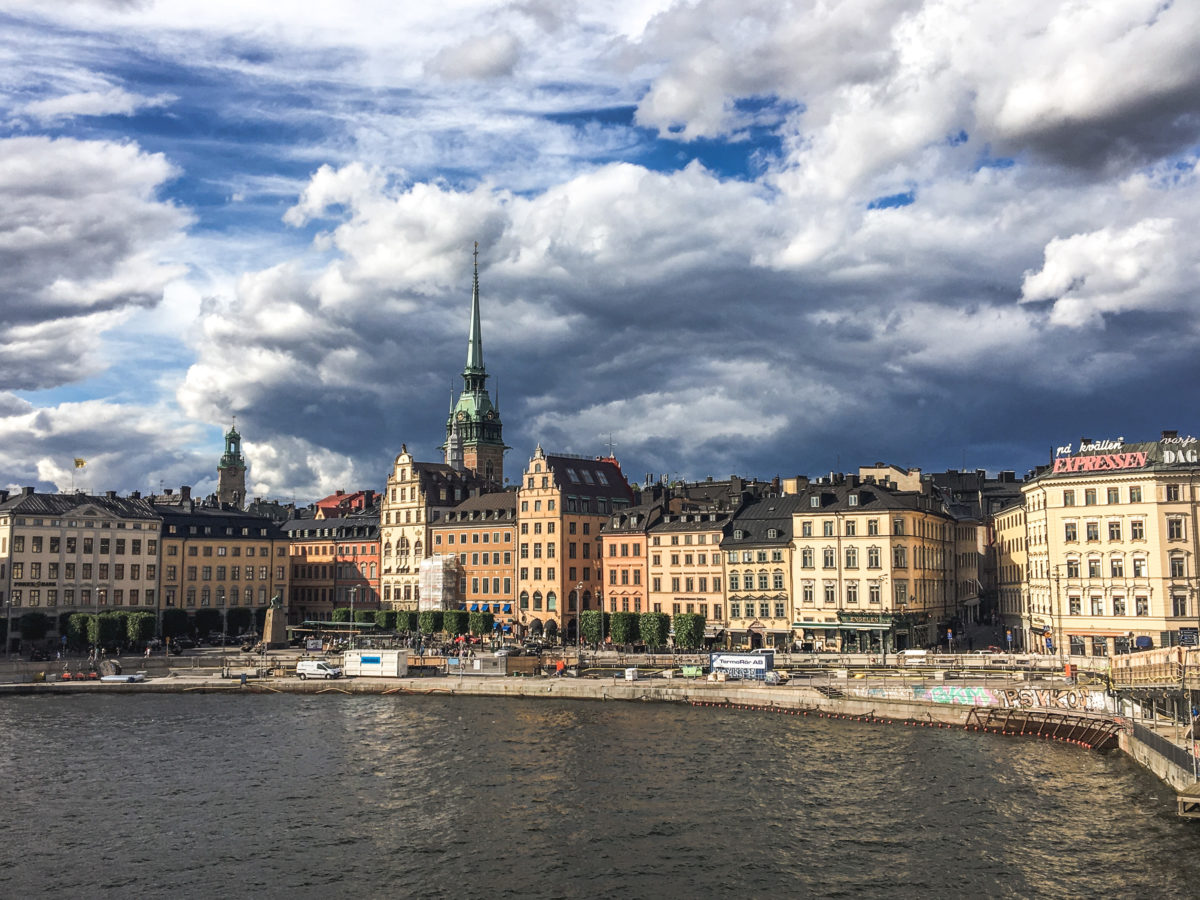

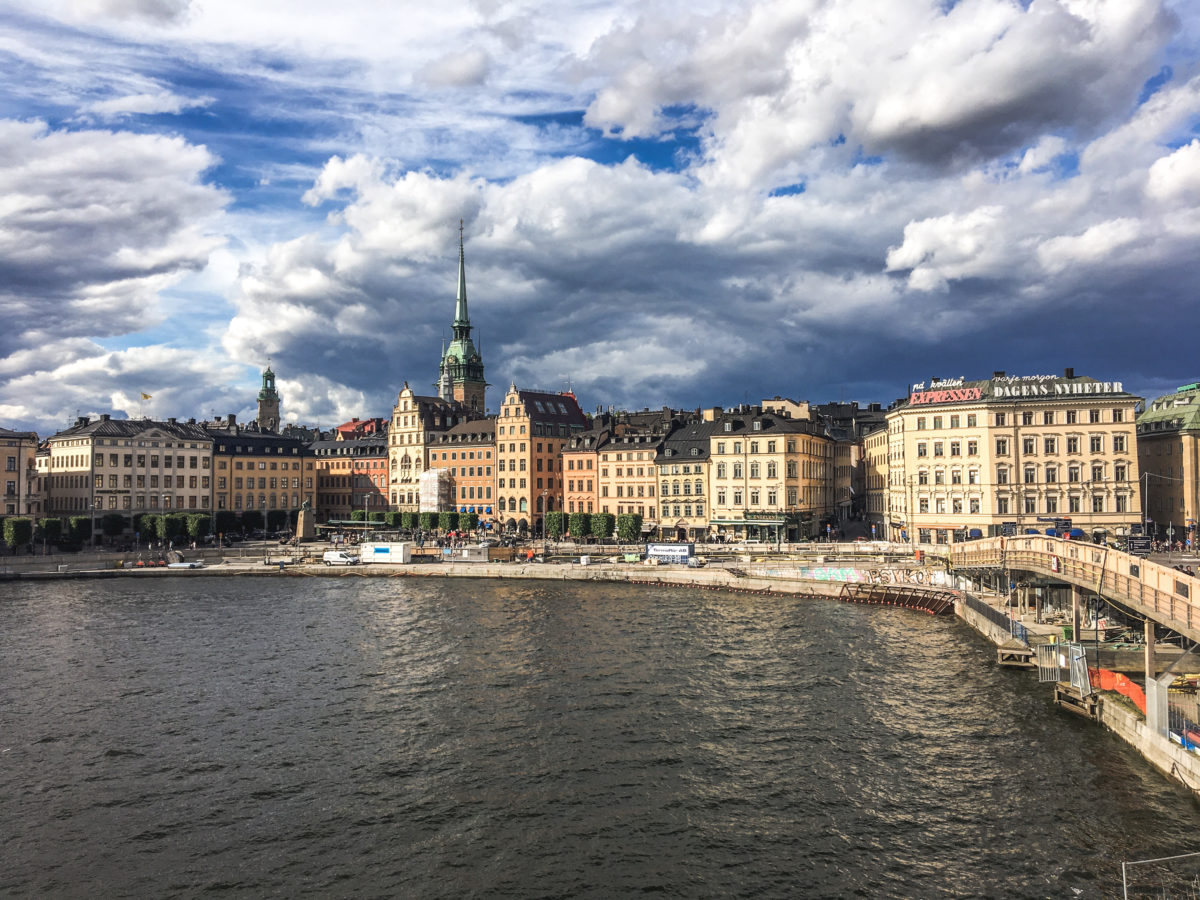
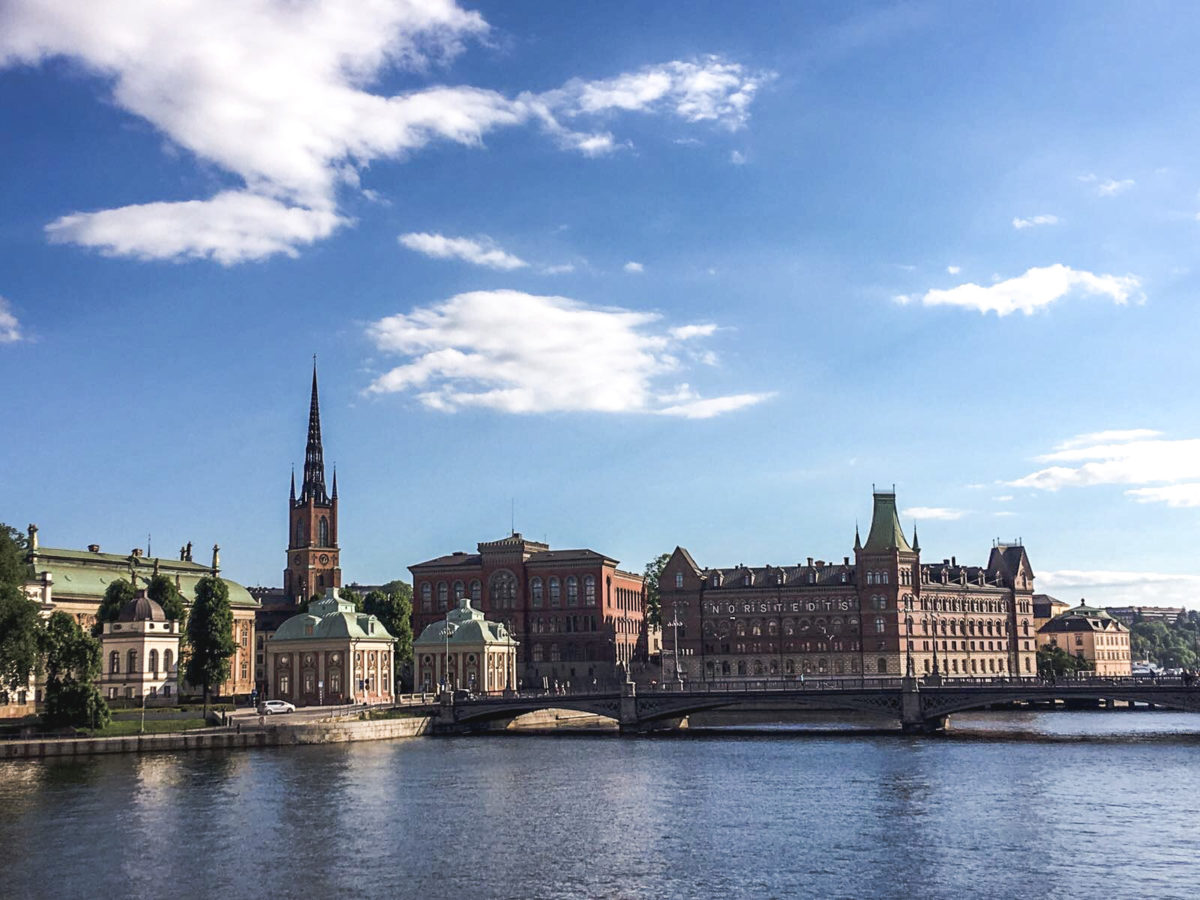
ALFRED NOBEL

Born in Stockholm in 1833, he grew up in the Swedish culture and tradition although he lived in Russia. He soon became enthusiastic about inventions. As a chemist, a manufacturer (there were several hundred Nobel factories working all over the world) and arms manufacturer, he invented (although this was an unintentional discovery) the dynamic in 1867. He died at the end of the 19th century without leaving an heir. Following his last wishes, he bequeathed his fortune to men committed to noble interests and “having brought the greatest benefit to humanity”, through their actions, discoveries, inventions or improvements in five areas of knowledge and culture: peace, medicine, chemistry, physics and literature. Thus, the Nobel Prize was born in 1901.
STADSHUSET: THE TOWN HALL![]()
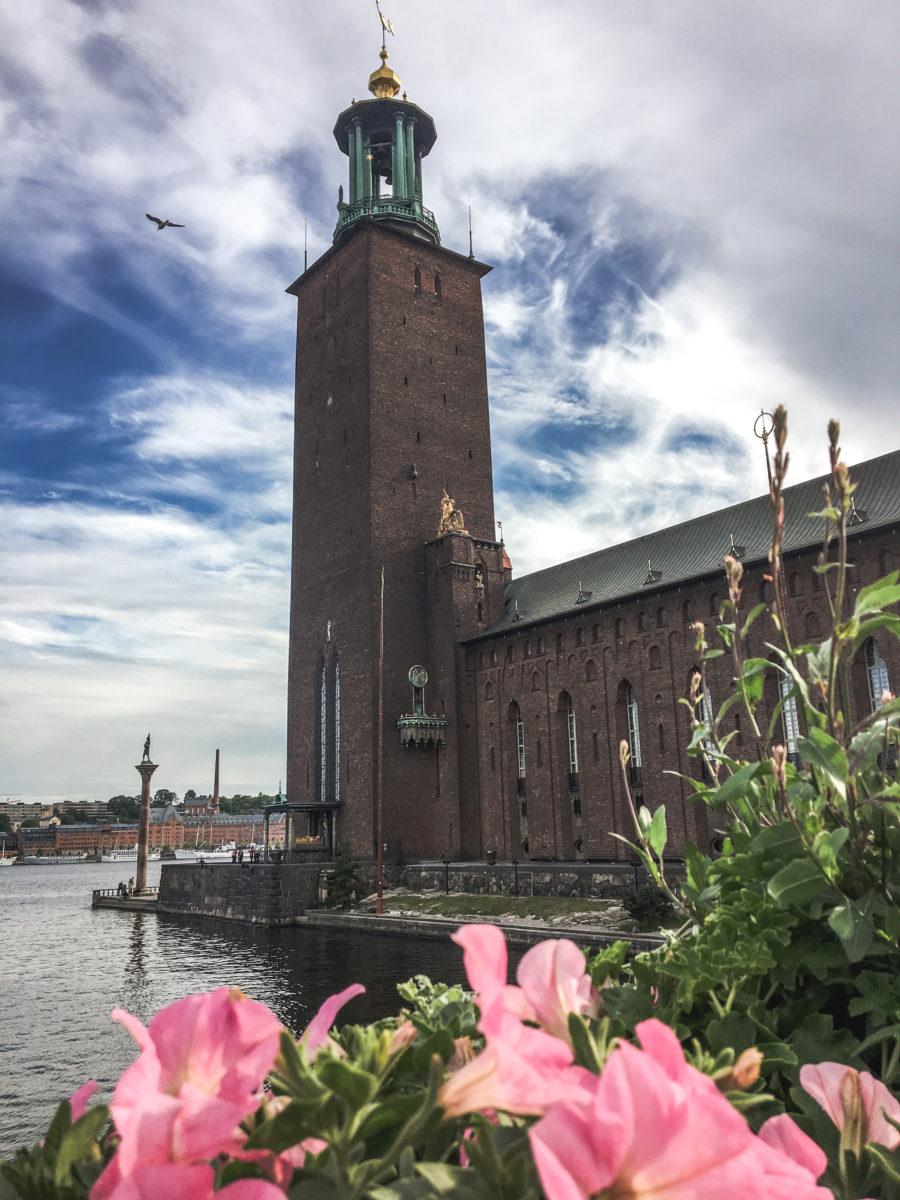
The symbol of Stockholm, the Town Hall, or Stadshuset in Swedish, dominates the entrance to the capital and is well worth a visit. However, don’t do as we do…
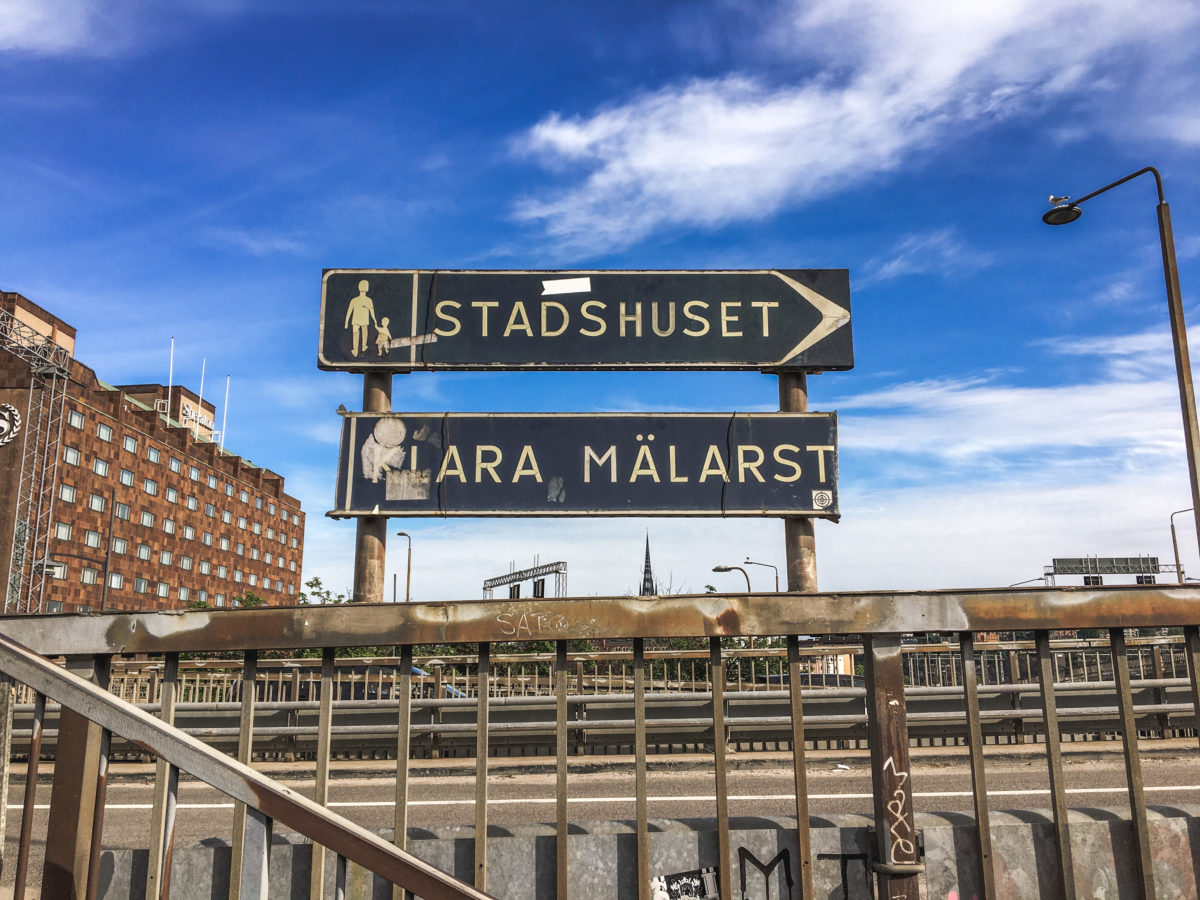
We had planned to visit it on a Sunday, the last day we were there, thinking that often, apart from our home in Switzerland, public buildings and monuments are open even on this bank day. As a result, it was impossible for us to discover the wonders of its interior or to climb up into its tower to admire the view. A small disappointment forgotten, we still ventured to explore its exteriors.
Designed by the Swedish architect Ragnar Östberg, a leading figure of the National Romantic Movement in Sweden, it was built between 1911 and 1923. The building is inspired by the Italian Venetian-style palaces with their arcades and “campanile”.
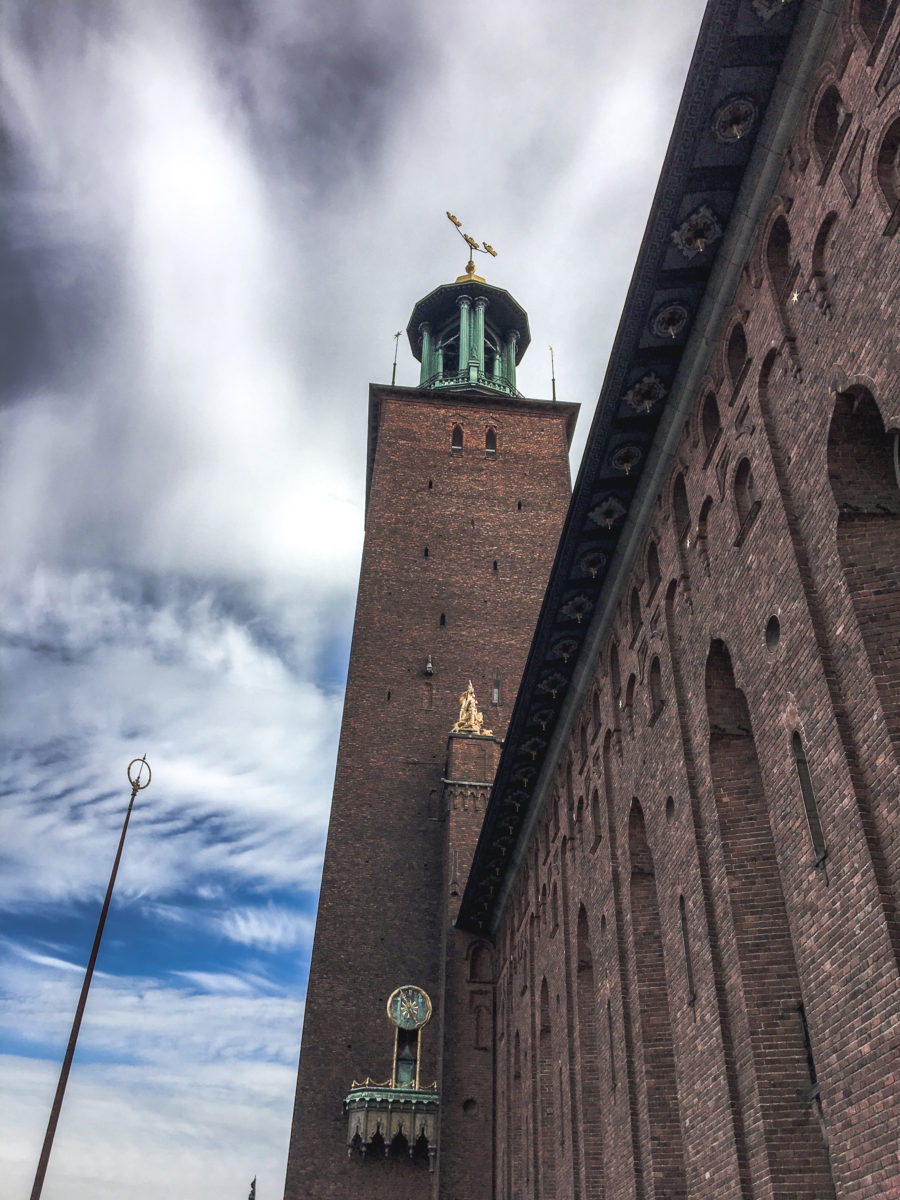
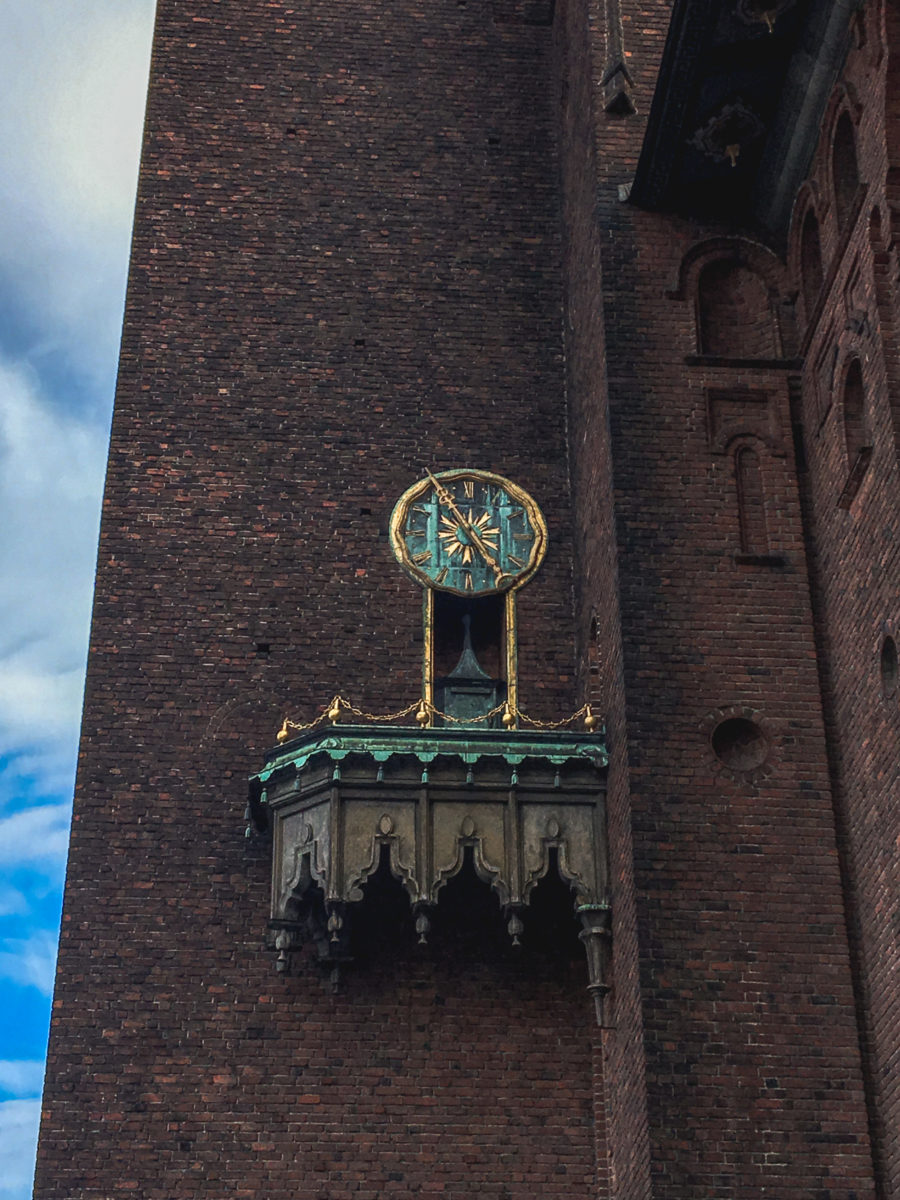
We enter the Borgargåden, the “City Court”, a beautiful brick and ivy-covered outer courtyard on one facade, giving charm and relaxation to the place. Then we continue under the arcades into a lovely garden on the edge of the Riddarfjärden lake bay. From here there is a wonderful view of the Riddarholmen islet and the Södermalm district.
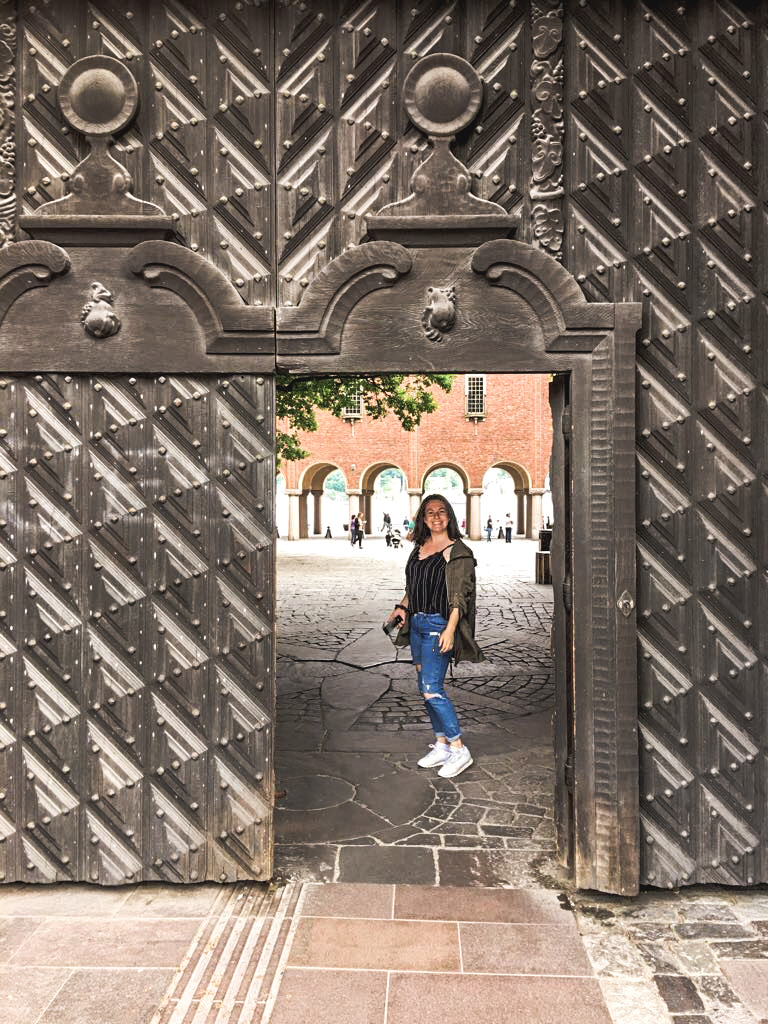

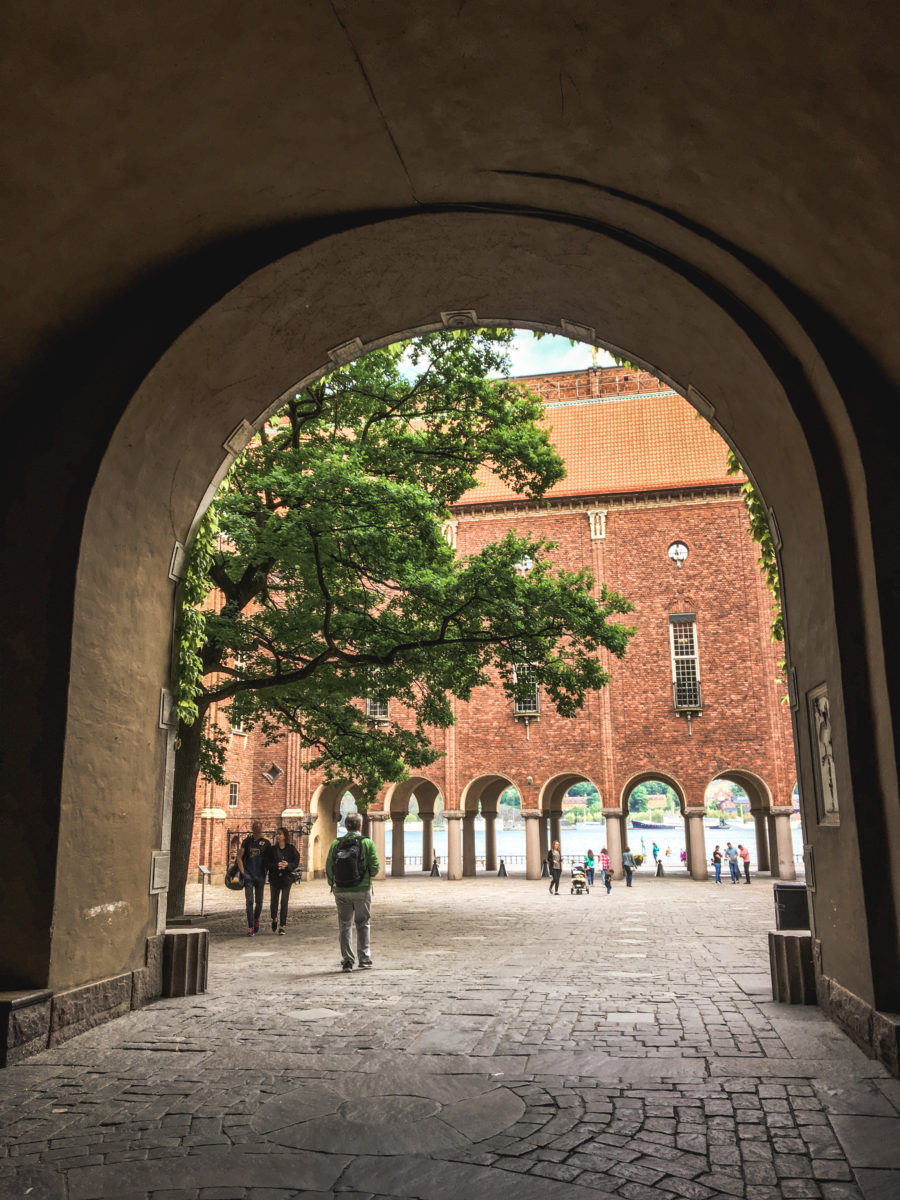
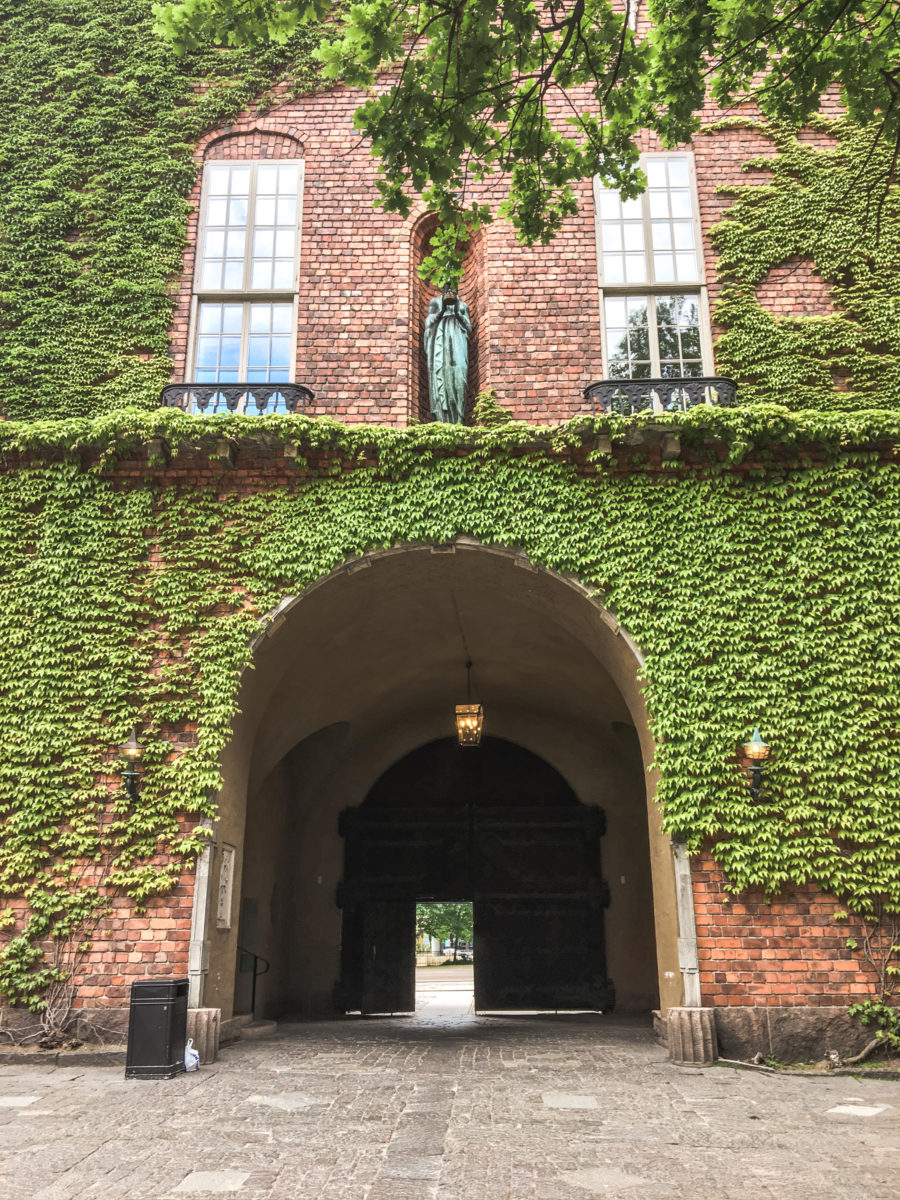

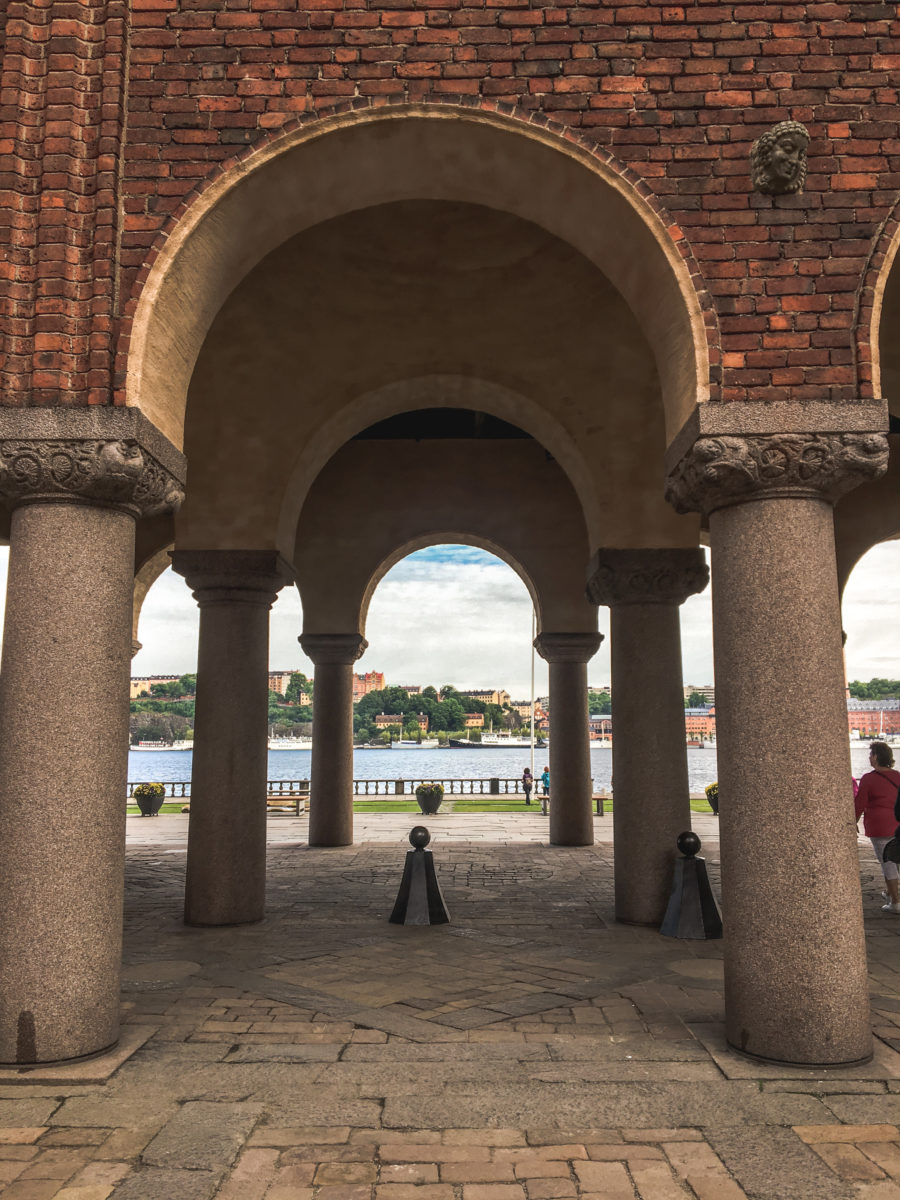

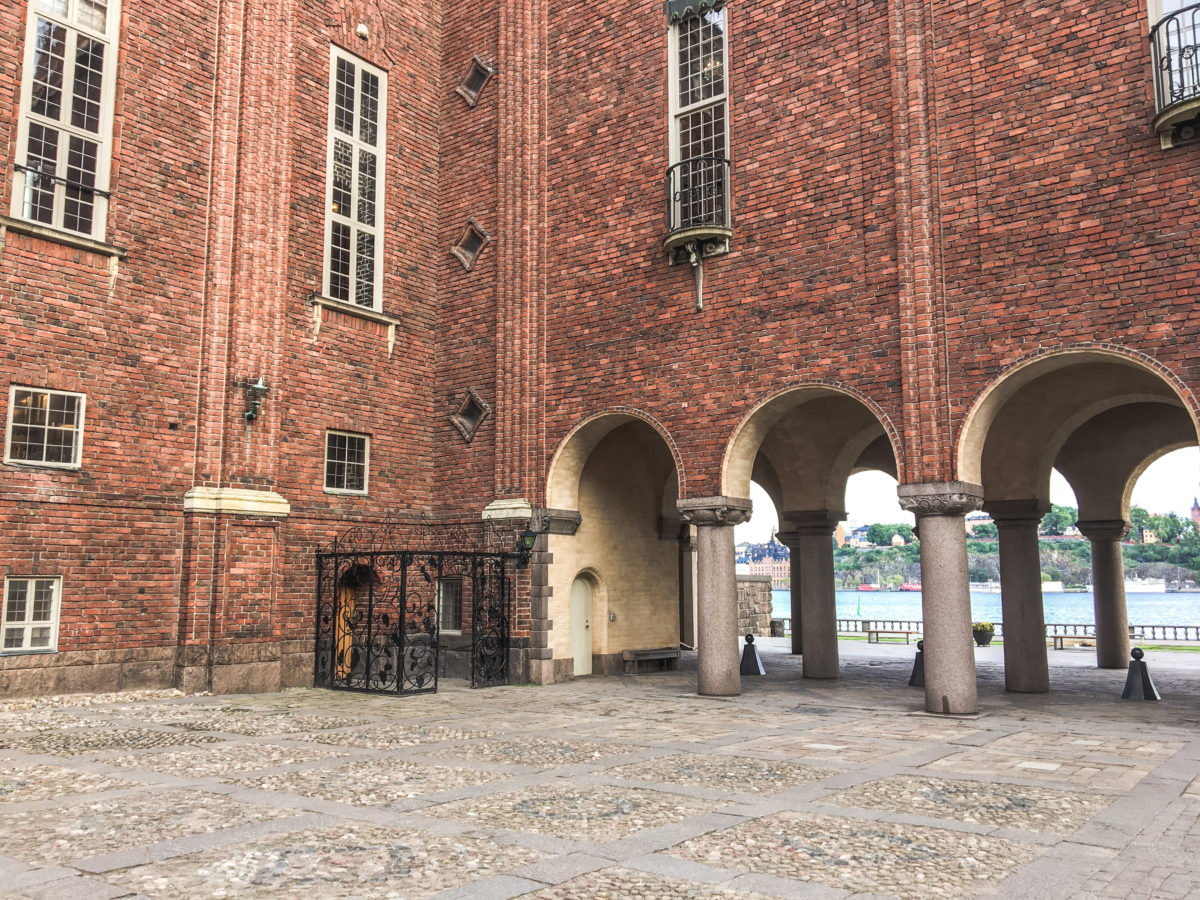
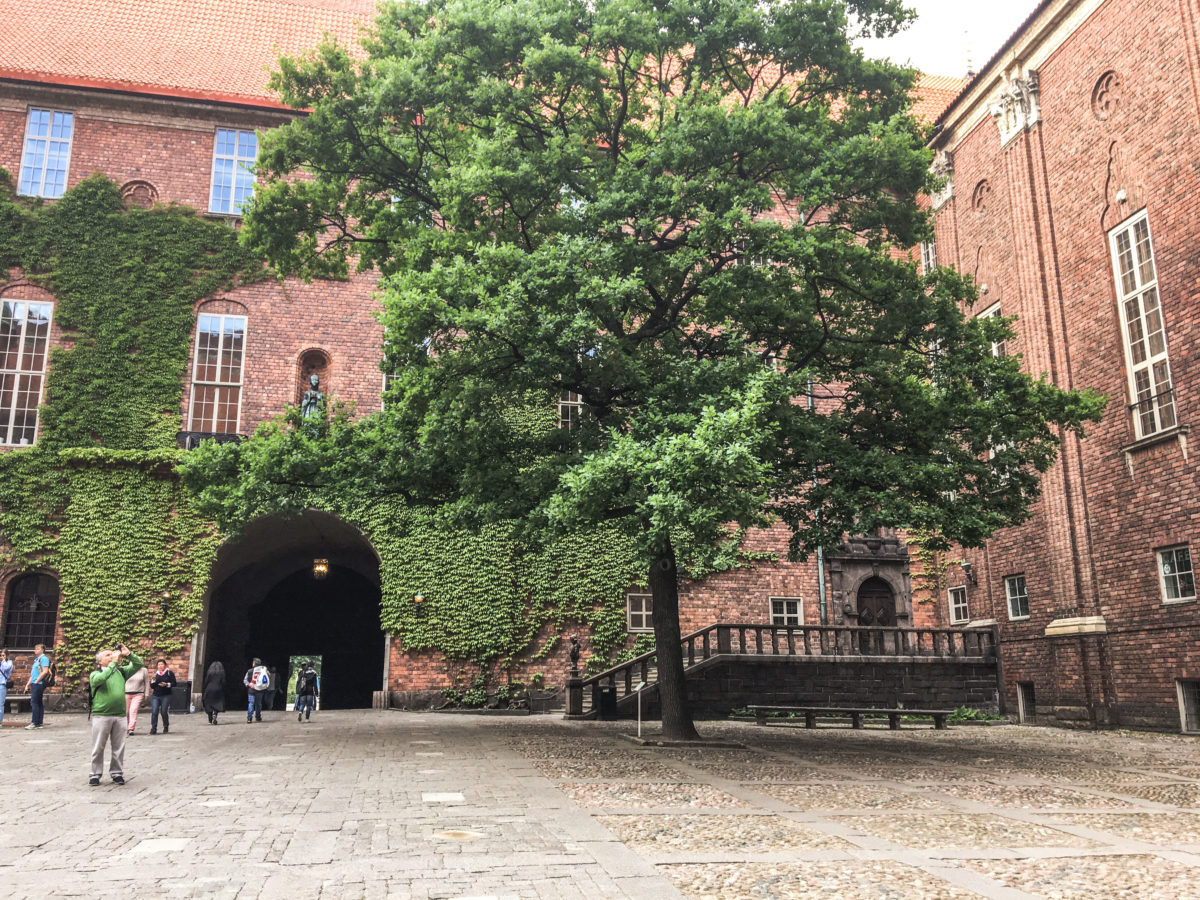

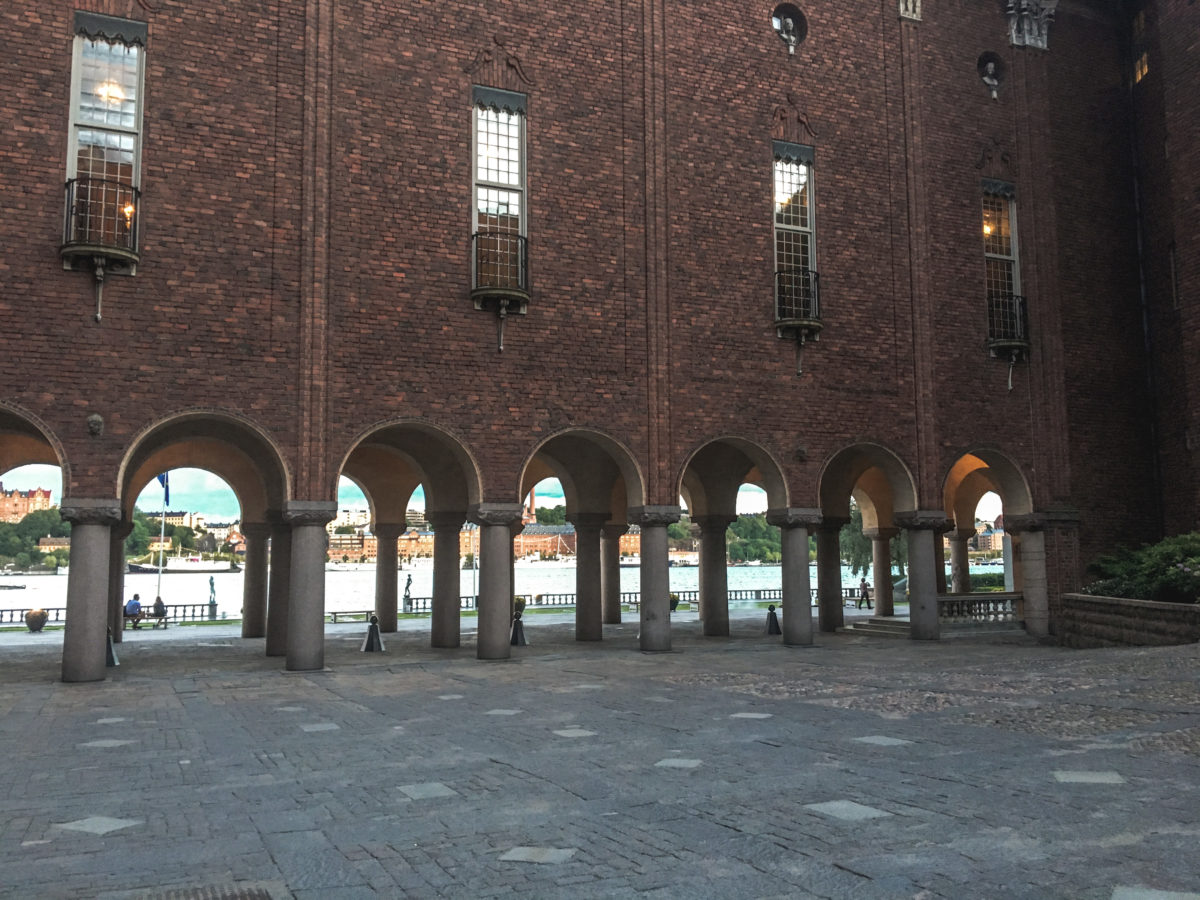

The banquet following the Nobel Prize award ceremony is held on 10 December each year in the beautiful Blue Hall (Blå hallen), which is by the way not blue at all, and is mainly home to the City Council. Overlooking this hall, the “Golden Hall”, Gyllene salen in Swedish, remains the most impressive as the history of the country is represented on several million tesserae covered in gold leaf.
Afterwards, why not stop at the Stadshuskällaren restaurant where the chef who prepares the Nobel banquet every year officiates. Located in Stadshuset’s vaulted cellar, we can taste every Nobel menu from 1901 to today (at least that’s what the website says). For example, Albert Einstein (1921, physics prize) started his meal with turbot supremes à la Walewska, Marie Curie (1903, physics prize, but also in 1911 chemistry prize) tasted as a main course brill fillets à l’amiralet accompanied by hot and cold gelinotte à la Lucullus, and Pablo Neruda (1971, literature prize) enjoyed a soufflé ice Grand-Marnier à la Solliden for dessert. Strange names for dishes, but surely delicious. However, in recent years, the restaurant’s menu has focused on Swedish and Scandinavian dishes.
Do not hesitate to visit the website of the Nobel Prize winner which lists all the menus and all the winners. You will discover interesting descriptions of these great men and women.
Surely, for my next trip to the Swedish capital, a more in-depth visit to the Stadshuset is a definite must. In the meantime, I will leave you to enjoy the view from this city hall.
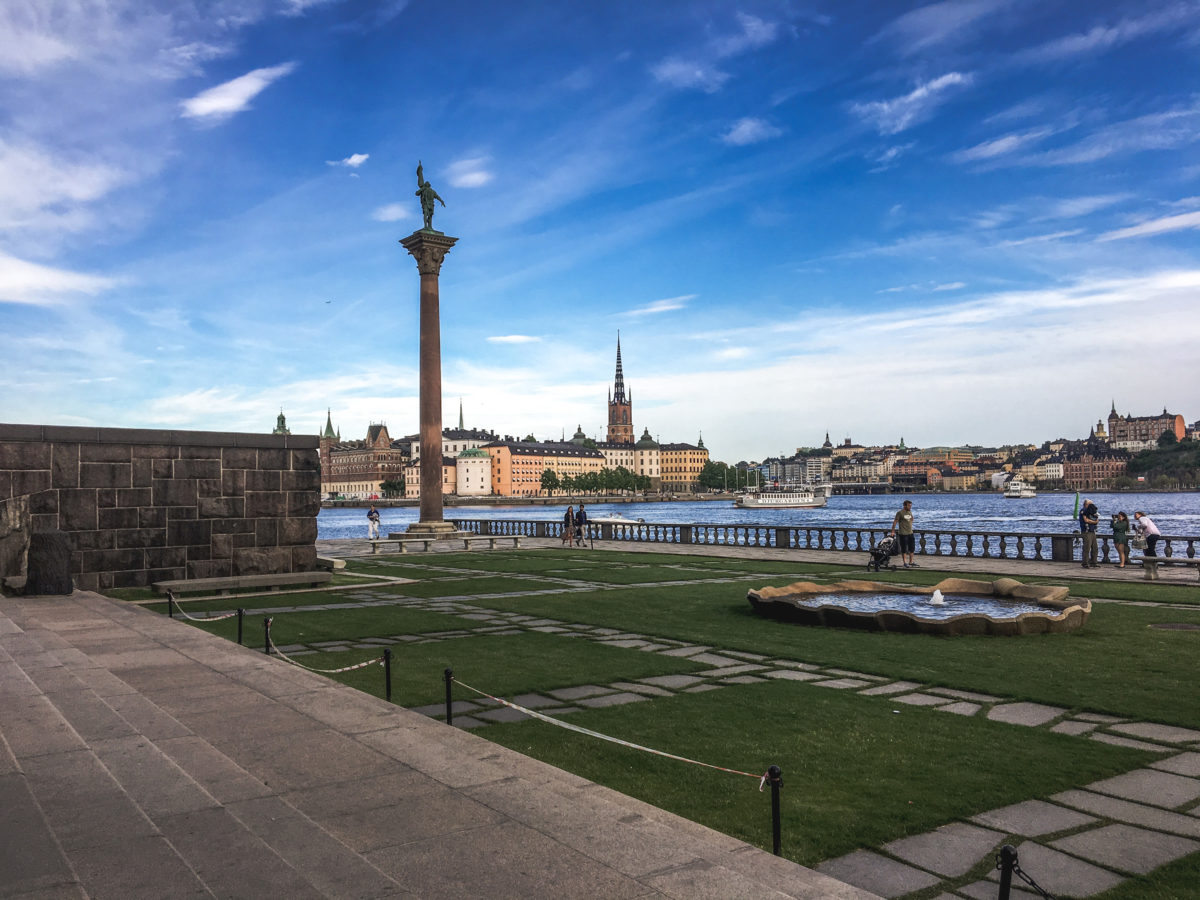

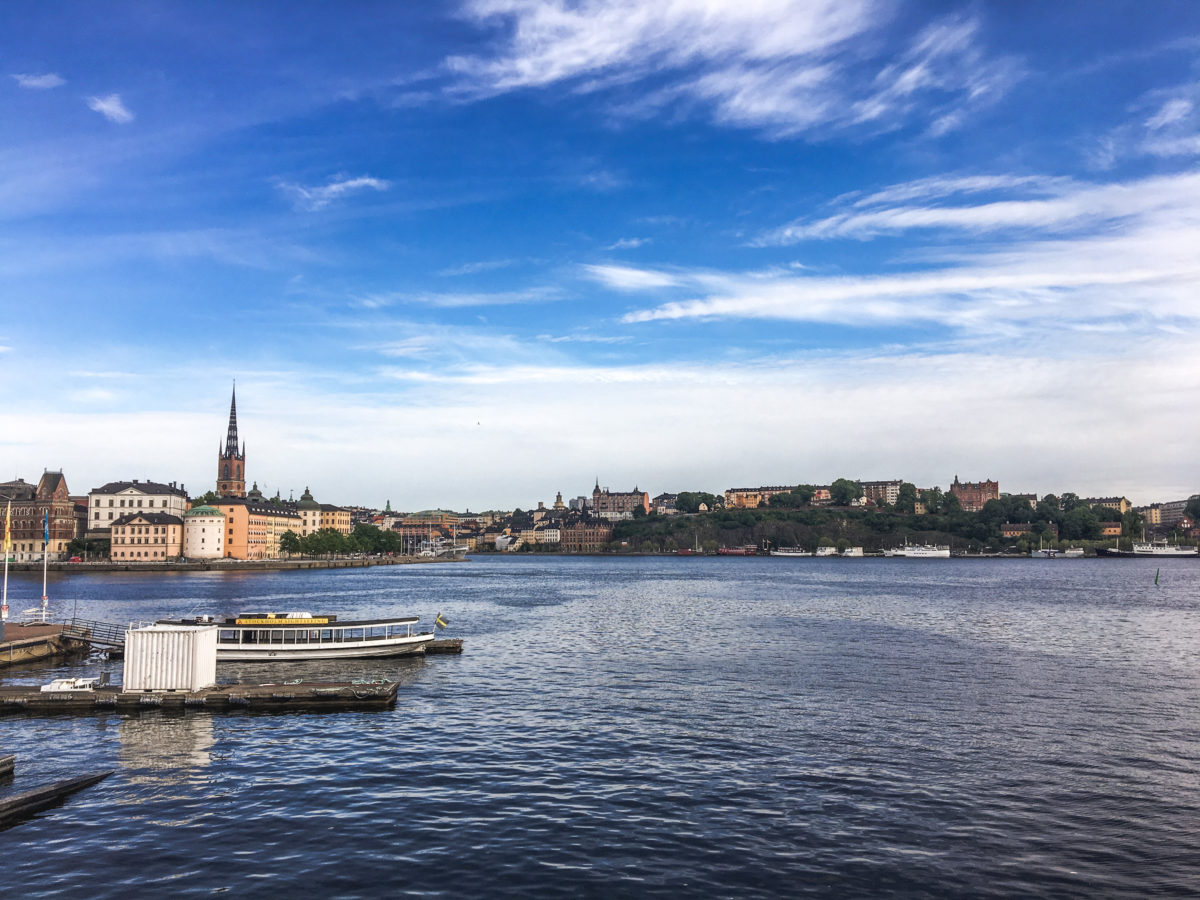
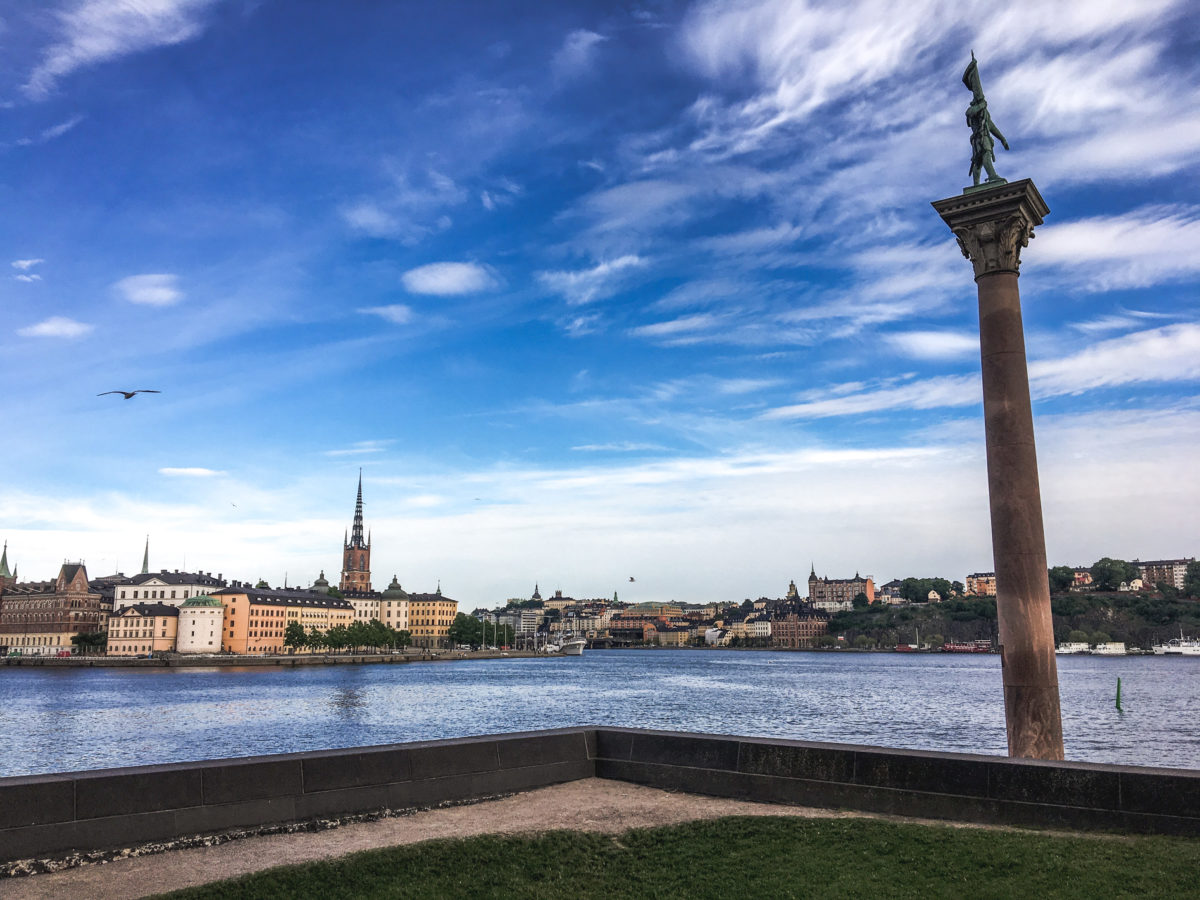

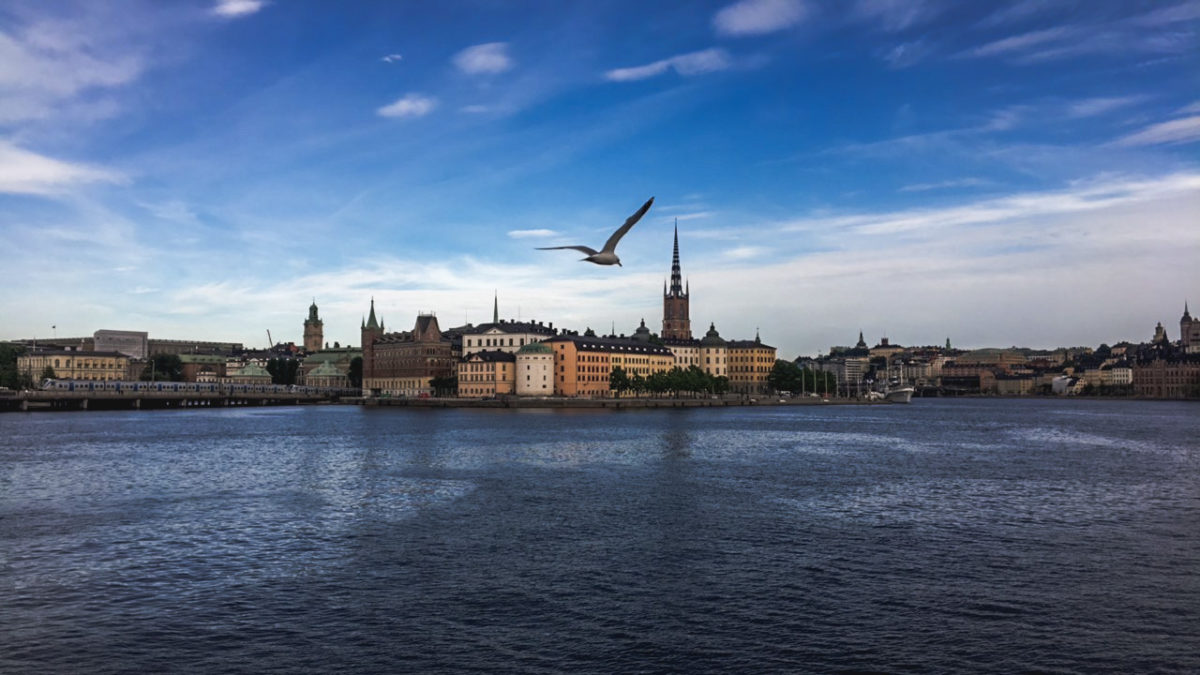
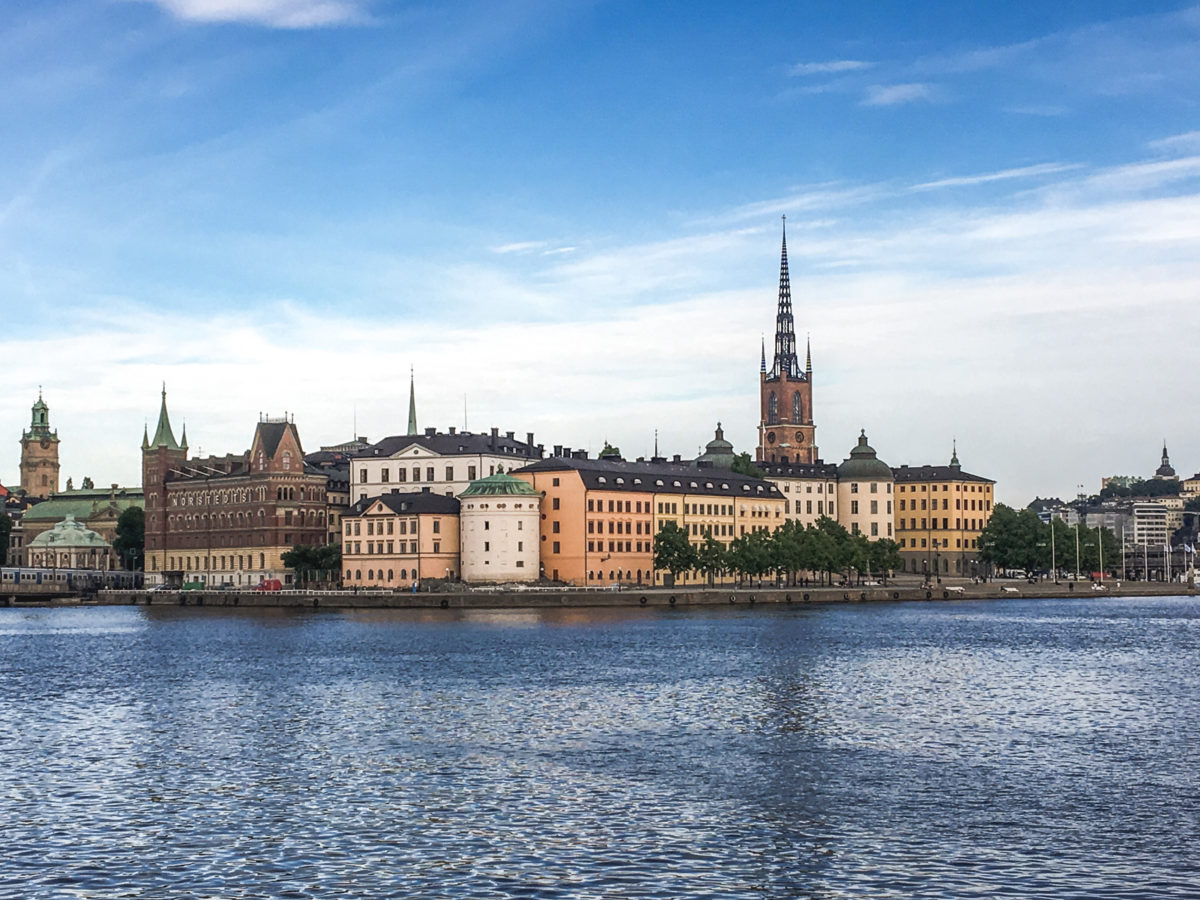
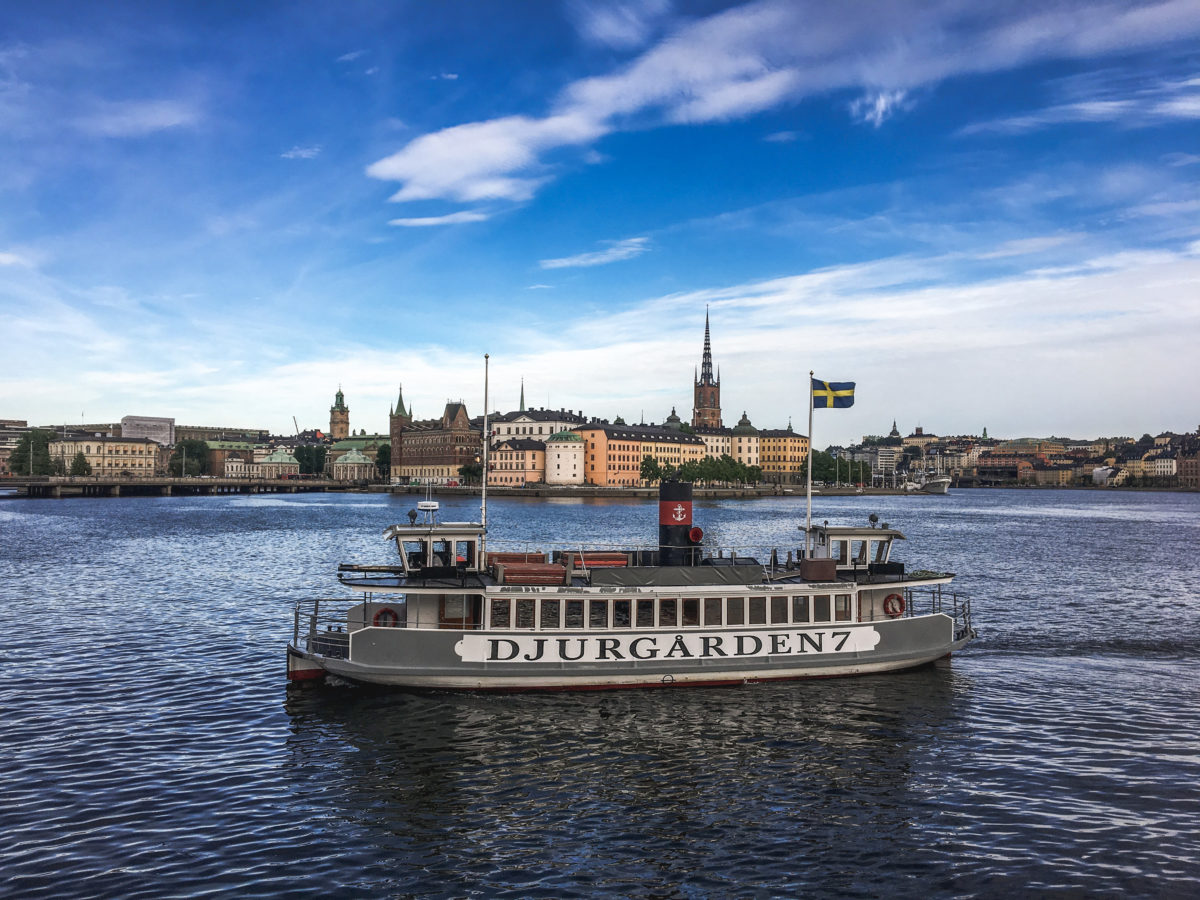
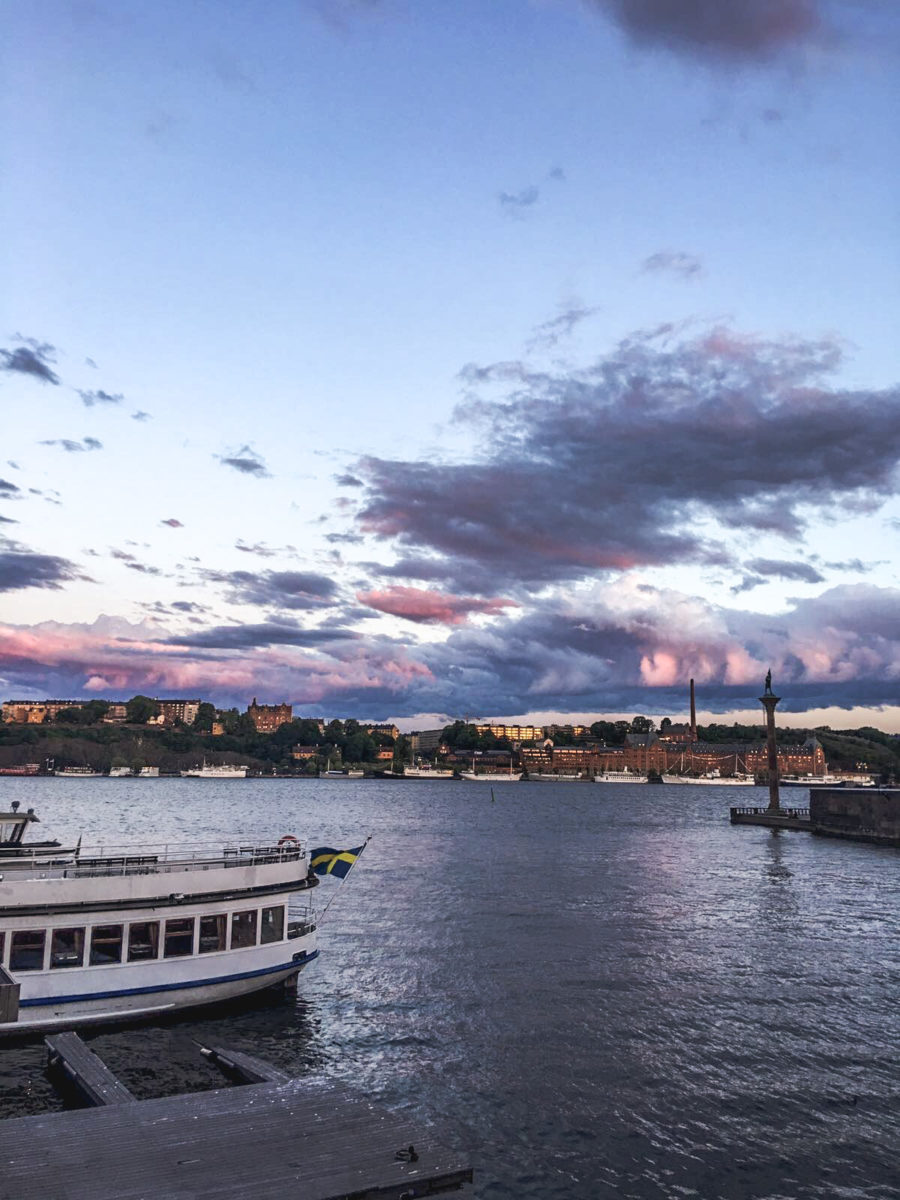



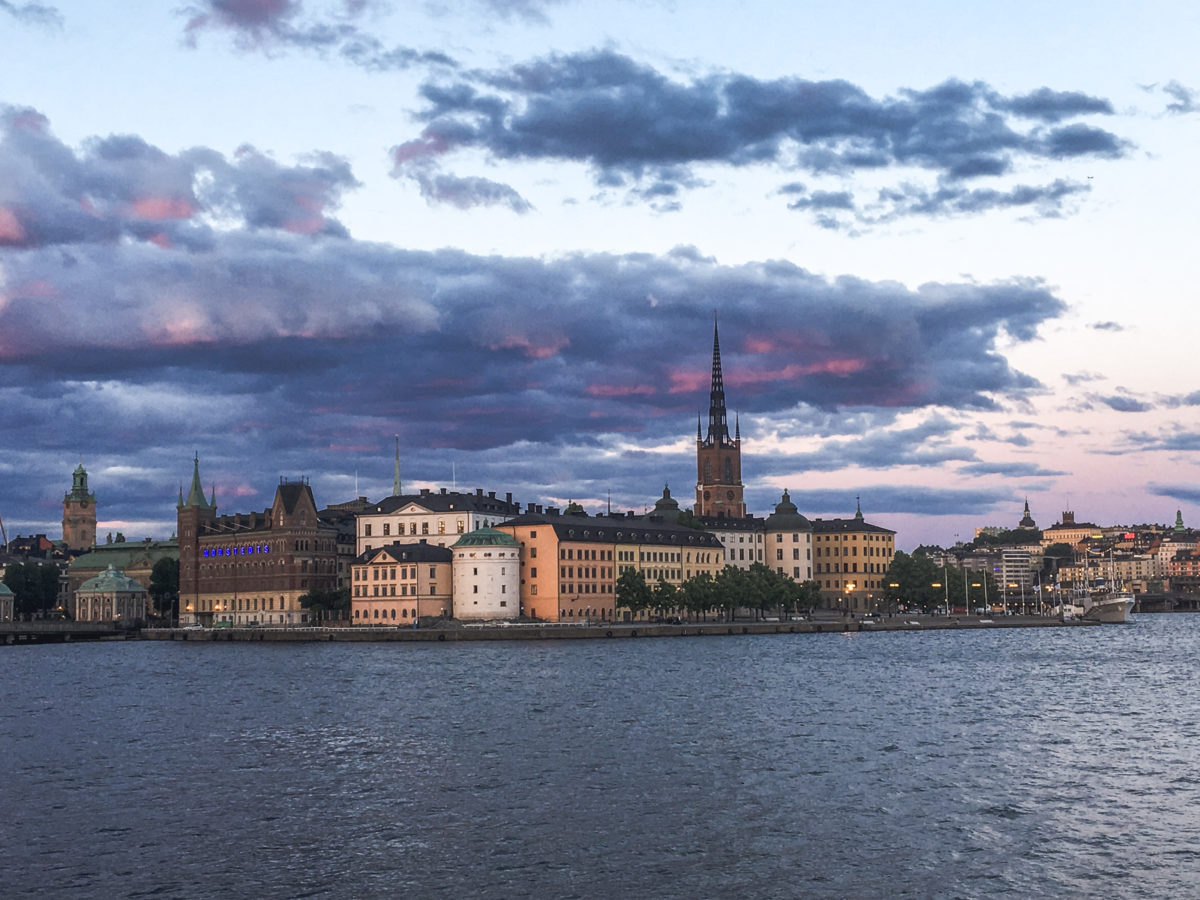

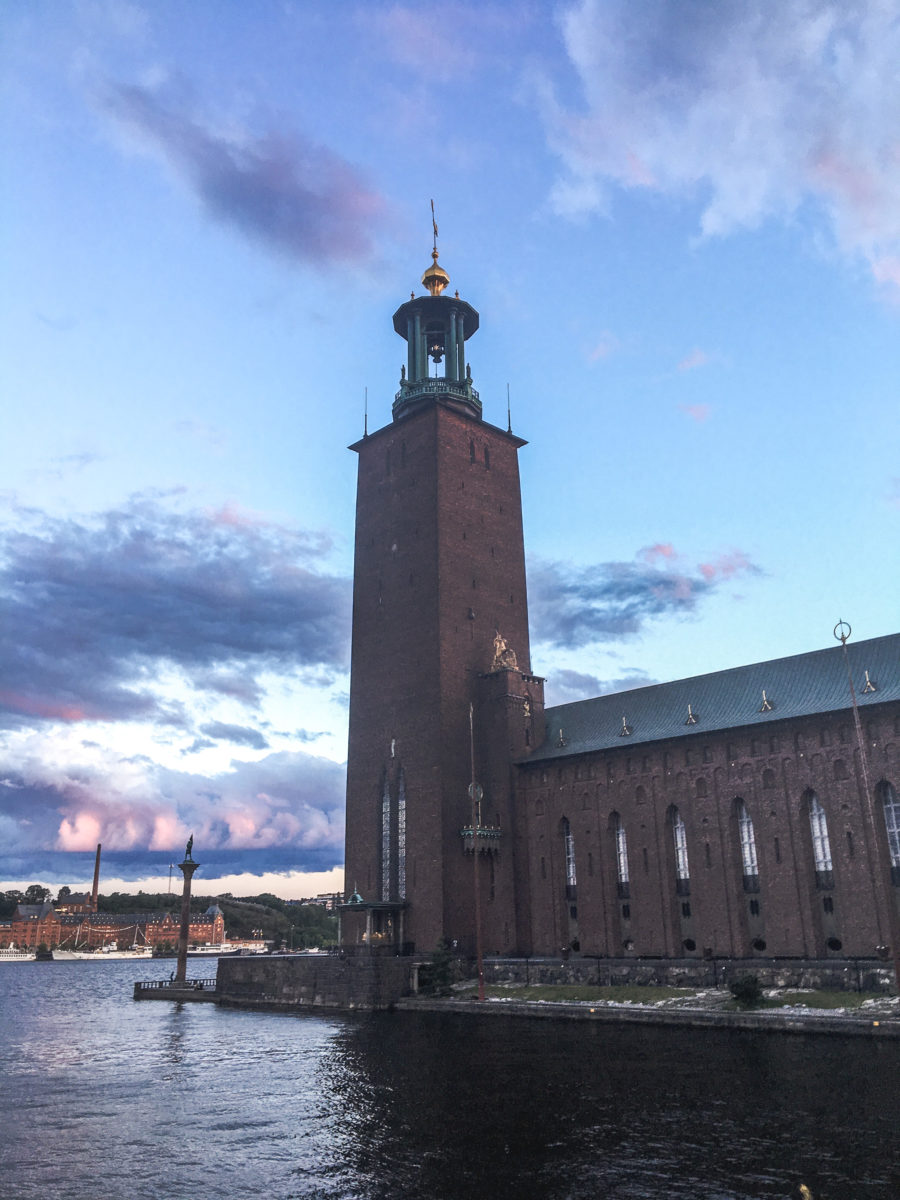
ABBA MUSEUM
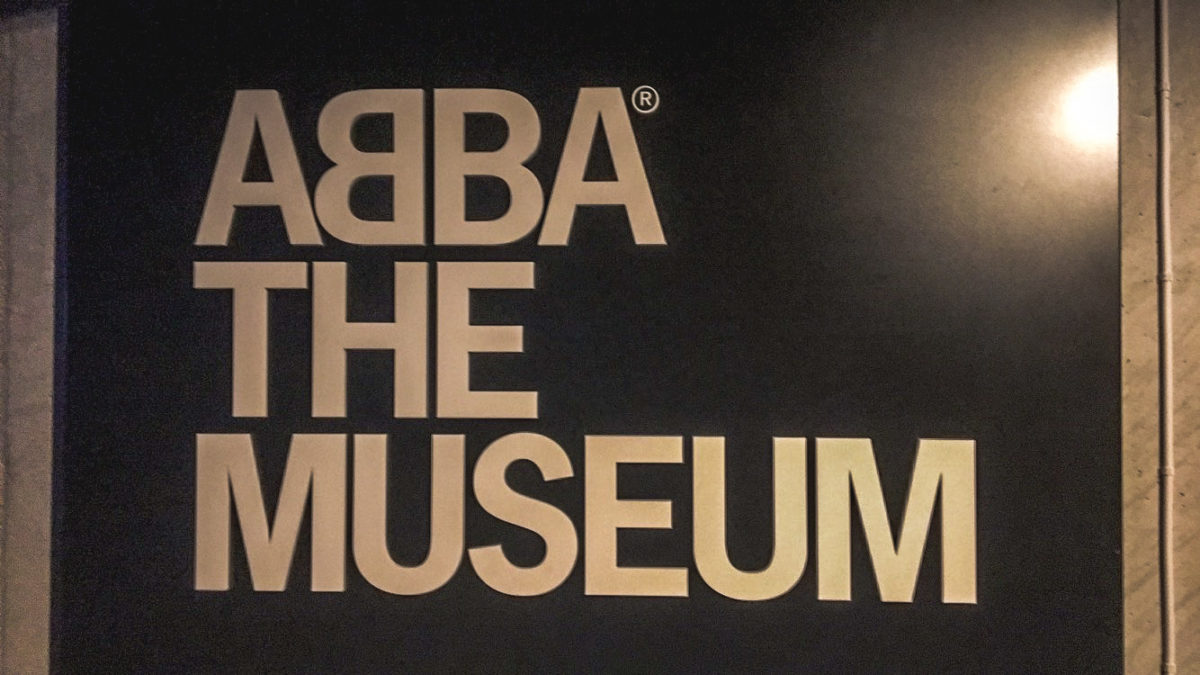
I hope I’m not the only one, but I’m an absolute fan of ABBA’s songs, even though the band broke up before I was even born. Yet their melodies resounded at home when I was a child, then I discovered the musical and finally the film (films today). So we couldn’t miss the ABBA museum which opened in 2013.
This interactive museum is located on the island of Djurgården, close to other major attractions in Stockholm such as the Vasa Museum, Gröna Lund or Skansen, and allows us to learn more about the group that won the Eurovision in 1979 while having fun and enjoying ourselves. And with songs too.
It’s a well-thought-out museum that allows us to learn more about ABBA through an explanatory part of their lives while incorporating spaces where we can stage ourselves (I apologise again for the ears of other visitors!). Stage outfits, objects from the everyday life of the two former couples or television clips are displayed alongside games, knowledge quizzes and dance and song simulators.
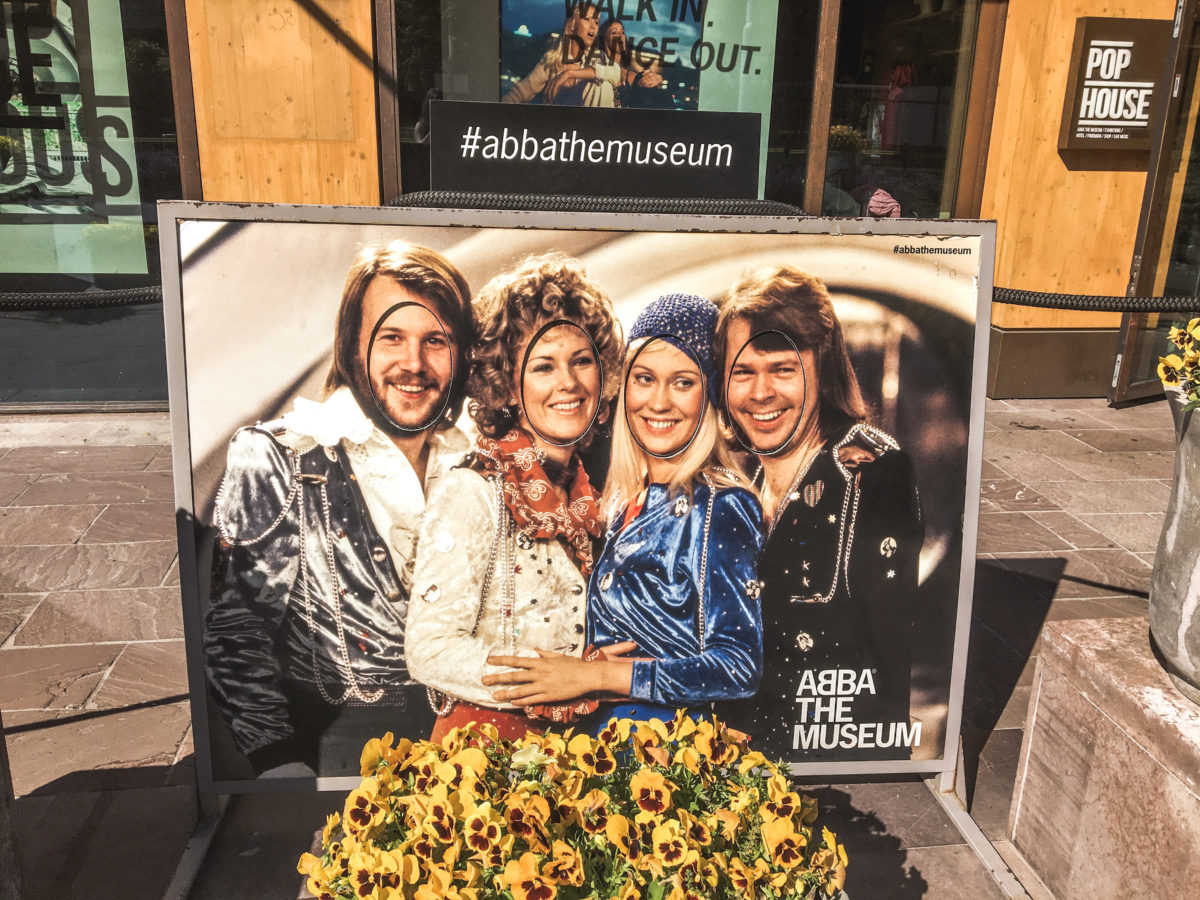

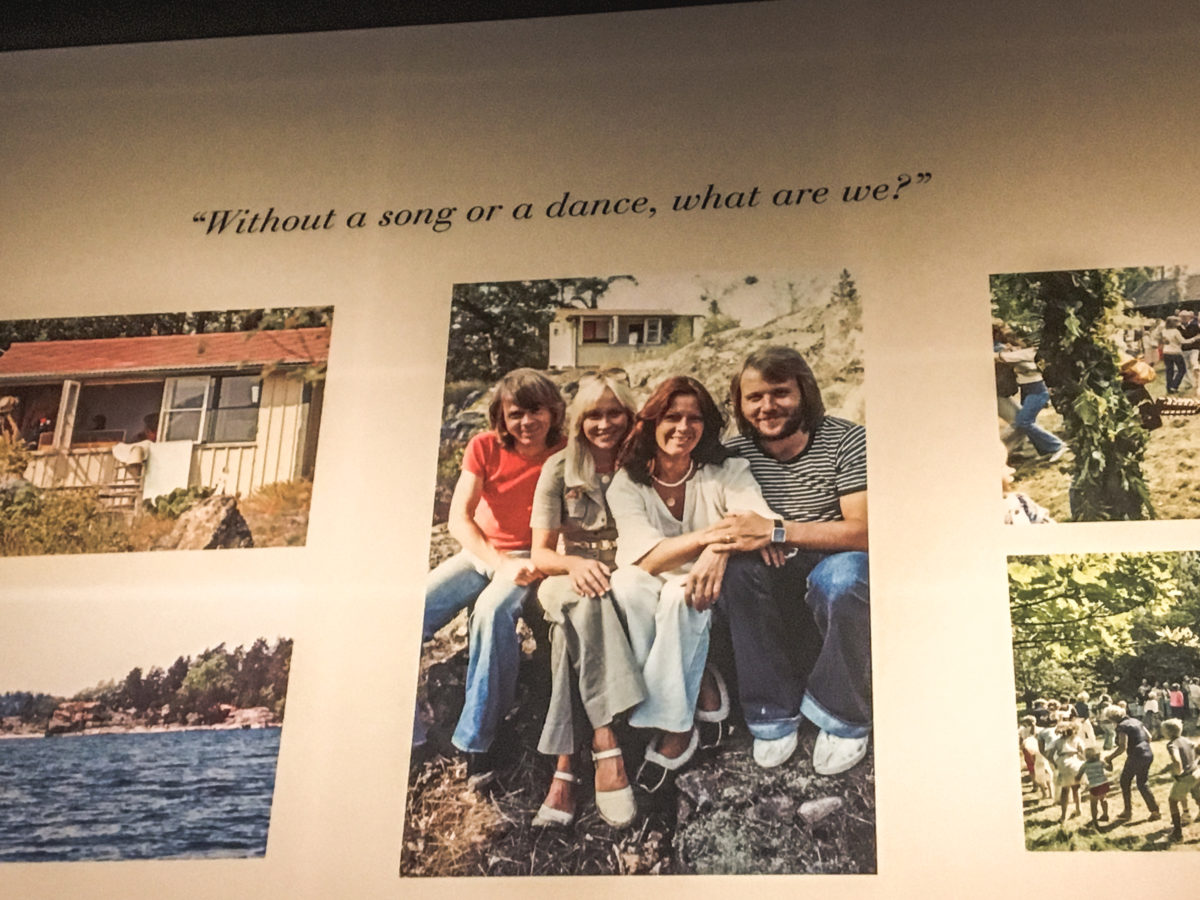
I’ll spare you my solos in the recording rooms, but it’s true that for a few minutes you feel like a star recording a single. Almost believing that I was singing perfectly or worth the price of admission, quite exorbitant for a museum.
Indeed, an adult person will buy his or her entrance ticket for 250 SEK, which is equivalent to about 26 CHF. The student rate is more affordable at 185 SEK or 19.25 CHF, but if you buy online or at the counter it will be 225 SEK. Moreover, it is advisable to buy tickets online to avoid queues of tourists, as it is one of the main attractions of the Swedish capital.
After visiting the ABBA Museum, there are other museum options in the immediate vicinity, including Skansen, the Swedish capital’s open-air museum. If you prefer a different kind of entertainment, Gröna Lund is located next door and you can enjoy many attractions. Instead, we took the opportunity to take the boat to Gamla Stan, which gave us a new view of Stockholm and its famous corners, this time by the water.

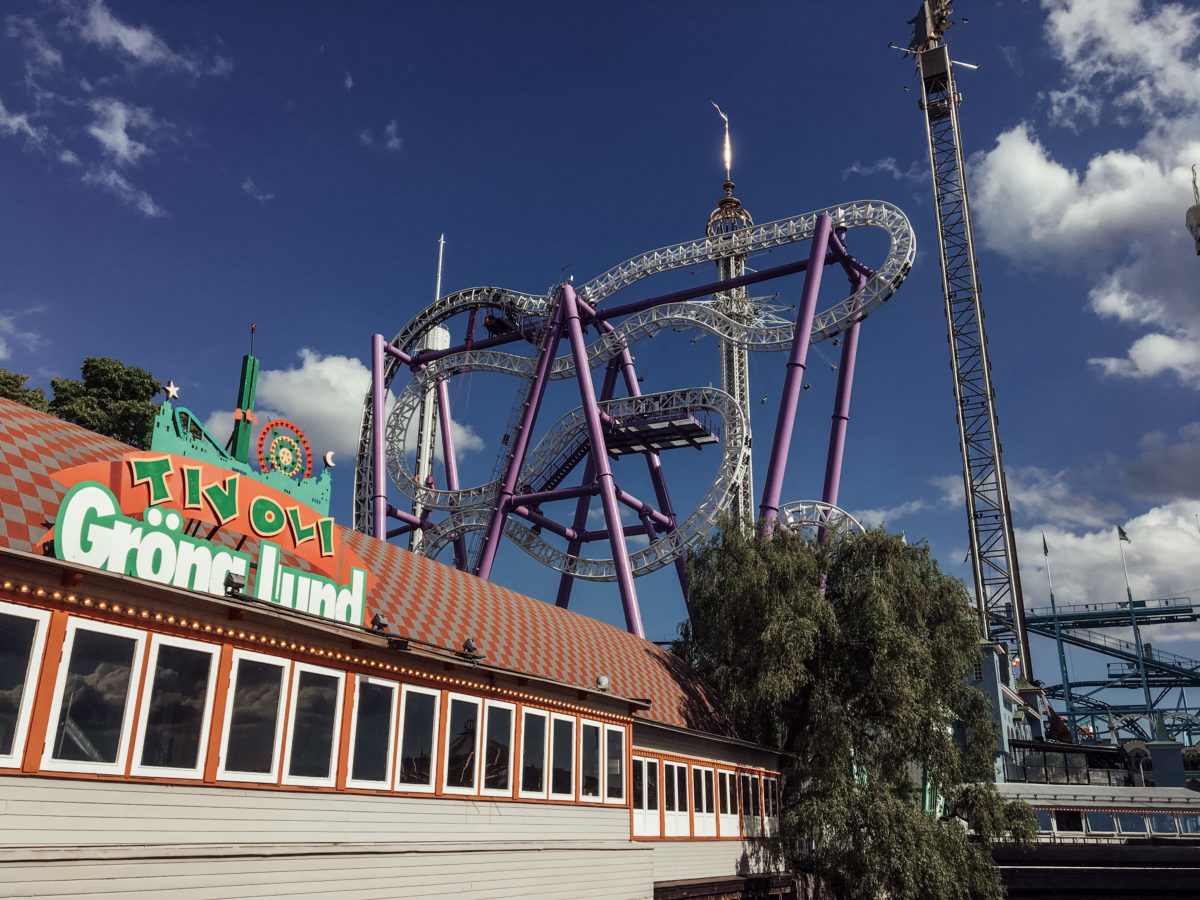

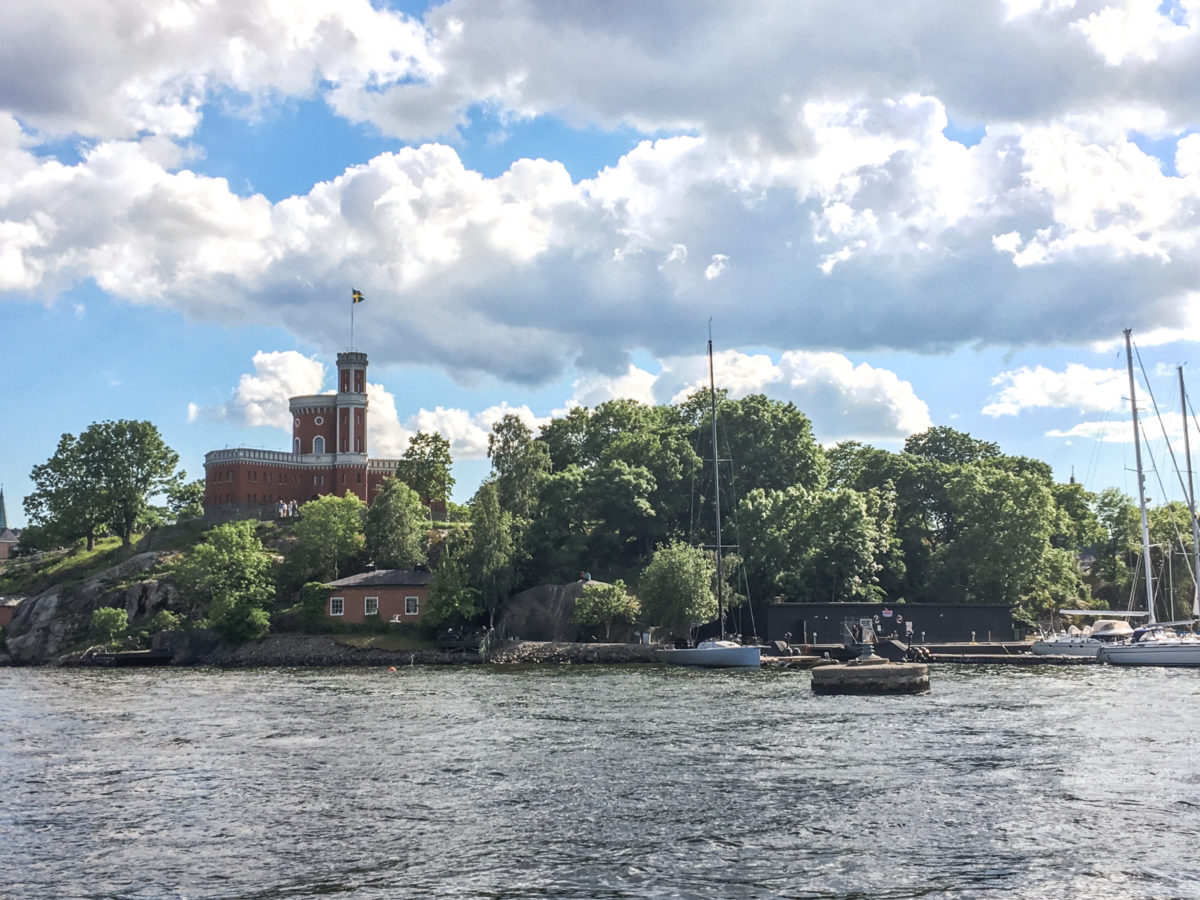
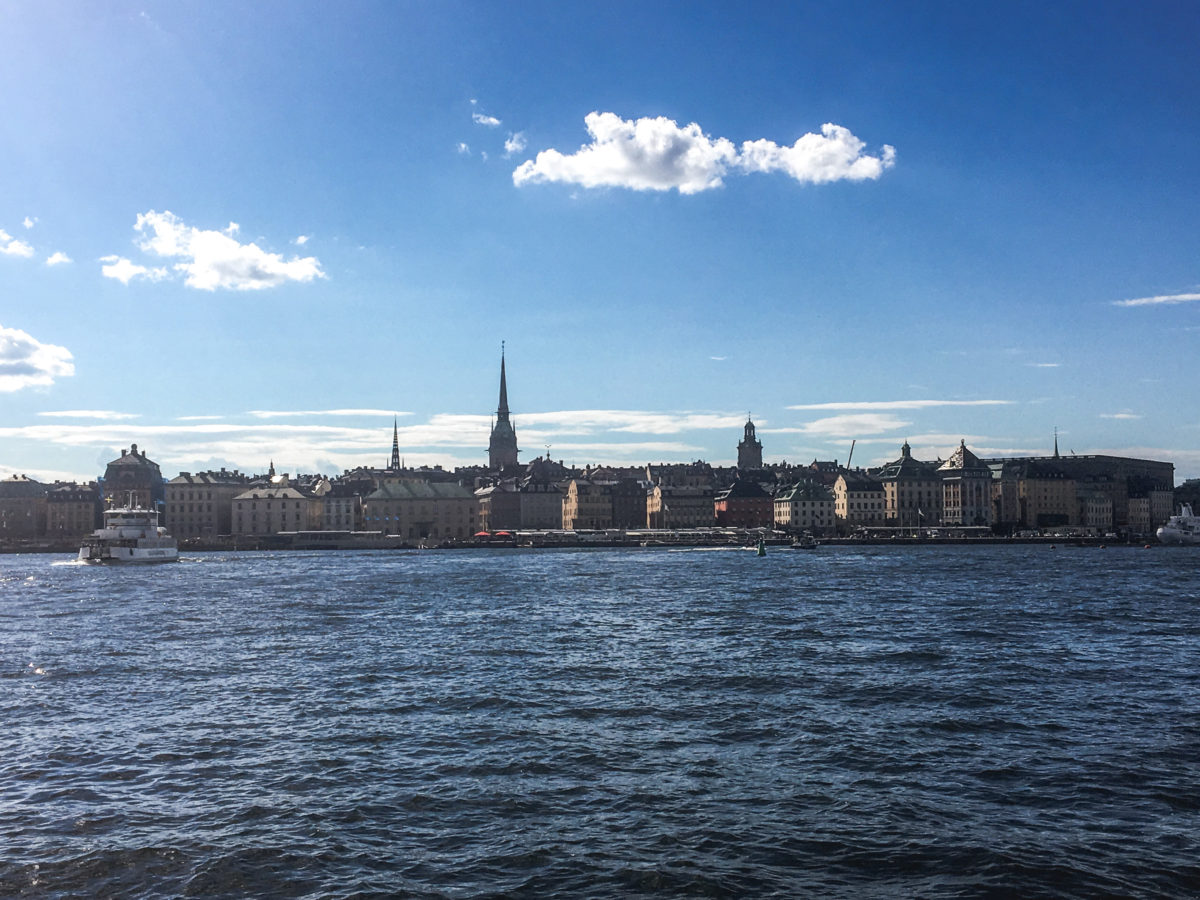

KAKNÄSTORNET
We also went to the top of the capital’s TV tower, which is the major centre of the country’s television, radio and satellite broadcasts.

It is a rather special building at first sight where aesthetics is not the first thing that jumps out (it is a brutalist style indeed) but from its top (155 meters), the view over the Swedish capital and the surroundings is really pretty.

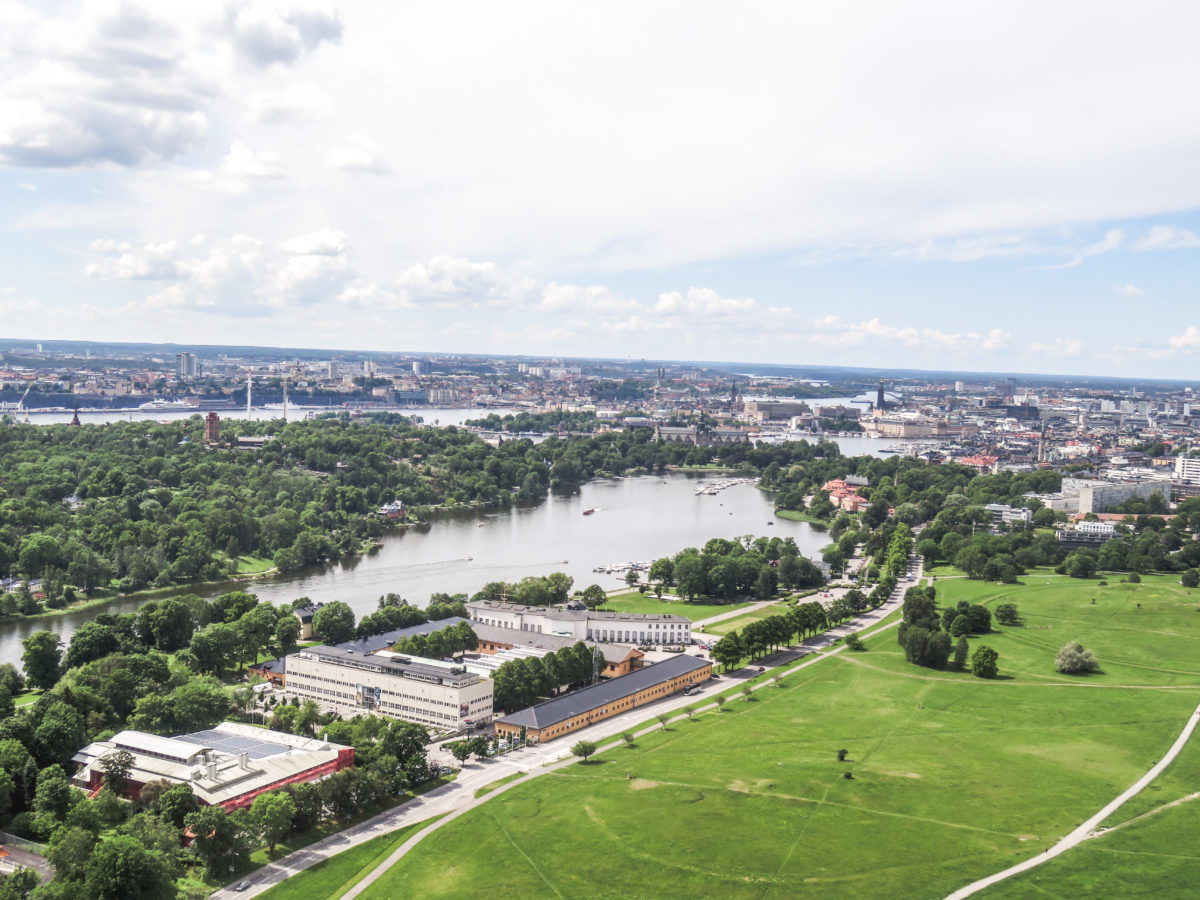
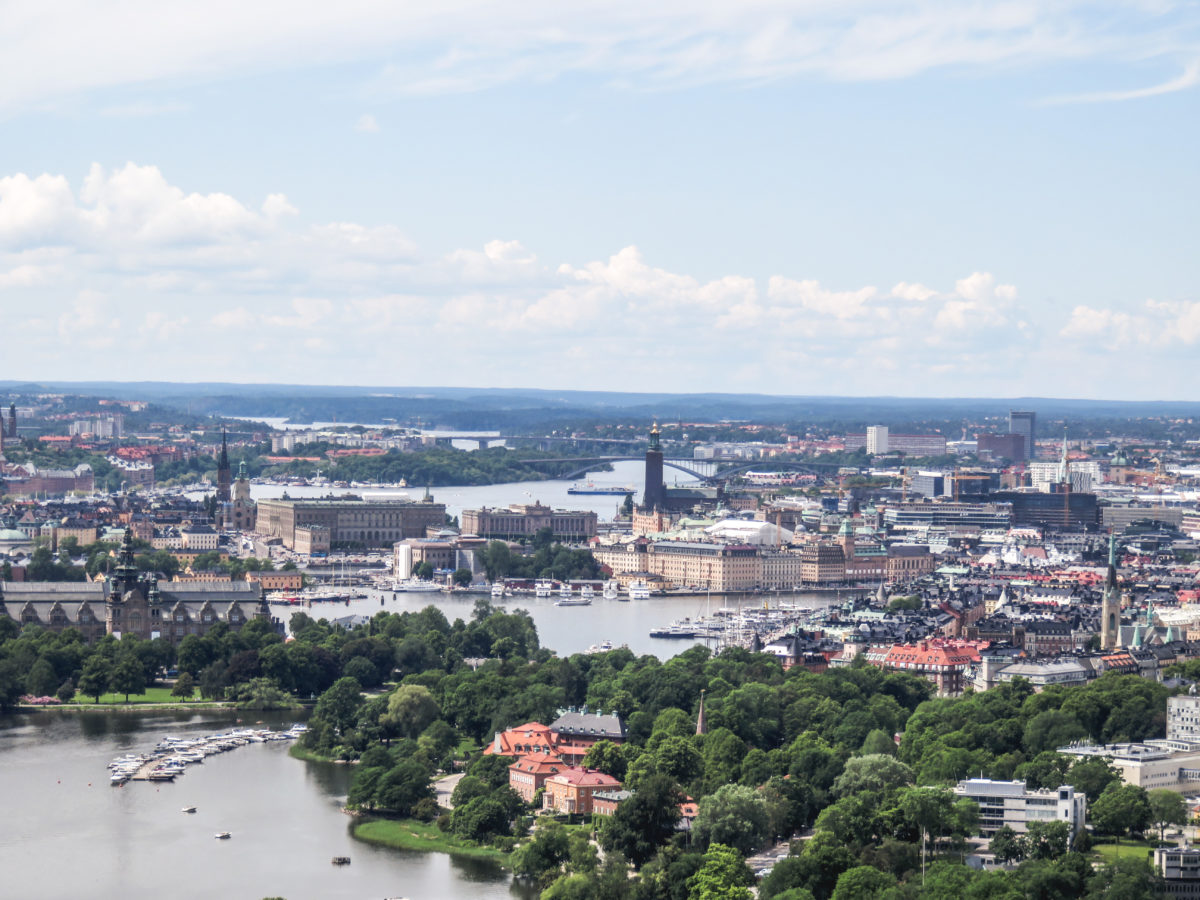
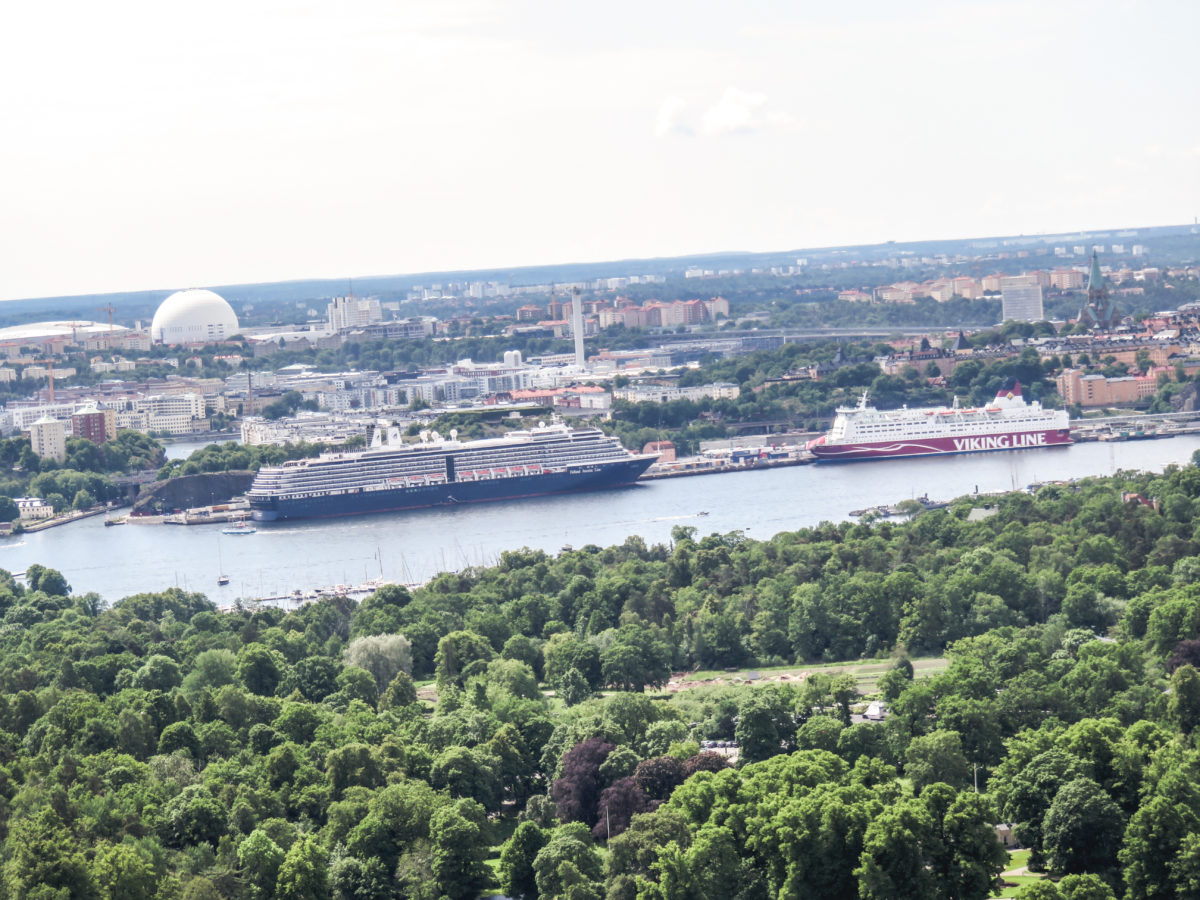


THE PUBLIC LIBRARY
I love visiting libraries on my travels, and what a wonderful visit I had to the Stockholm Public Library. The library, designed by Gunnar Asplund and completed in 1928, is one of the most famous buildings in the city, with its neo-classical geometrical architecture.
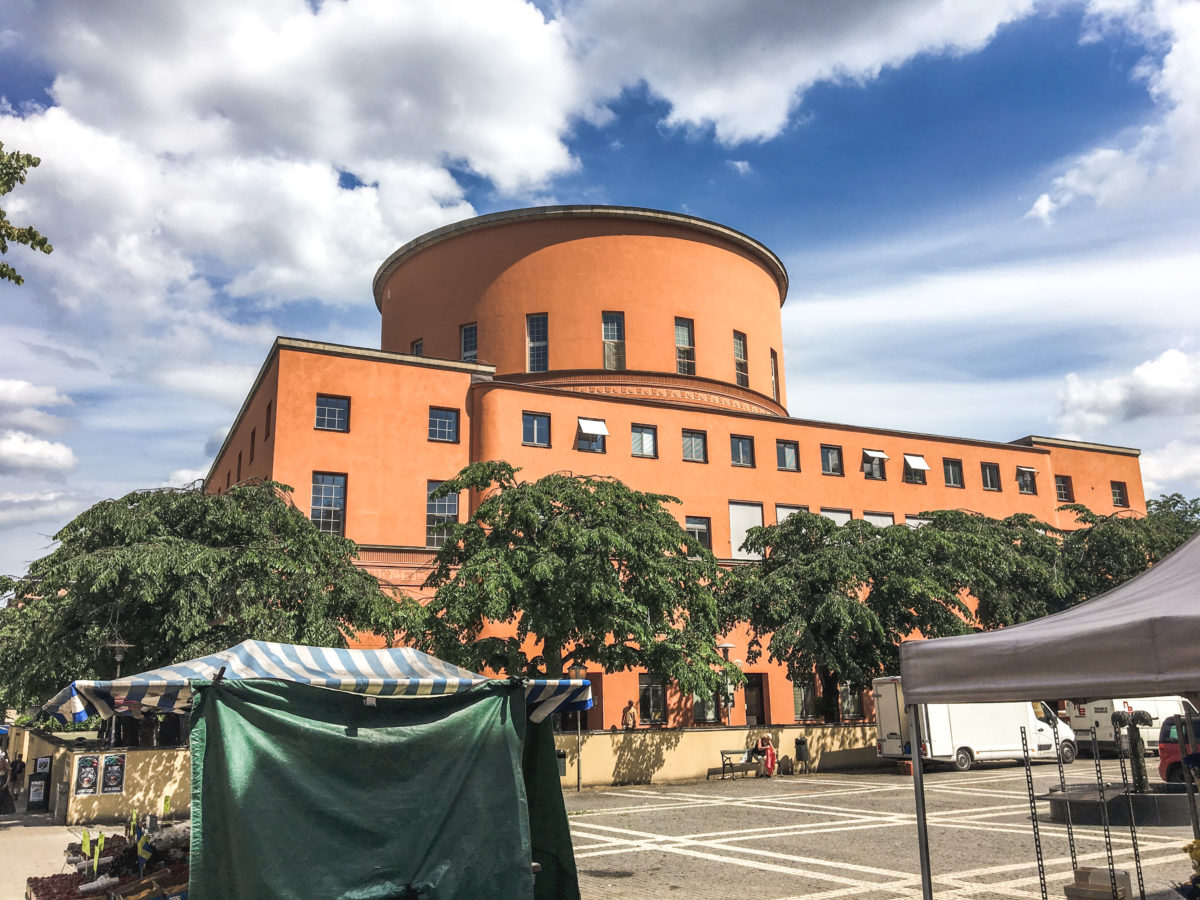
Passing through the Egyptian-style door and up the central staircase, we were able to get a first glimpse of the central rotunda of the library. The rotunda is a circular reading room, on three levels of open shelves on the terrace and it is an absolutely magnificent temple for book lovers like me. It was the first library in Sweden to allow visitors to access the shelves themselves without asking for help from the library staff.
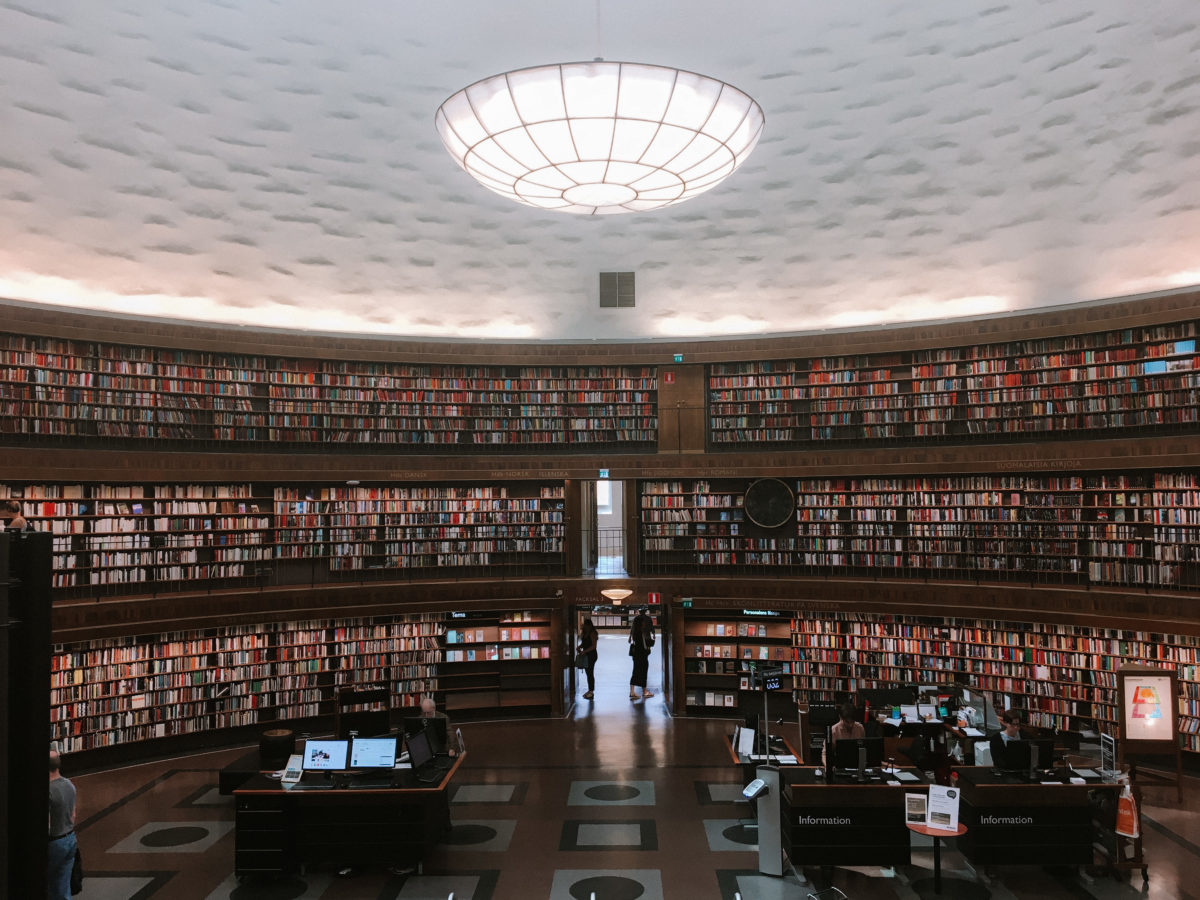
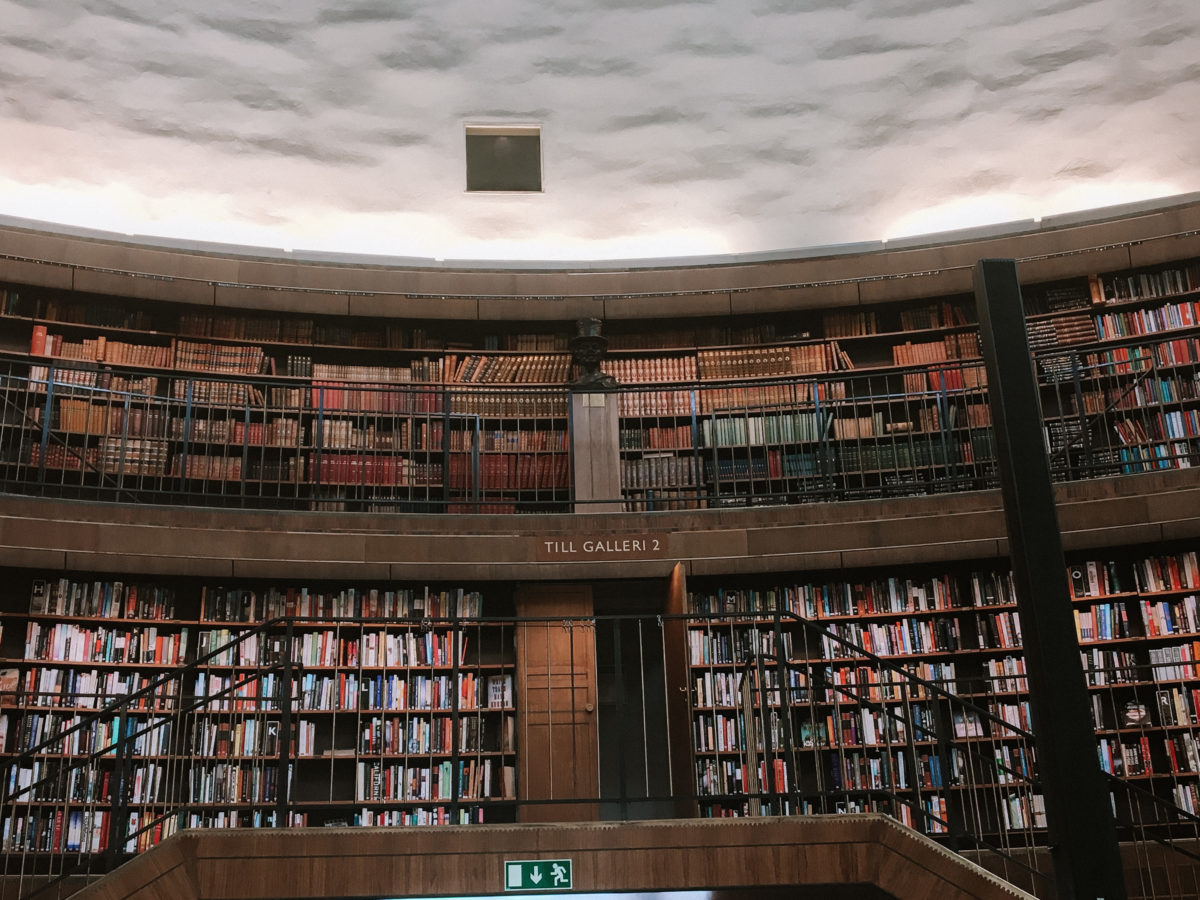
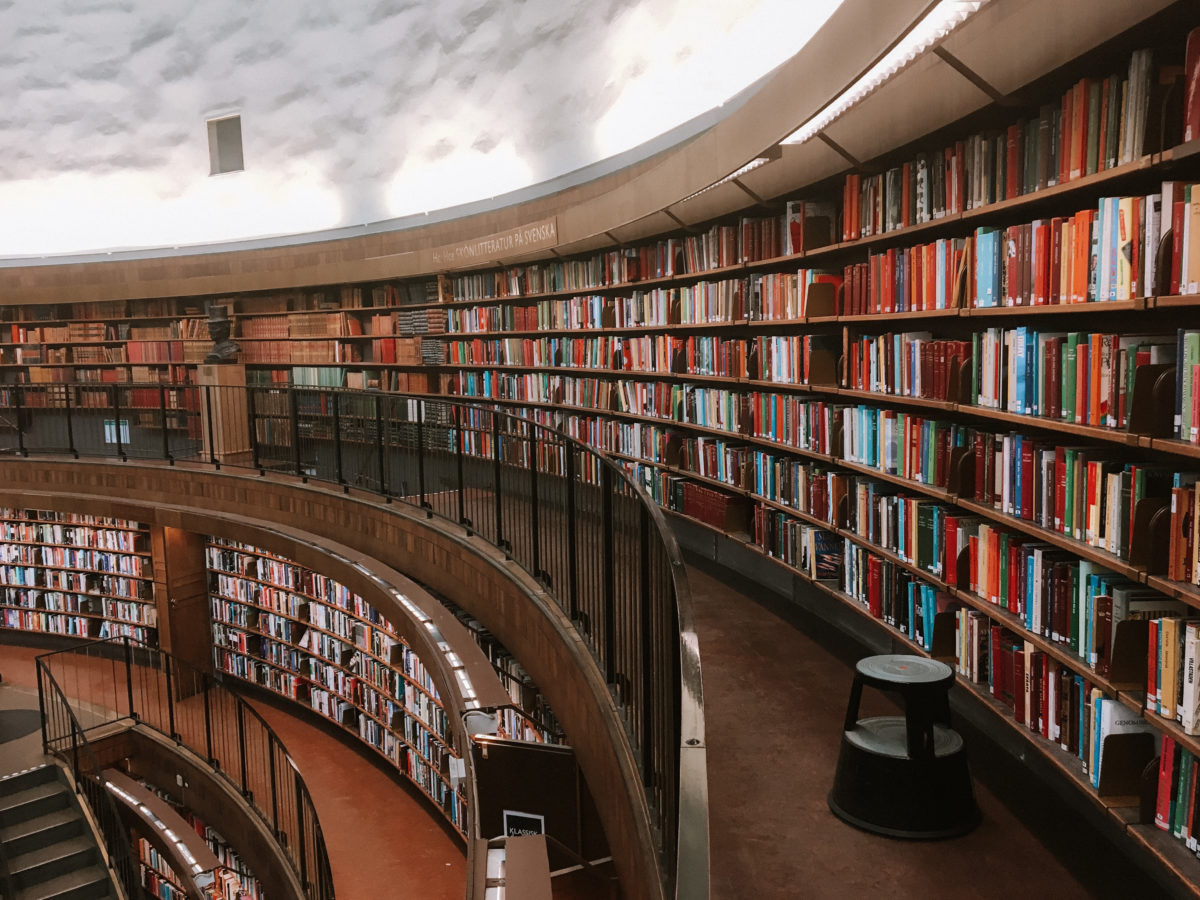
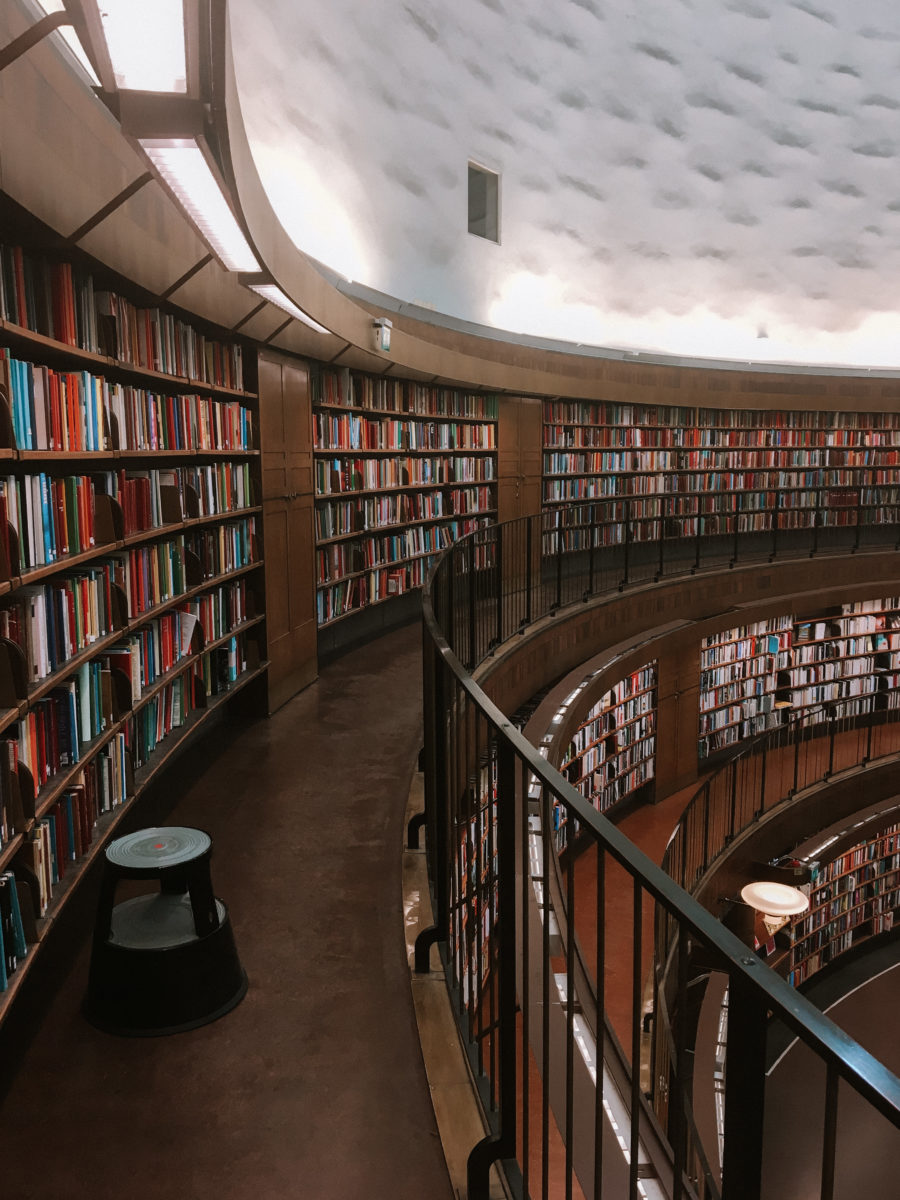
It is also Sweden’s largest public library, with more than half a million books in over 100 languages. As well as being a temple of literature and an inspiring place to work and study, it is a pleasant refuge in the heart of the city when the cold weather arrives, even in June. The neighbourhood is also lovely to live in.
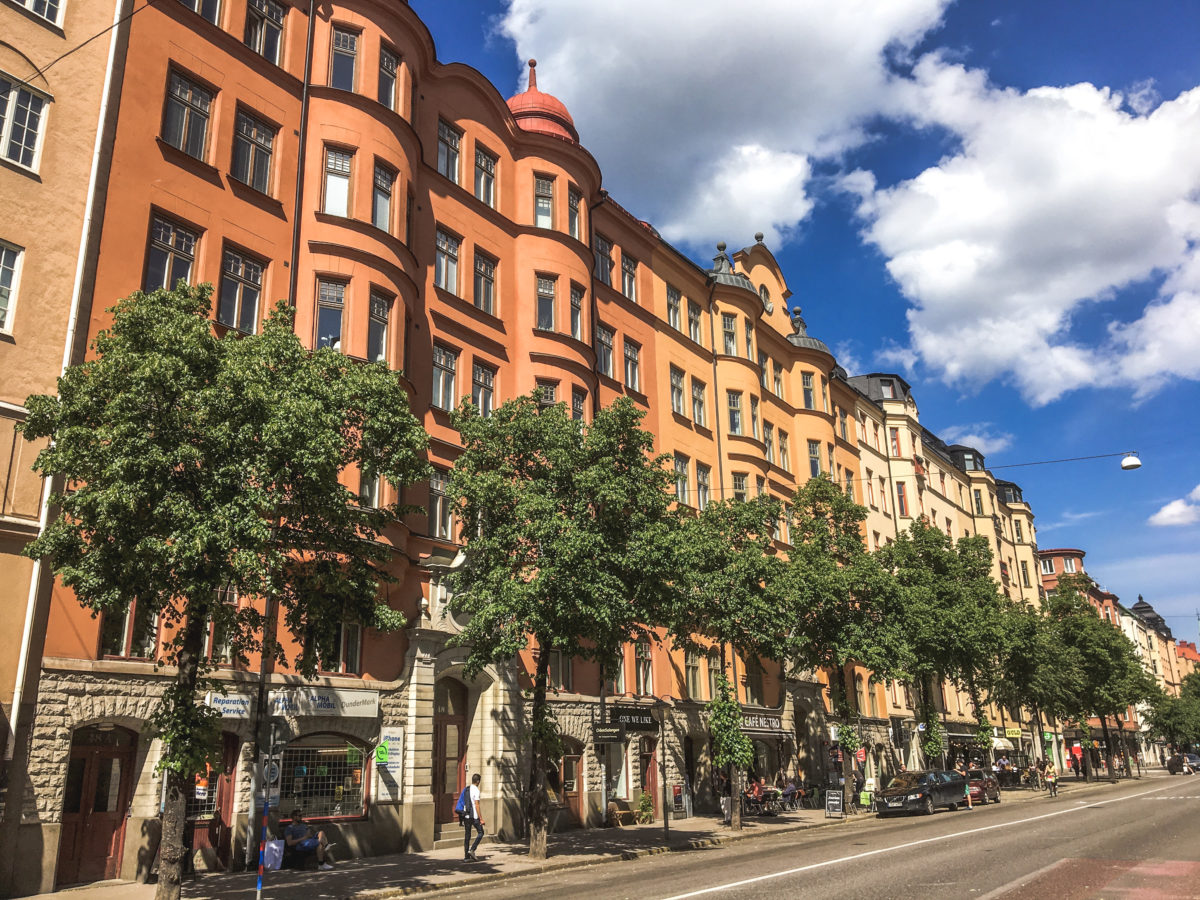

METRO
Stockholm’s metro system consists of around 100 stations, each with its own unique art, be it on its platform, walls or waiting hall. It could be said to be the world’s largest underground art gallery. Since the 1950s, artists have played a key role in the construction of new stations where more than 90 of the 110 stations in the Stockholm underground have been decorated by more than 150 artists.
We haven’t been through all the stations, but on our walks, we’ve come across some of them.
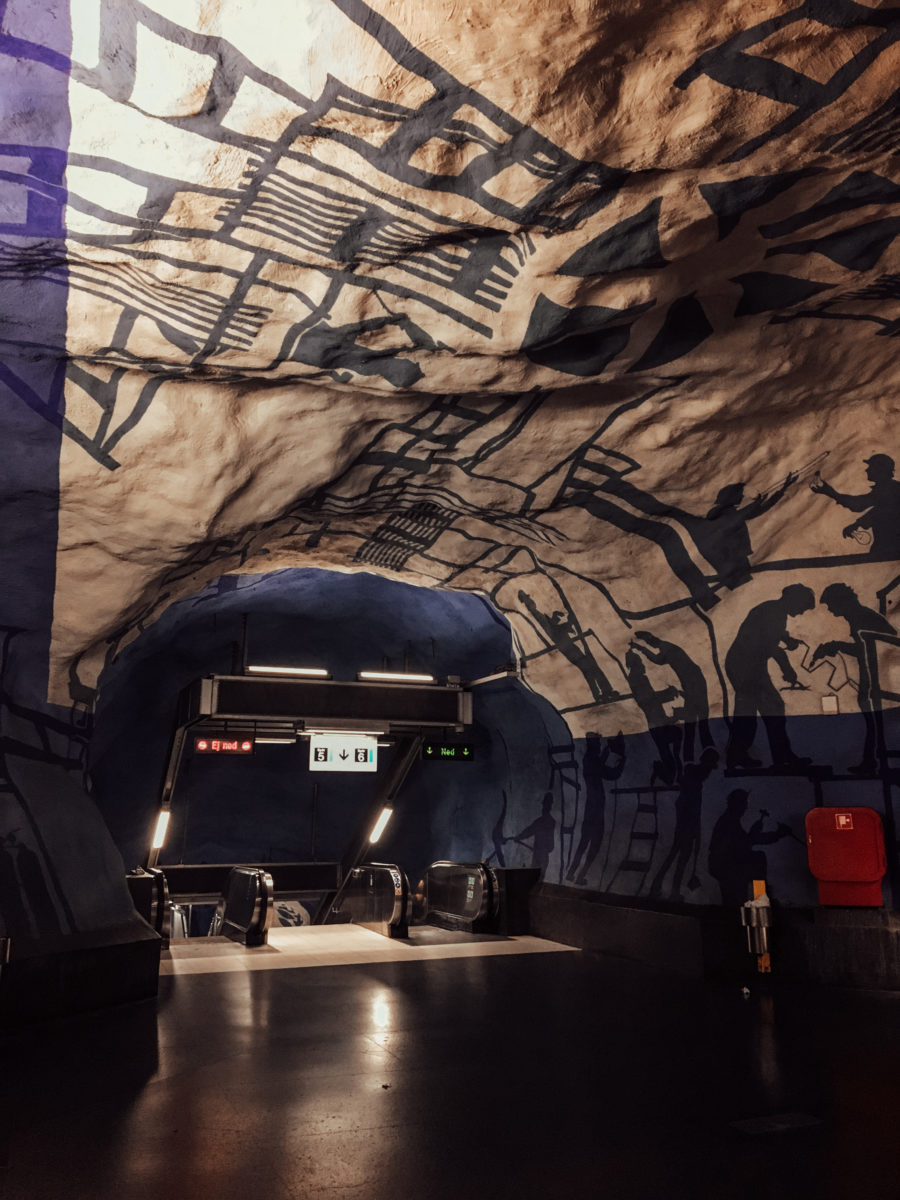
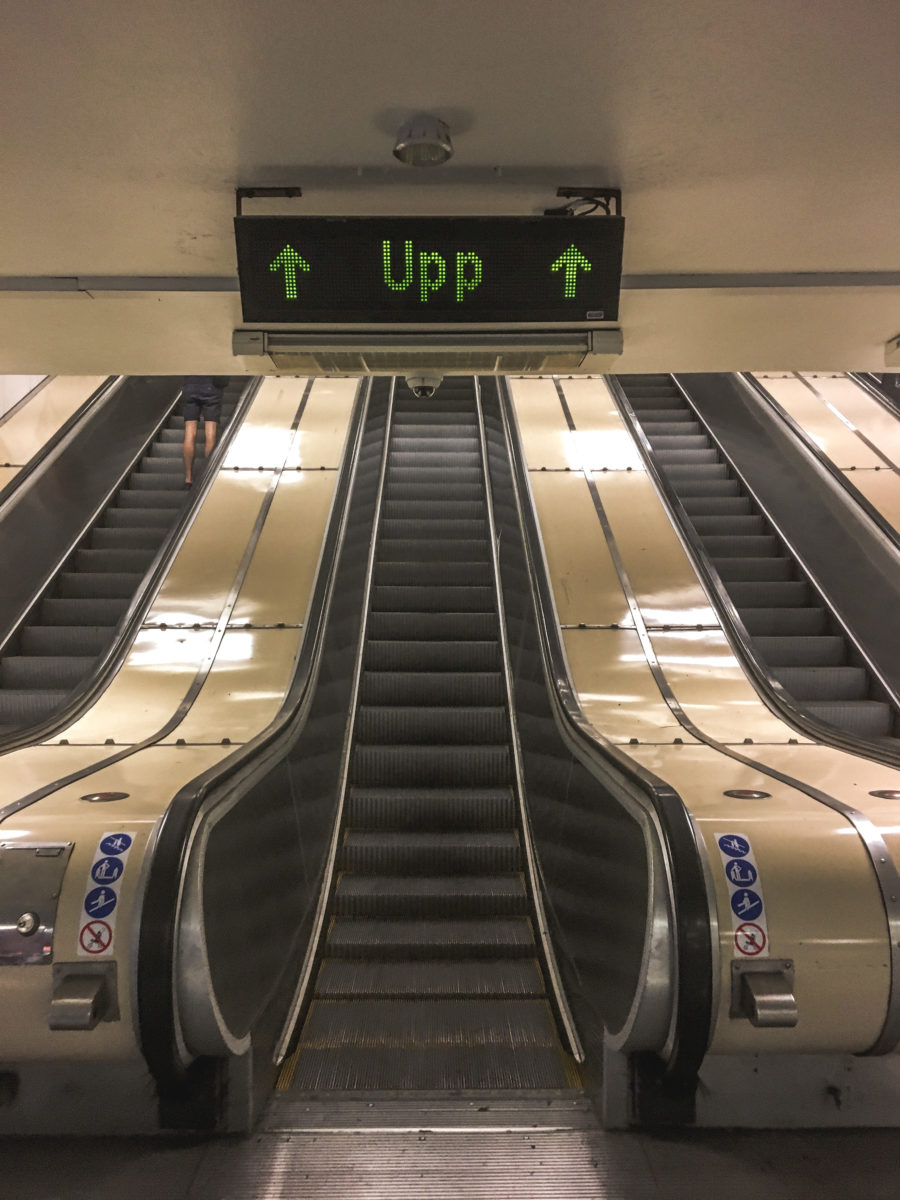
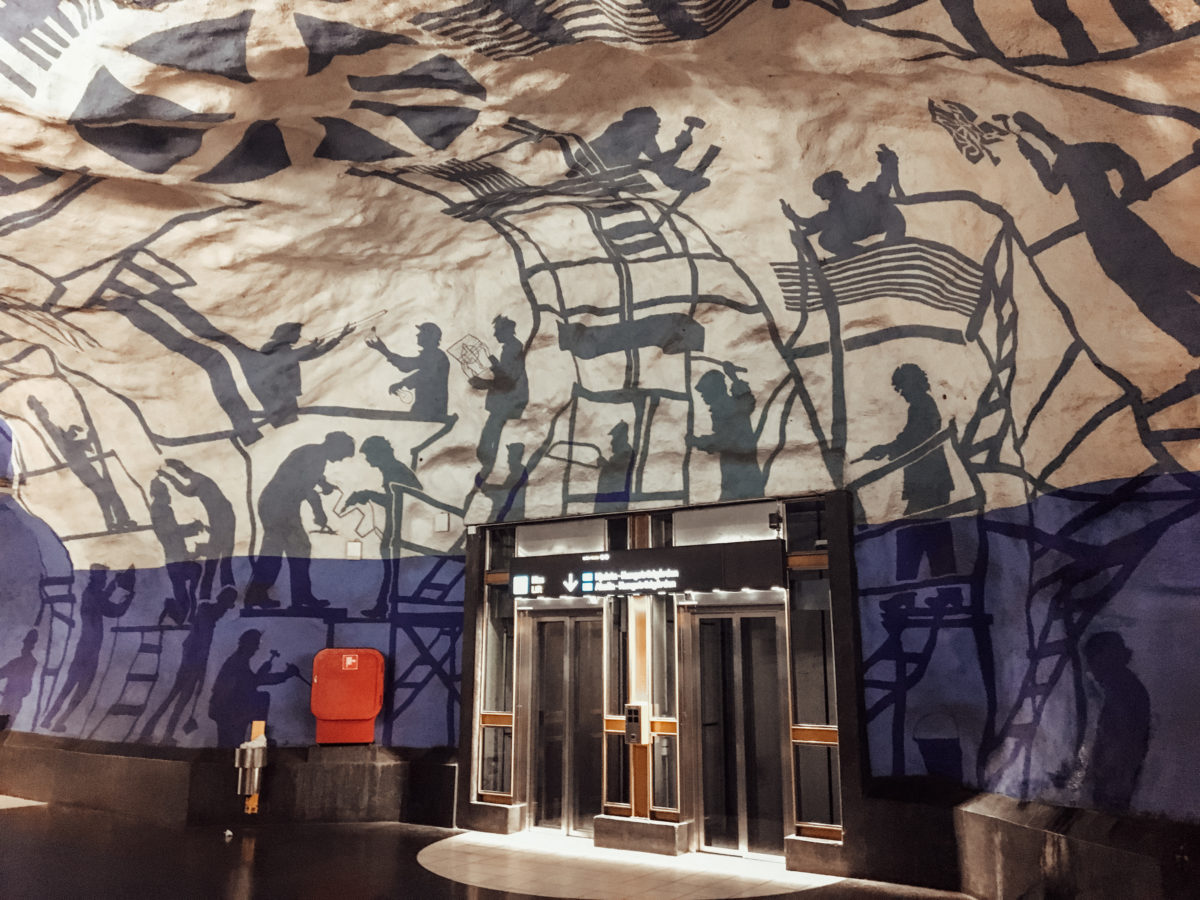
BONUS: 3 POINTS OF VIEW YOU SHOULDN’T MISS
RIDDARHOLMEN
I told you about Riddarholmen in the chapter on Gamla Stan. Take the opportunity to get out of the tortuous alleys of the Old Town to come and enjoy the magnificent view, almost with your feet in the water. The west coast of the almost island of Riddarholmen offers the visitor a charming landscape on the Riddarfjärden bay as well as on the town hall, all at a man’s height.
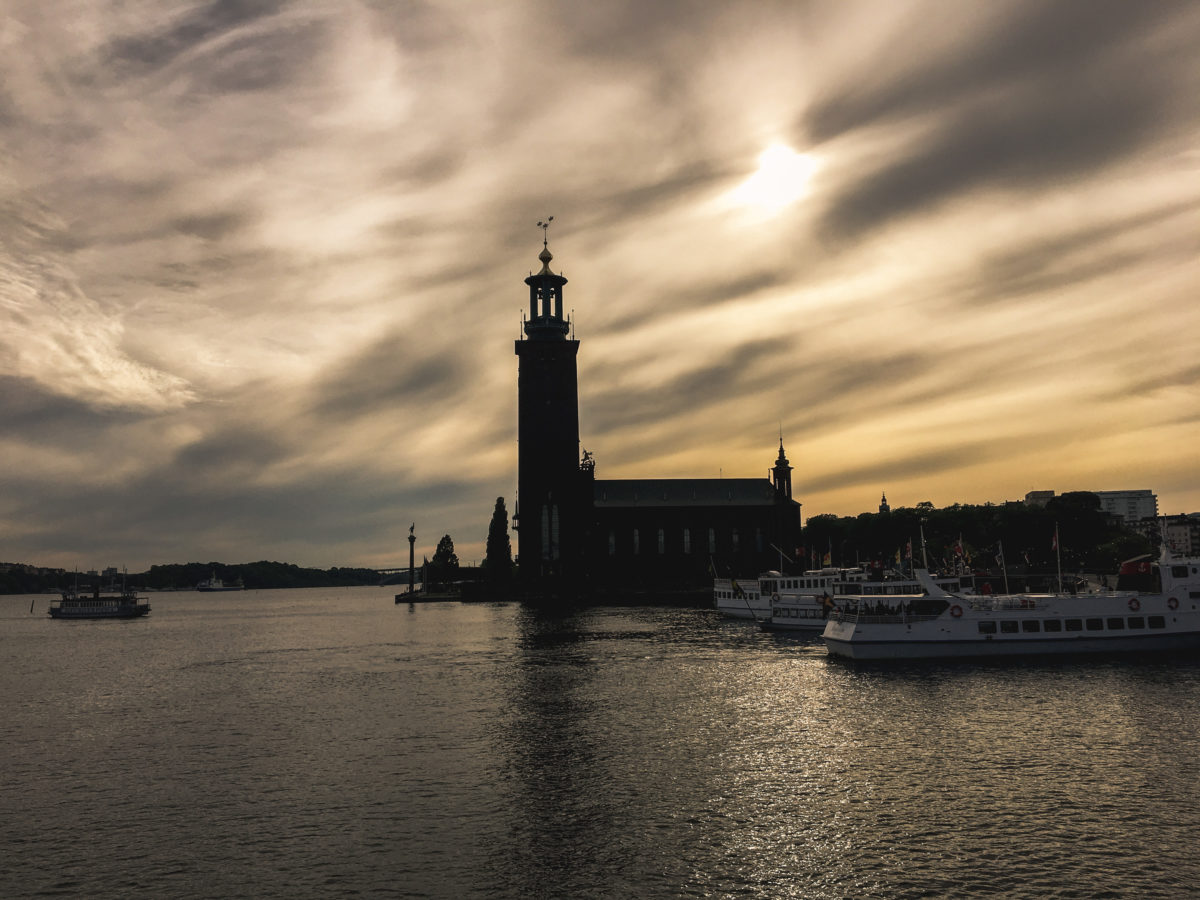
But not only that… yes the town hall stands out in this attractive panorama but we can also appreciate on the left side Södermalm and its hill (second point of view of this bonus) and on the right, some details of the central station and the buildings of Vasaplan come to end an incredible panorama, even more, superb at sunset.
MONTELIUSVÄGEN
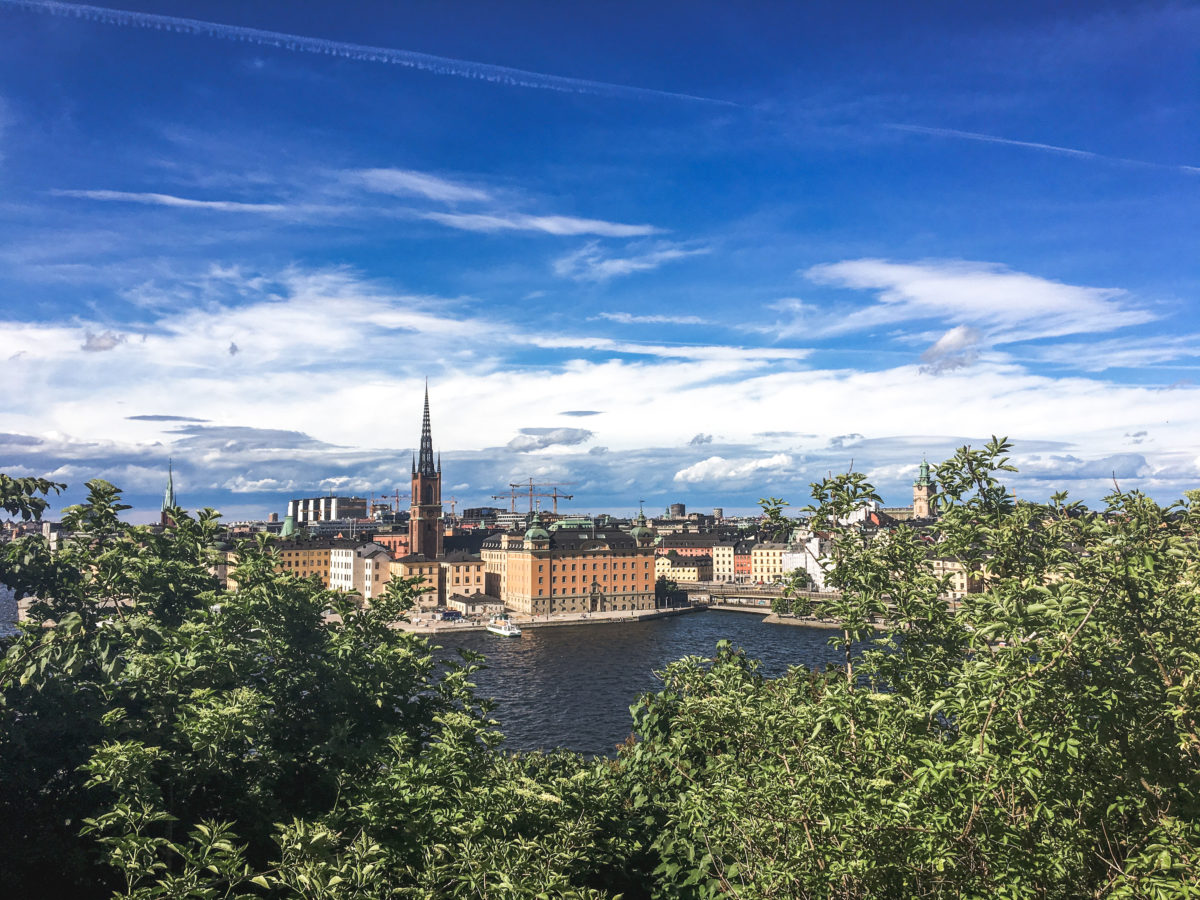
The second point of view I would like to present to you is the one of Södermalm, more commonly known as Monteliusvägen. A pleasant walk from the Bastugatan street that leads to a belvedere, the view over Lake Mälaren is absolutely superb next to the Iva los park. A charming 500-metre walk with a panoramic view of many monuments will take you to the final spot, whether it is in the middle of the day, in the early evening for an aperitif, or end in style a busy day of wandering around the Swedish capital with a dazzling sunset.
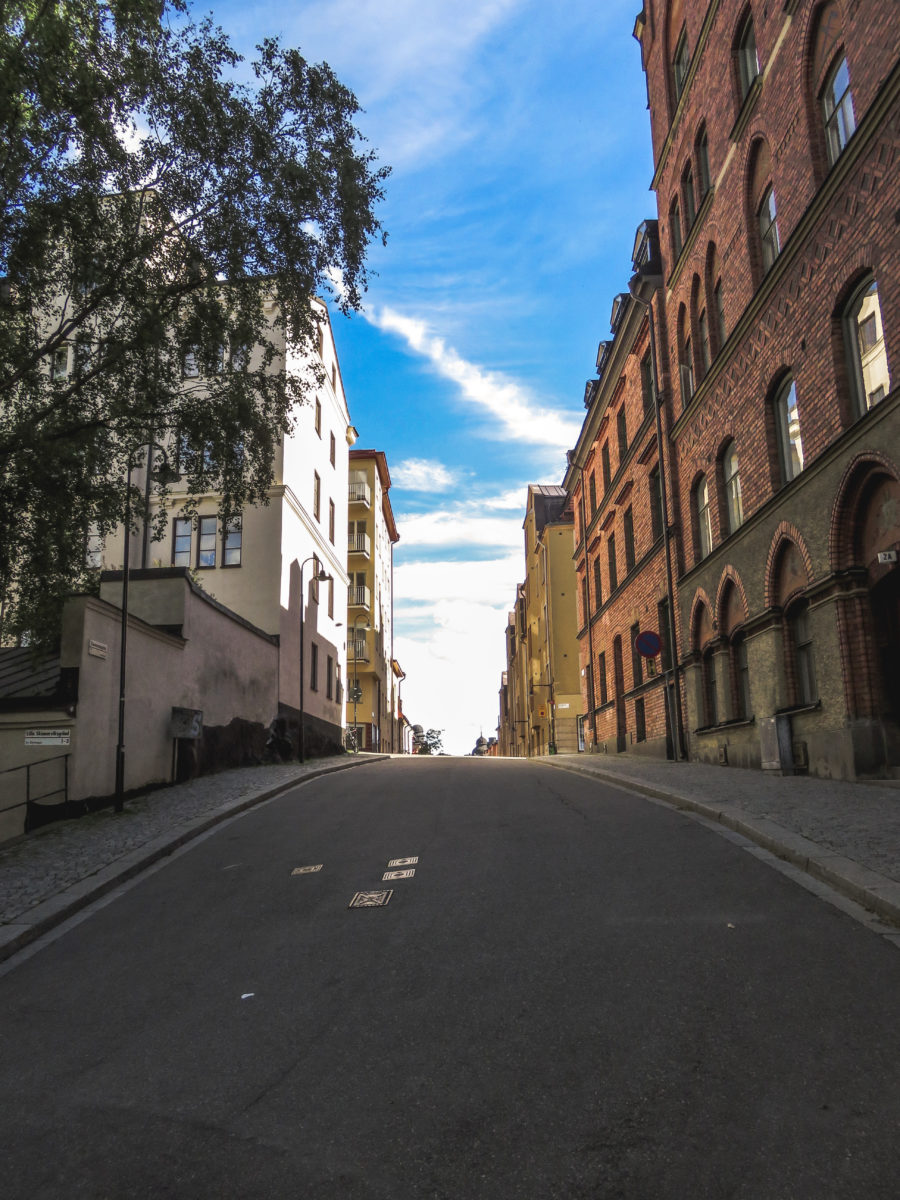
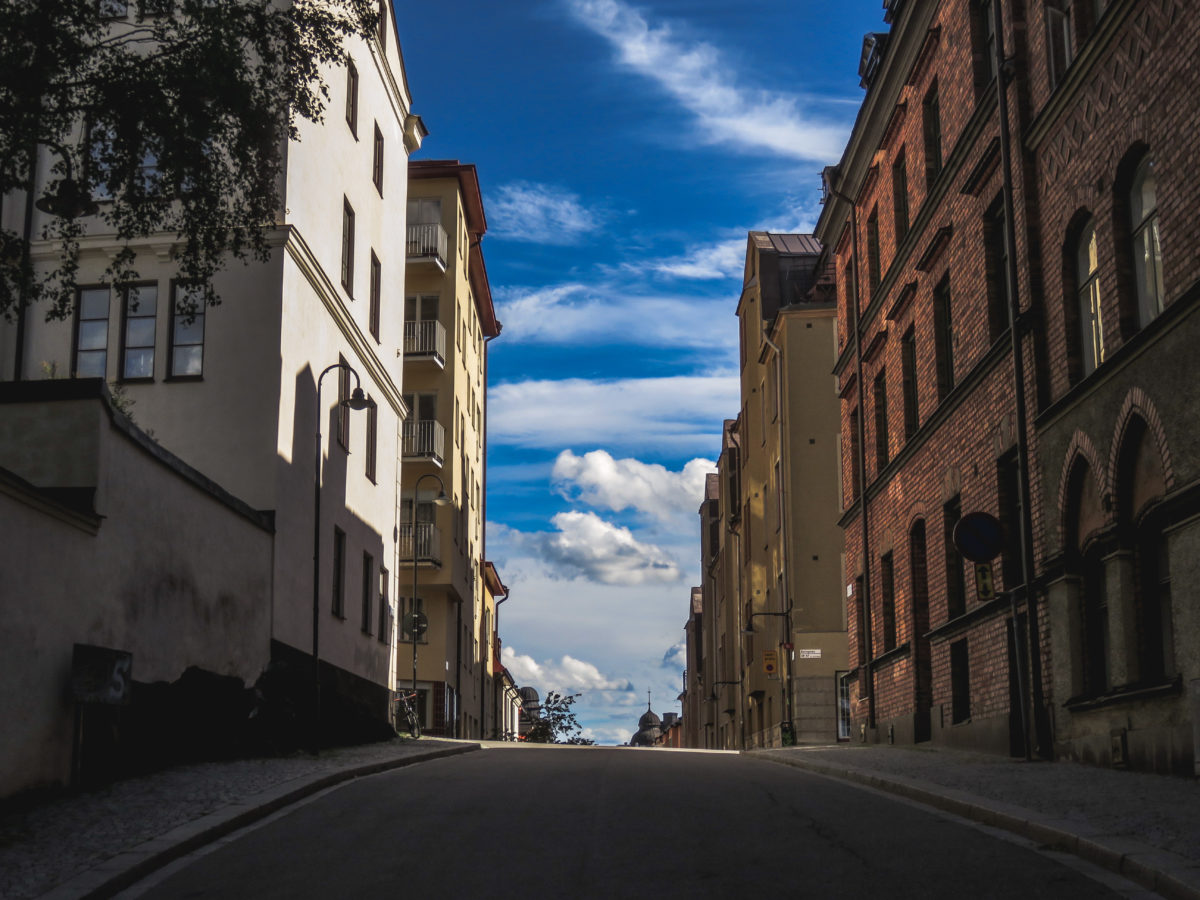
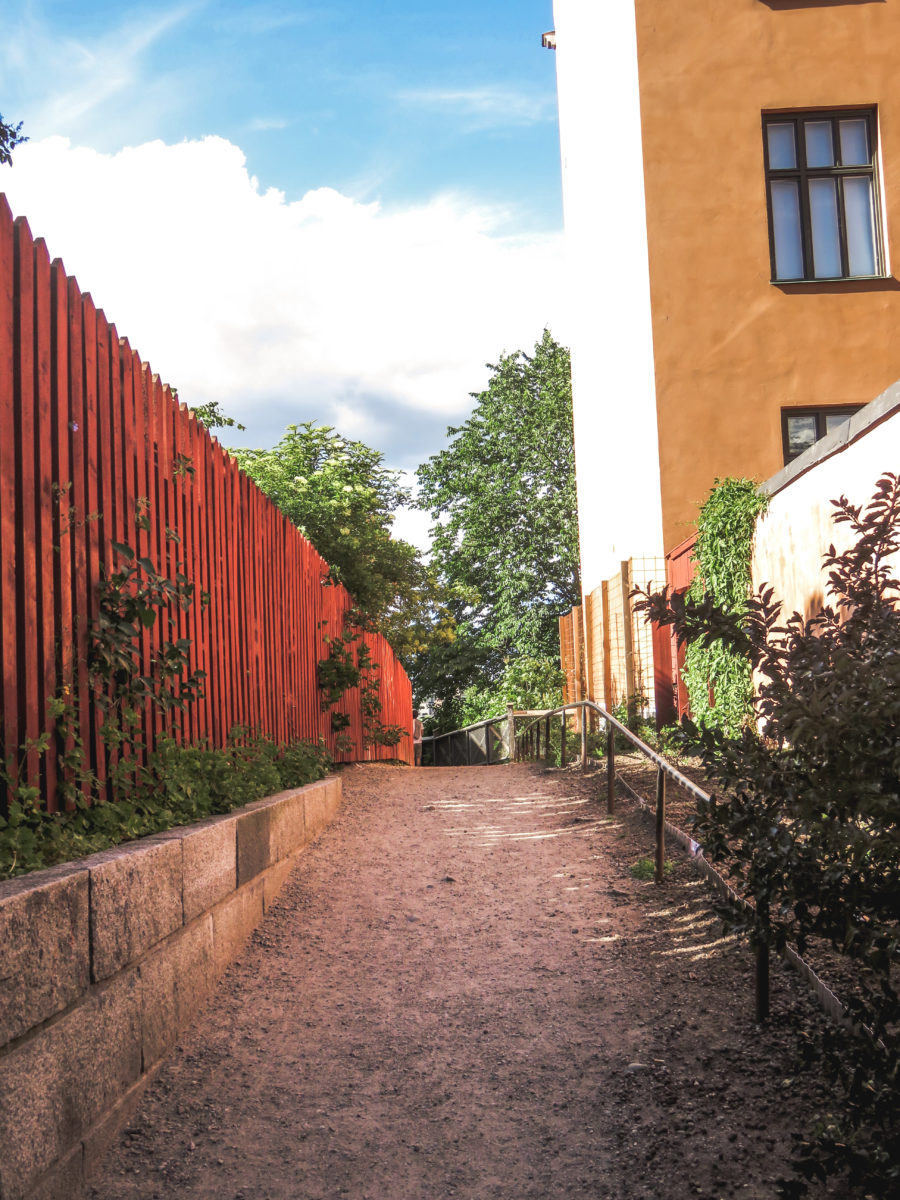

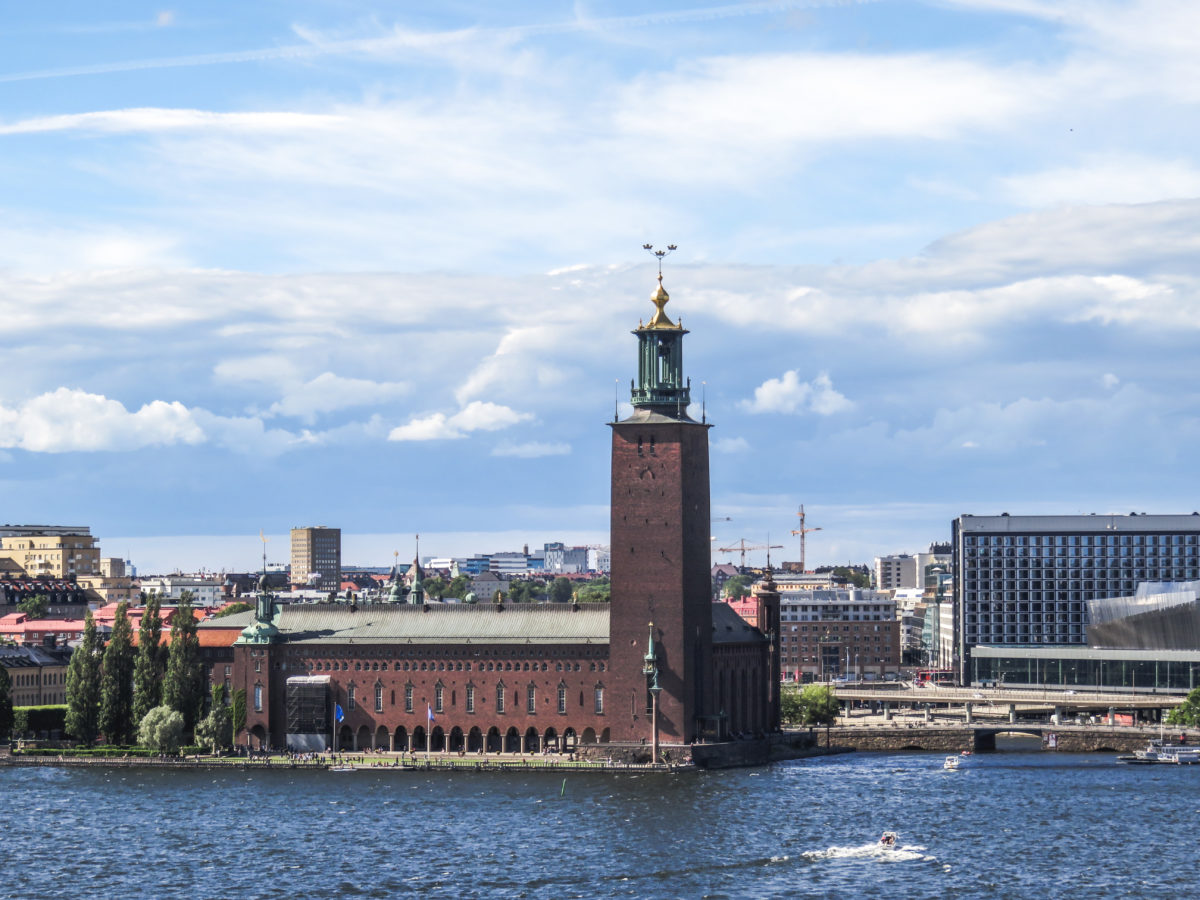
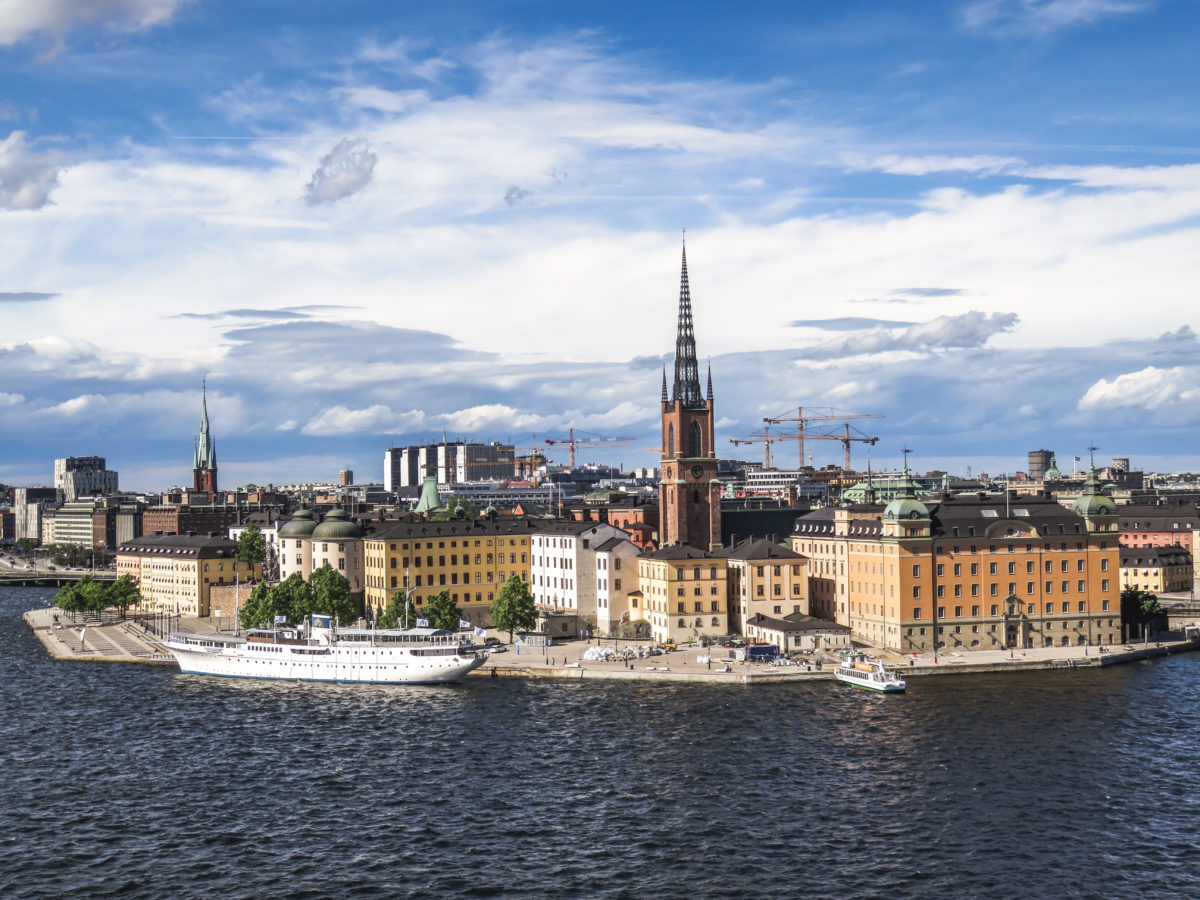

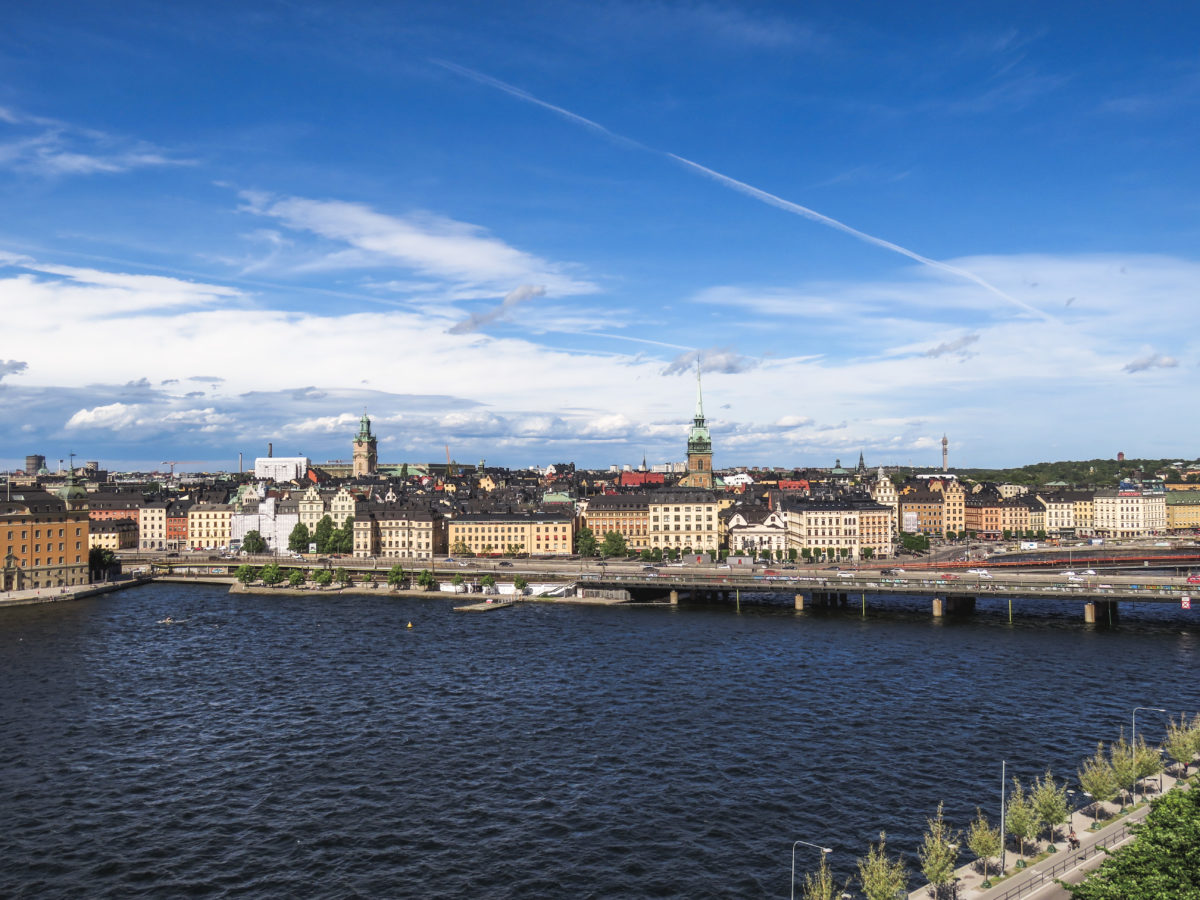
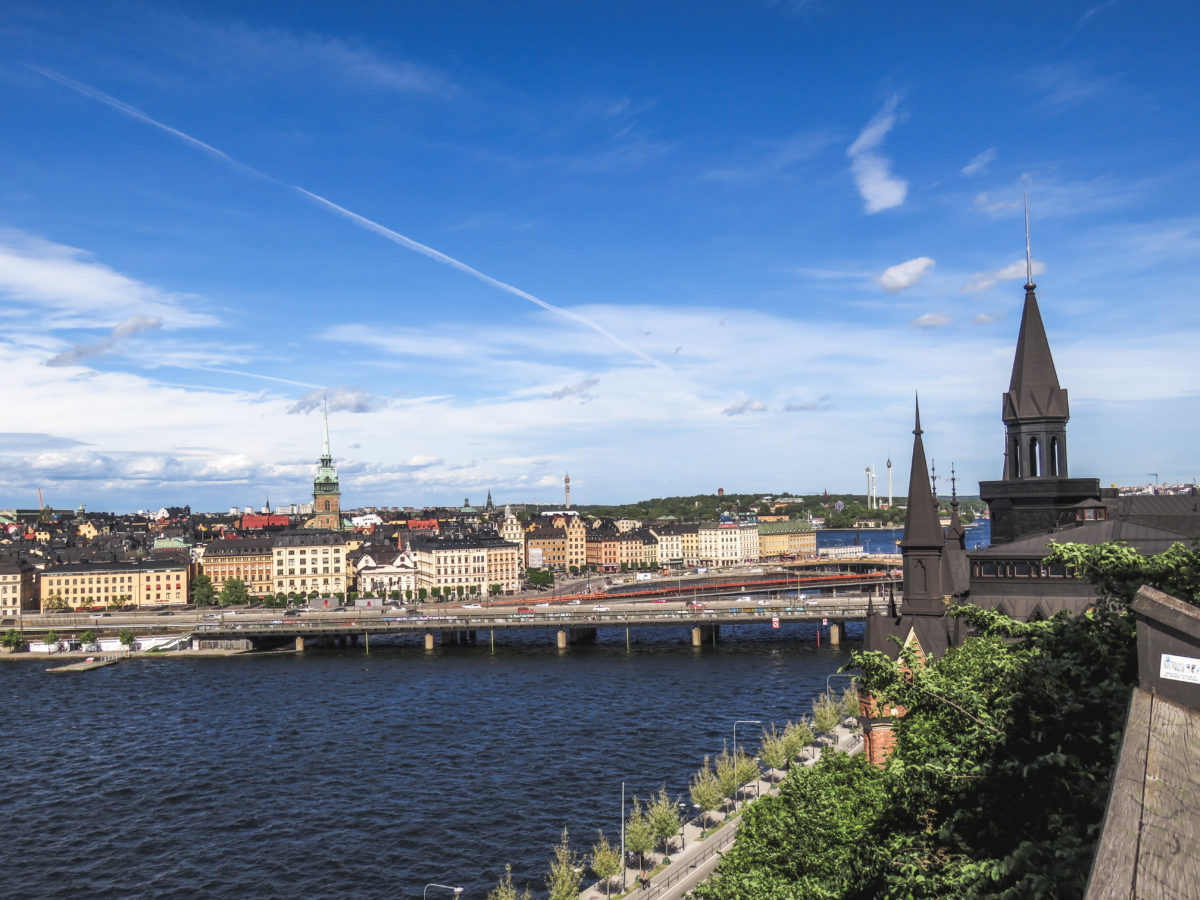



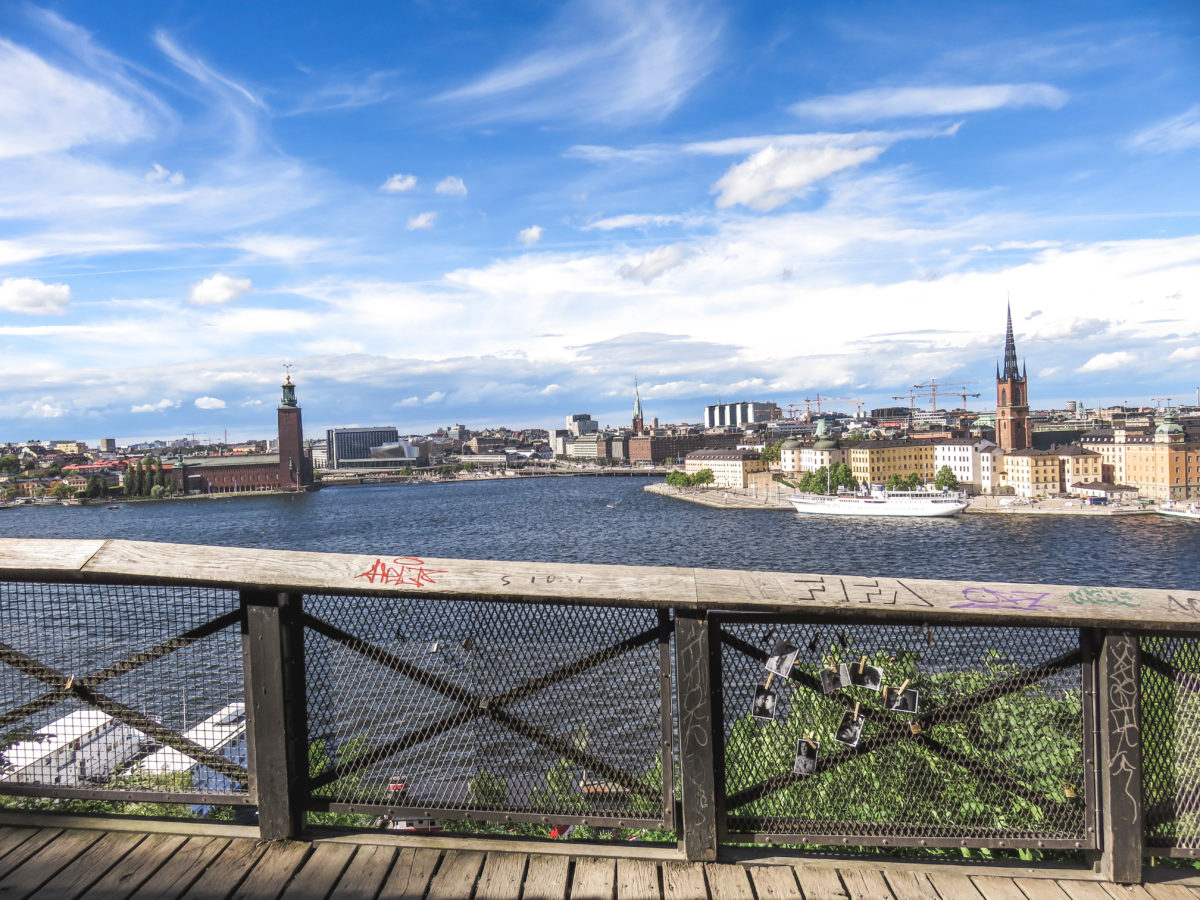
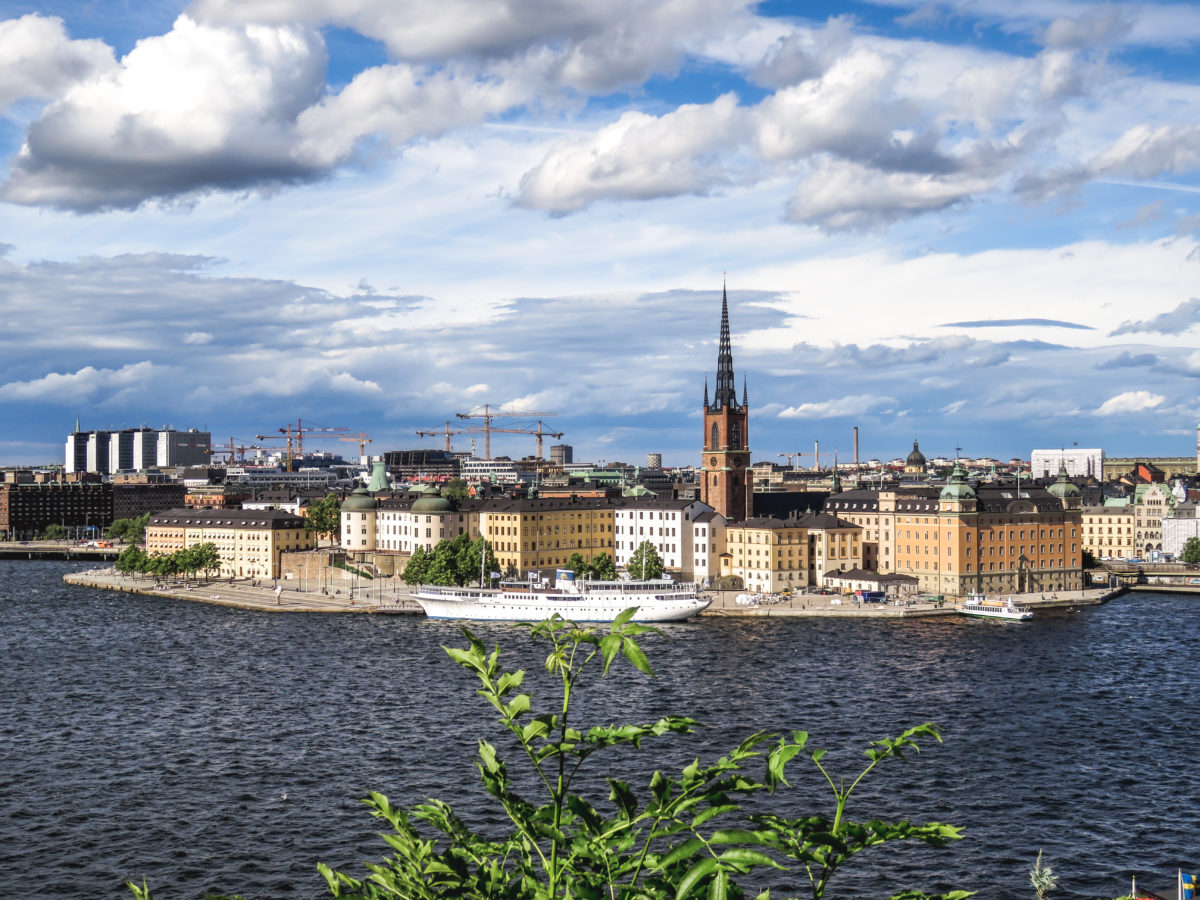

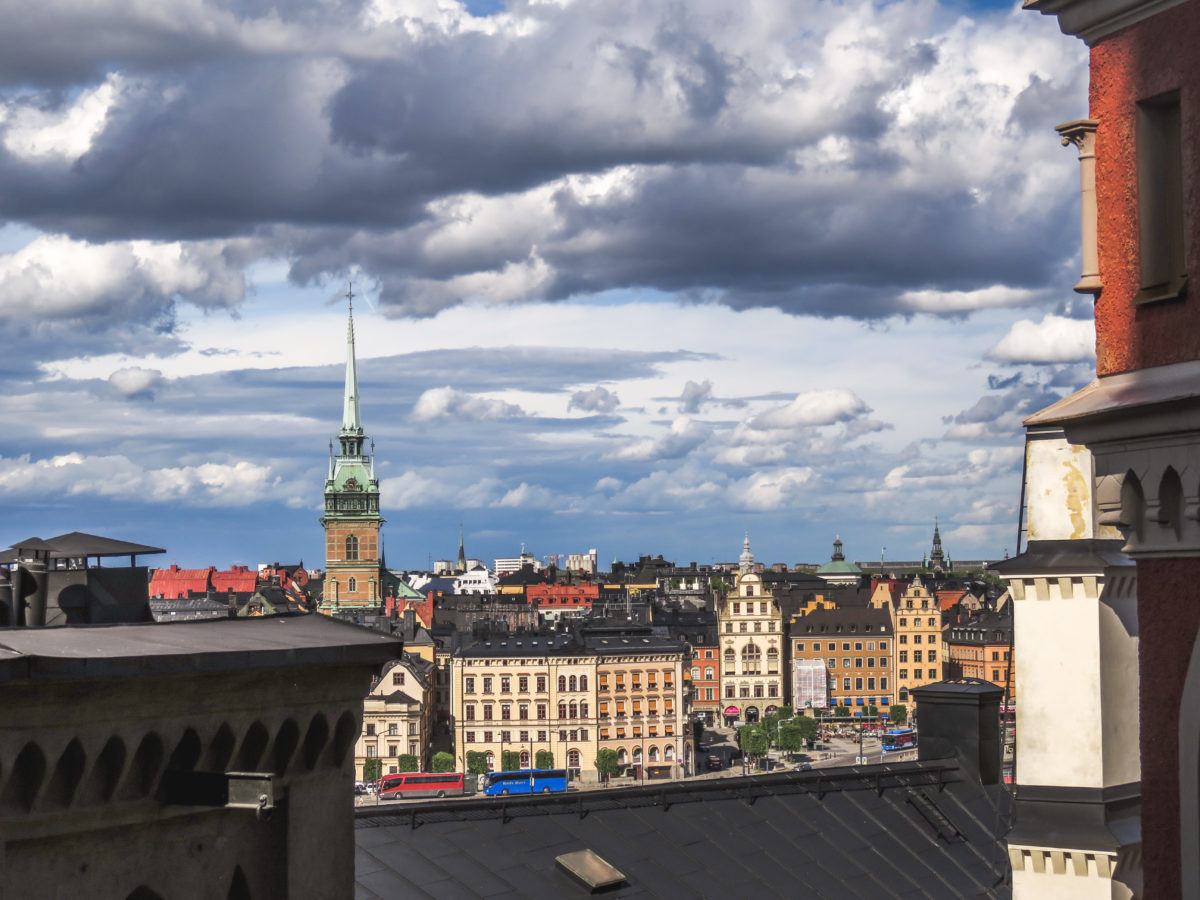
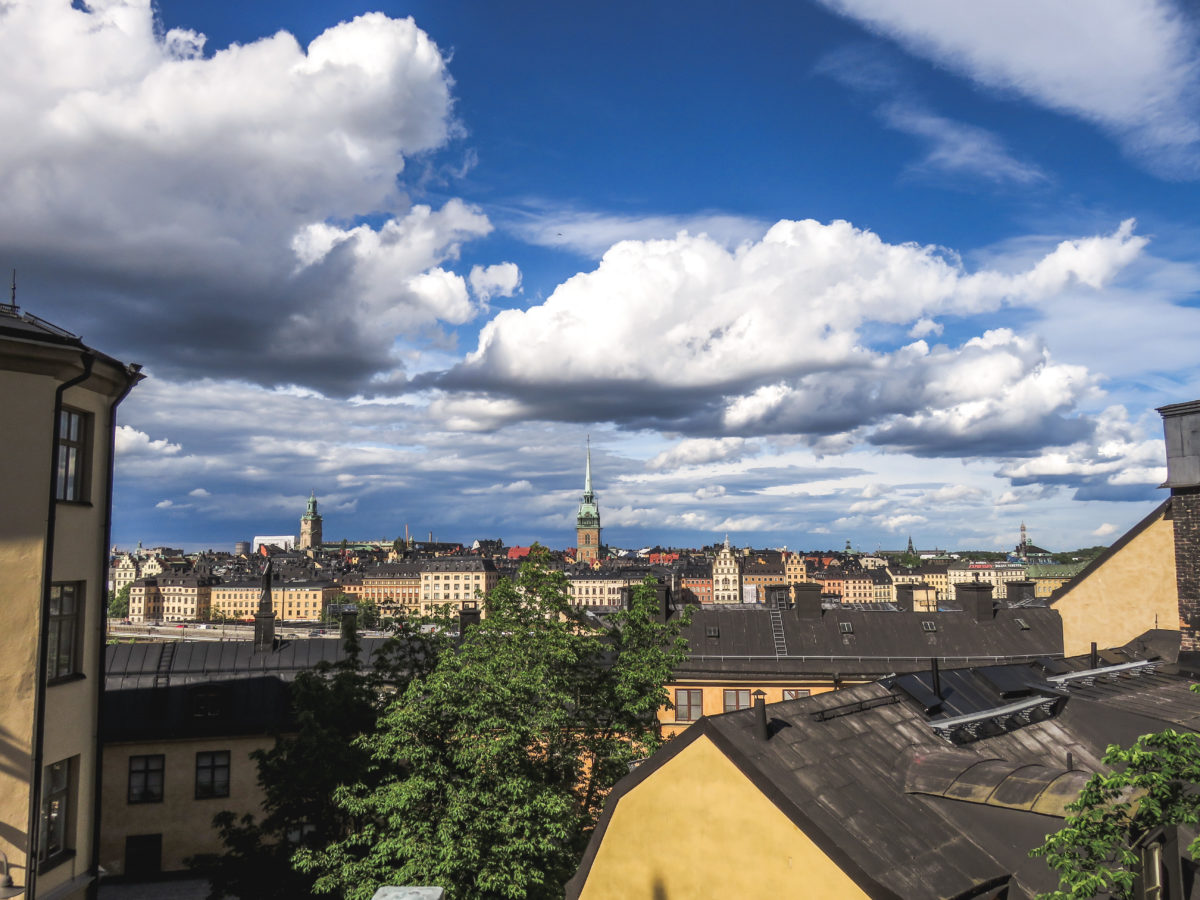
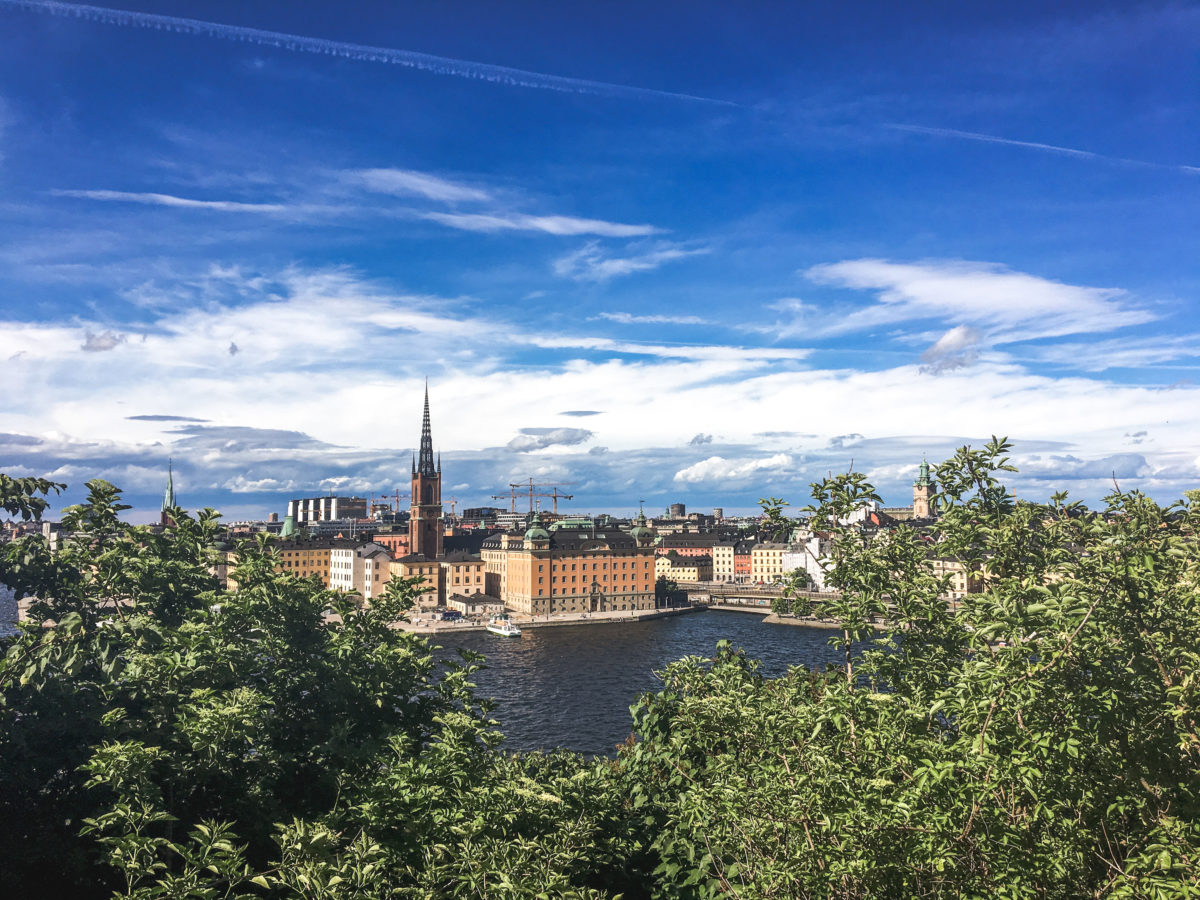
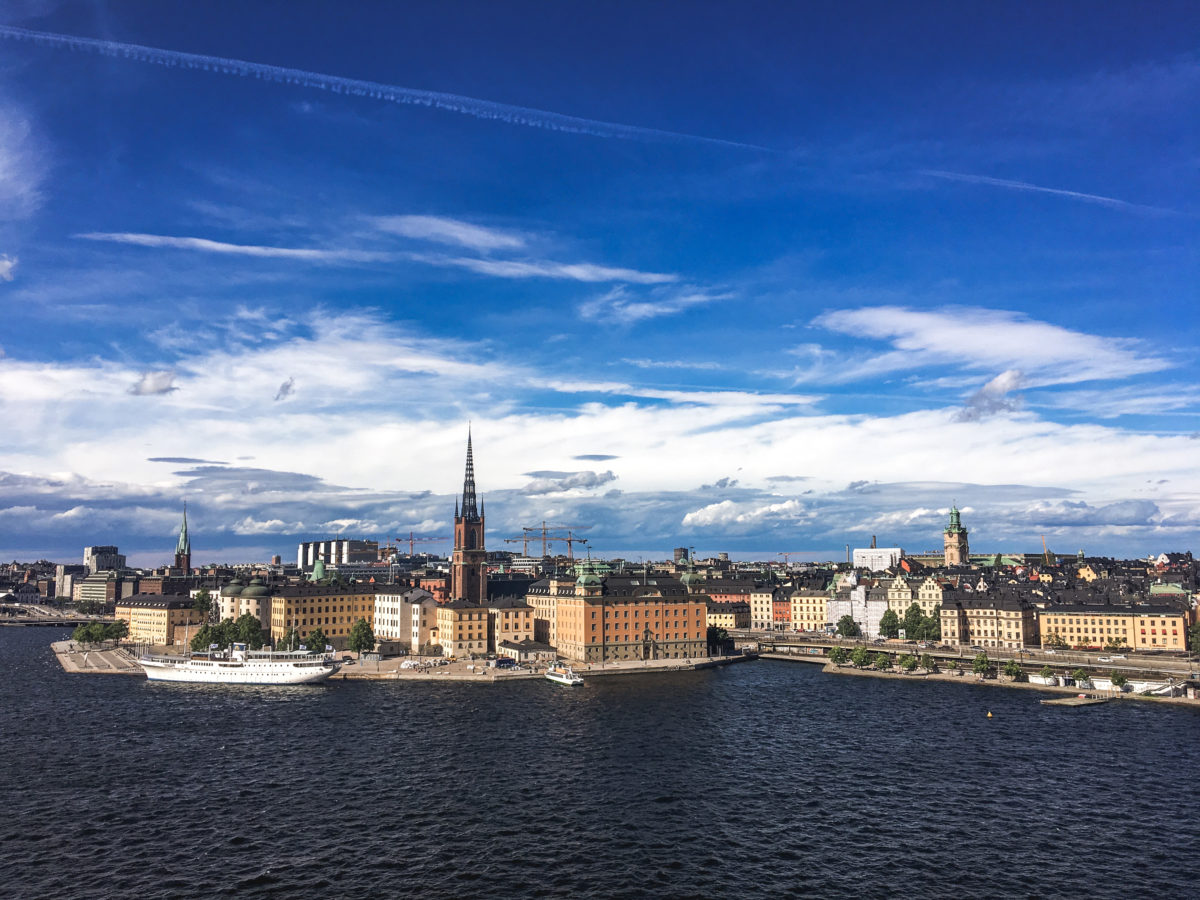
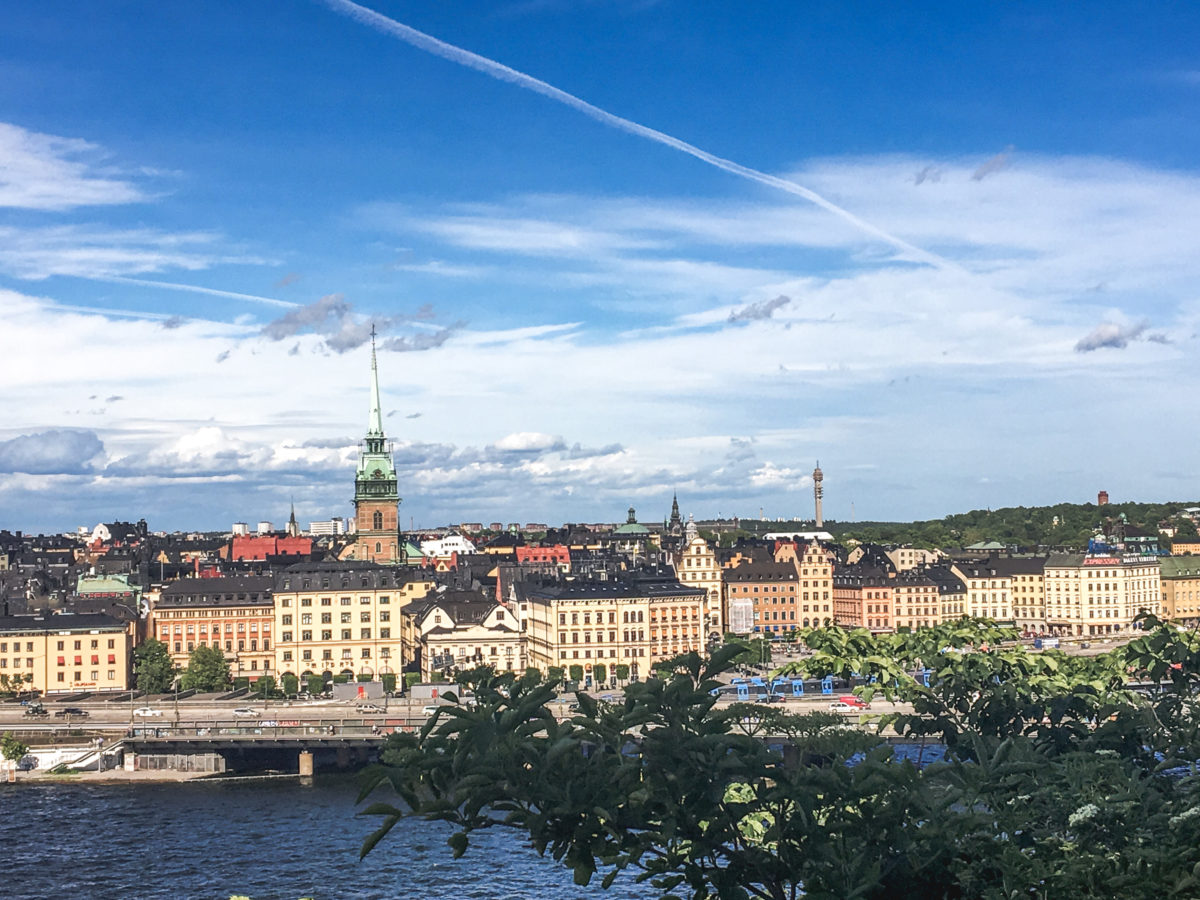
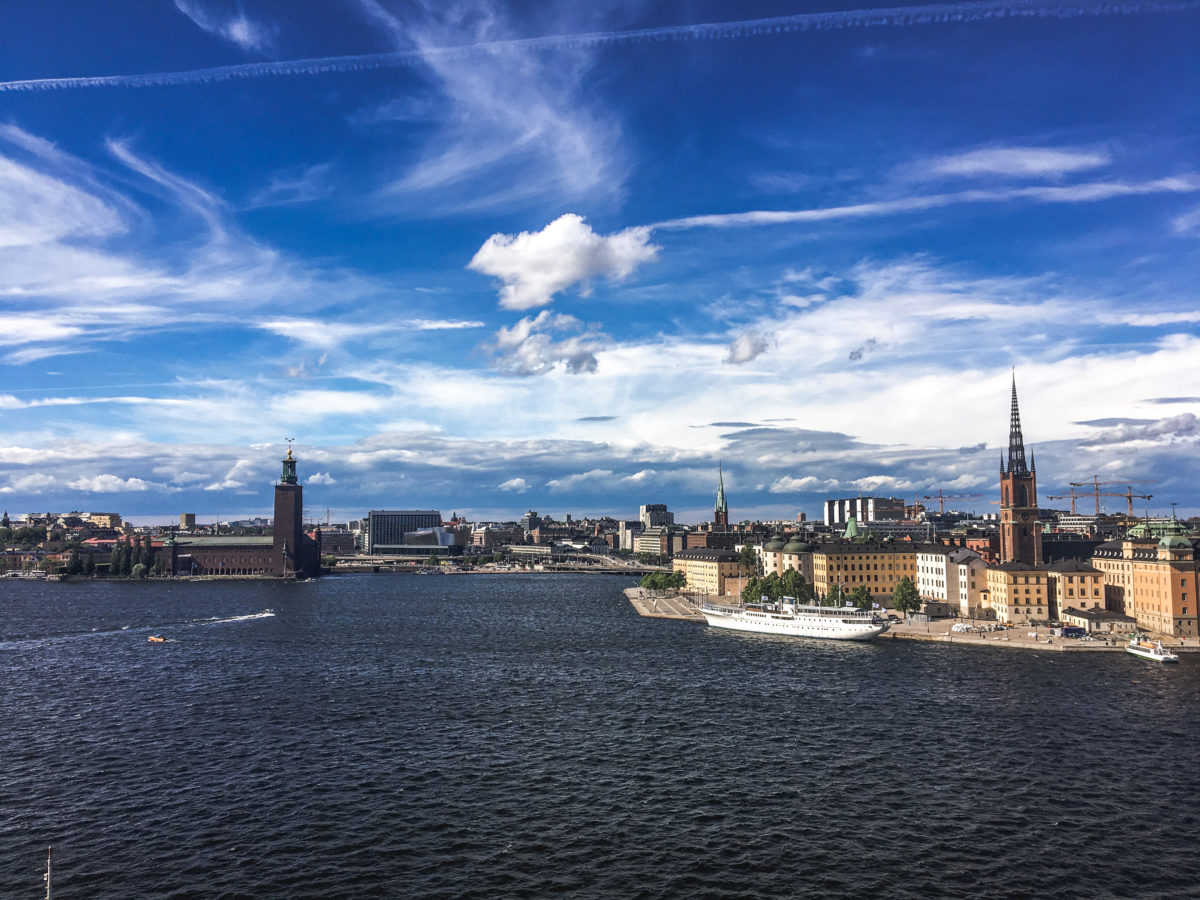


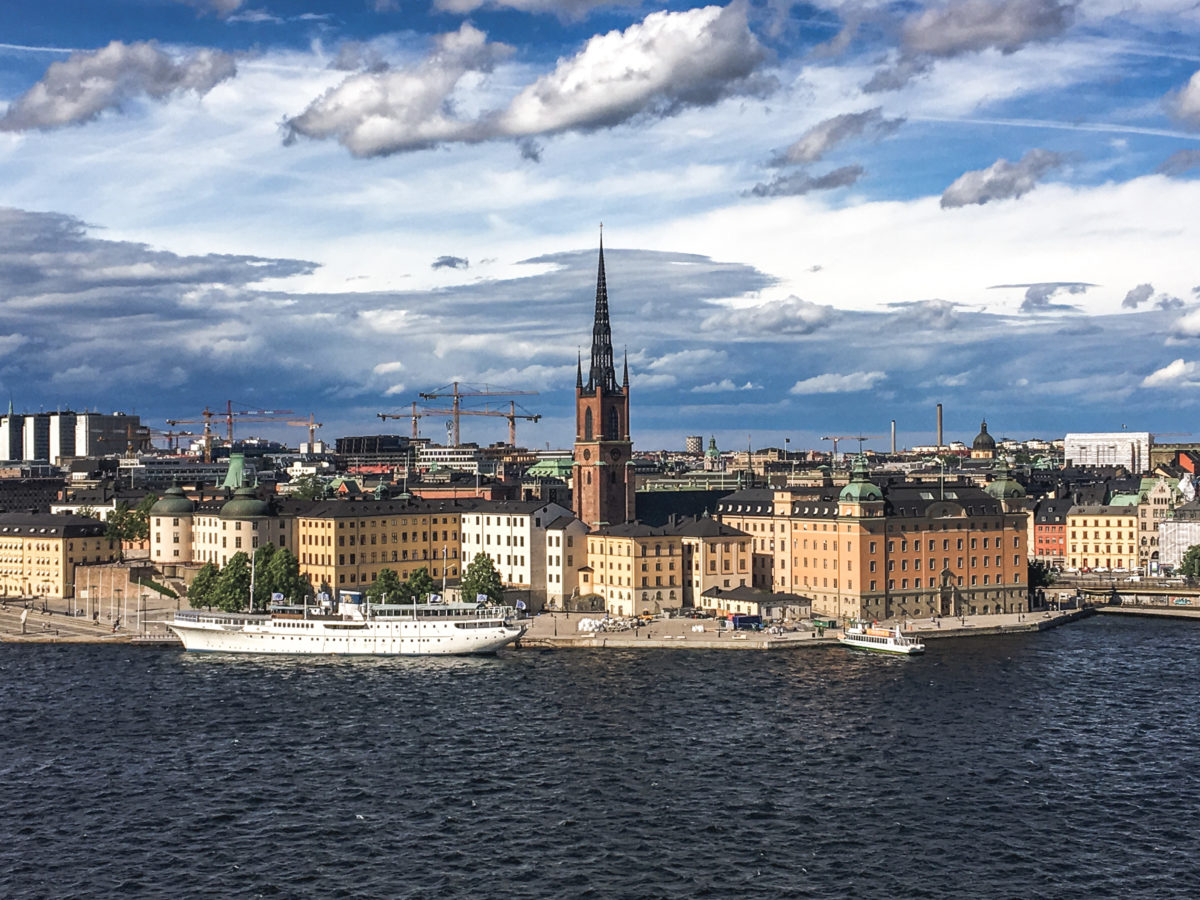
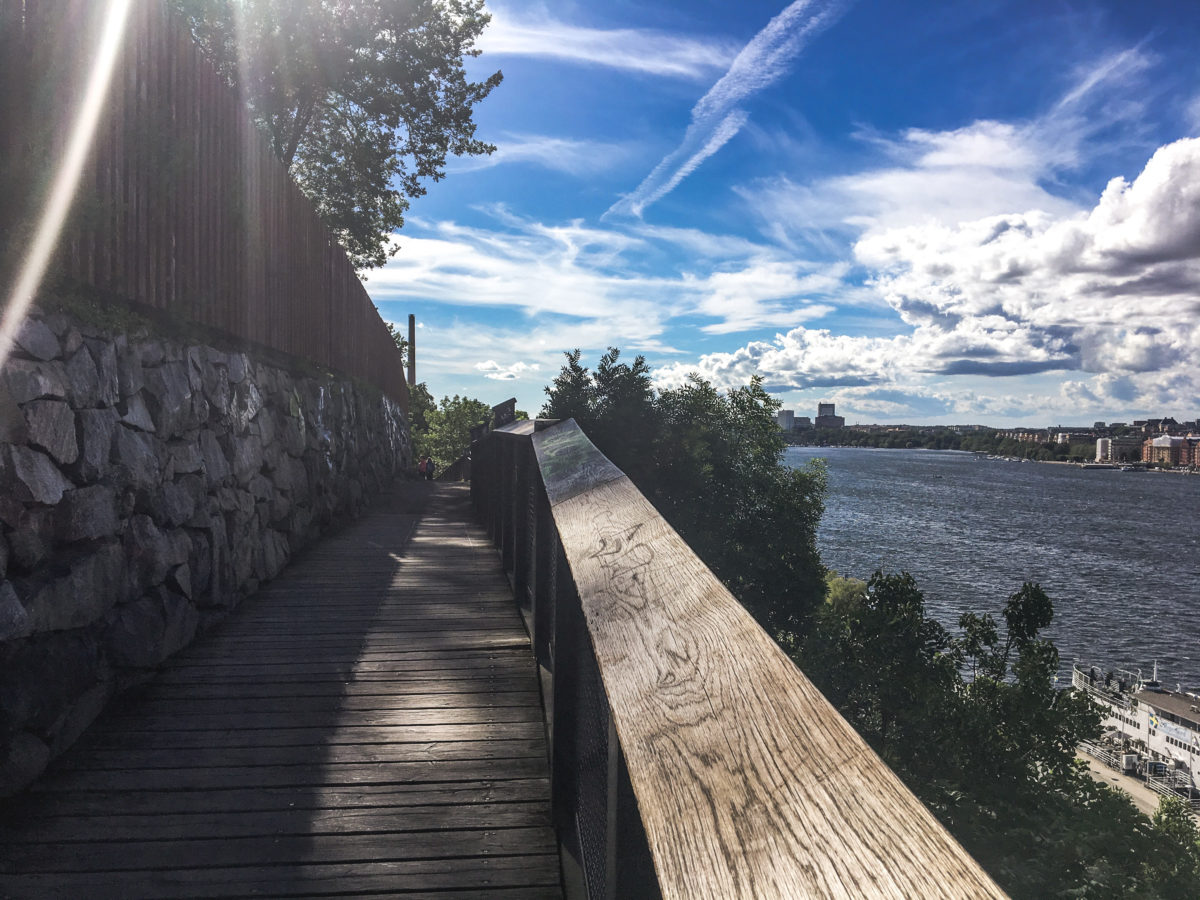
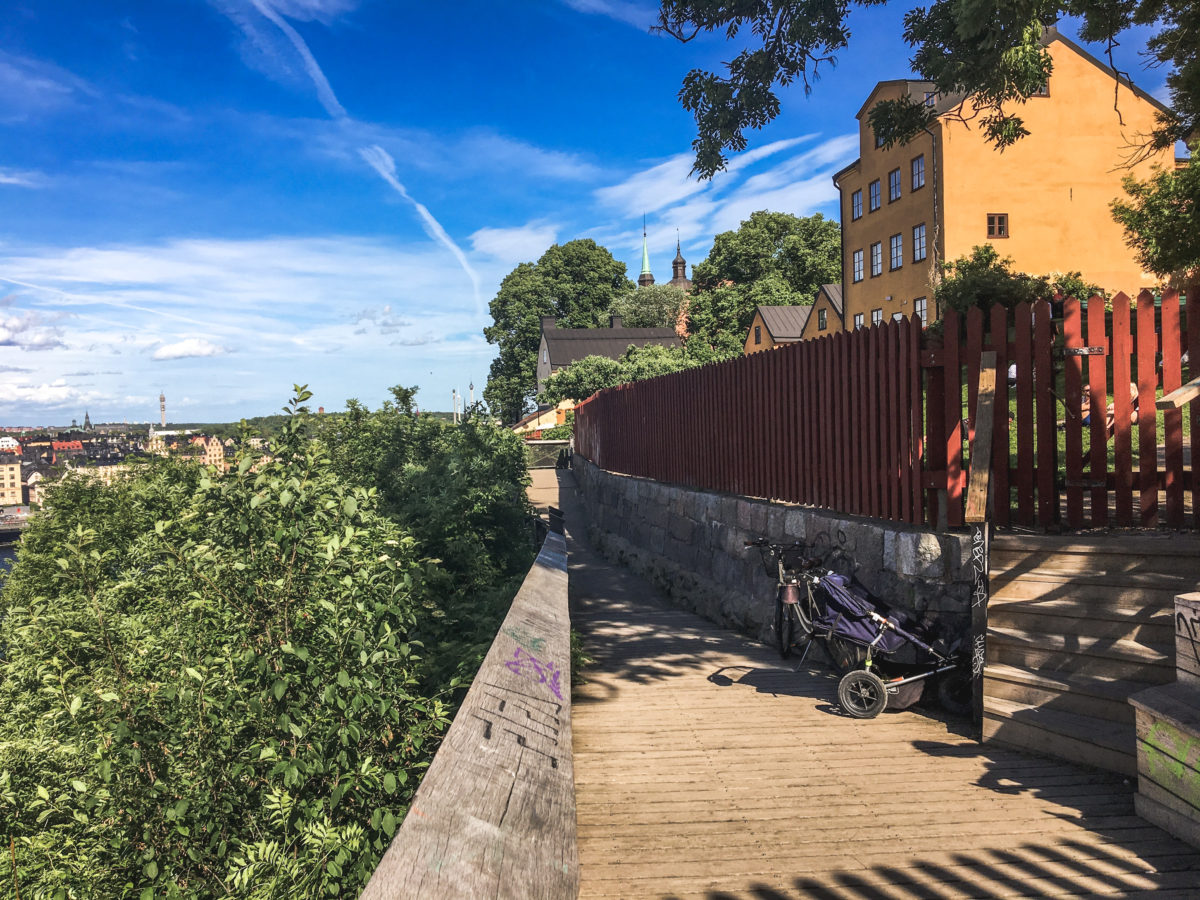



FJALLGÄTEN
Fjallgäten offers a magnificent panorama of Gamla Stan, Skeppsholmen and Kastellholmen as well as Djurgården. This is well merited, as you will have to climb a few stairs to get to the viewpoint as this historic place is situated high up on the edge of a cliff.
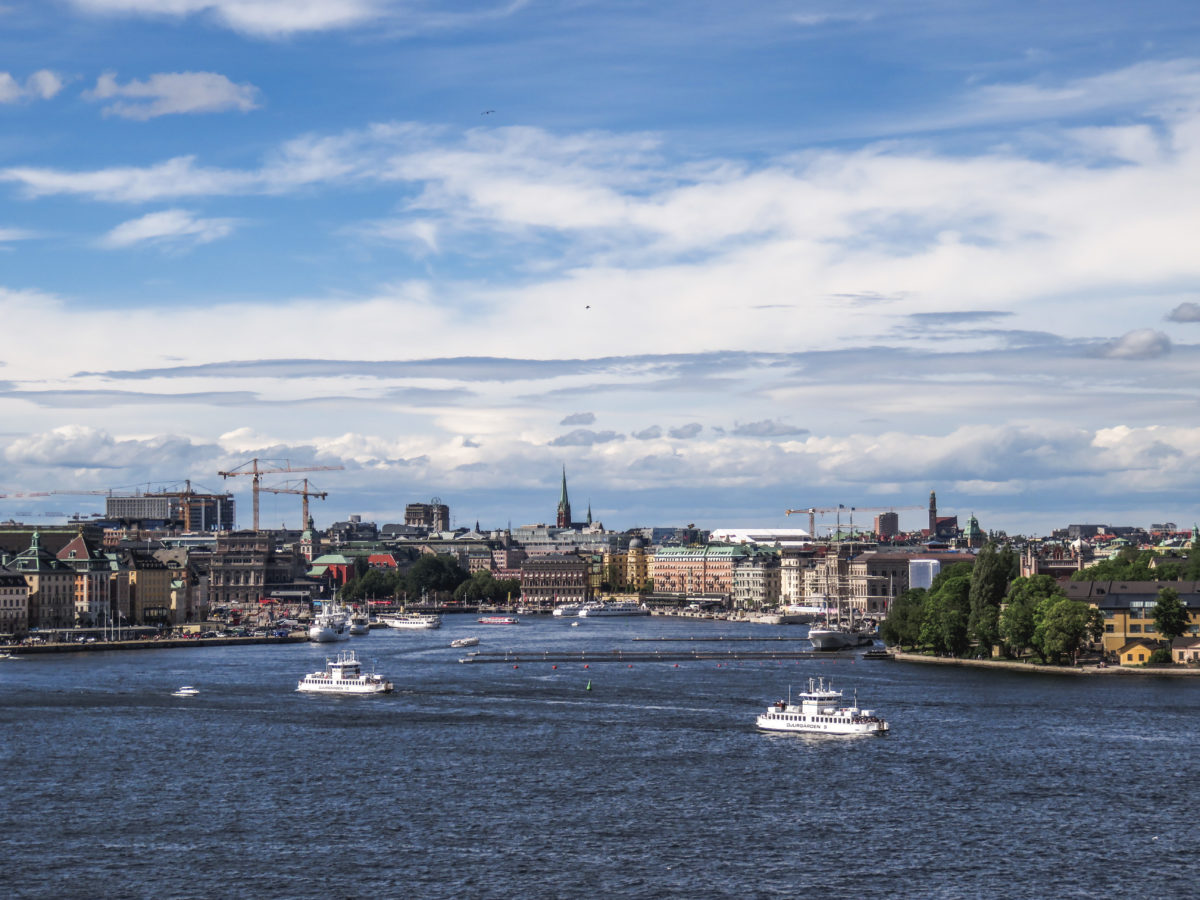
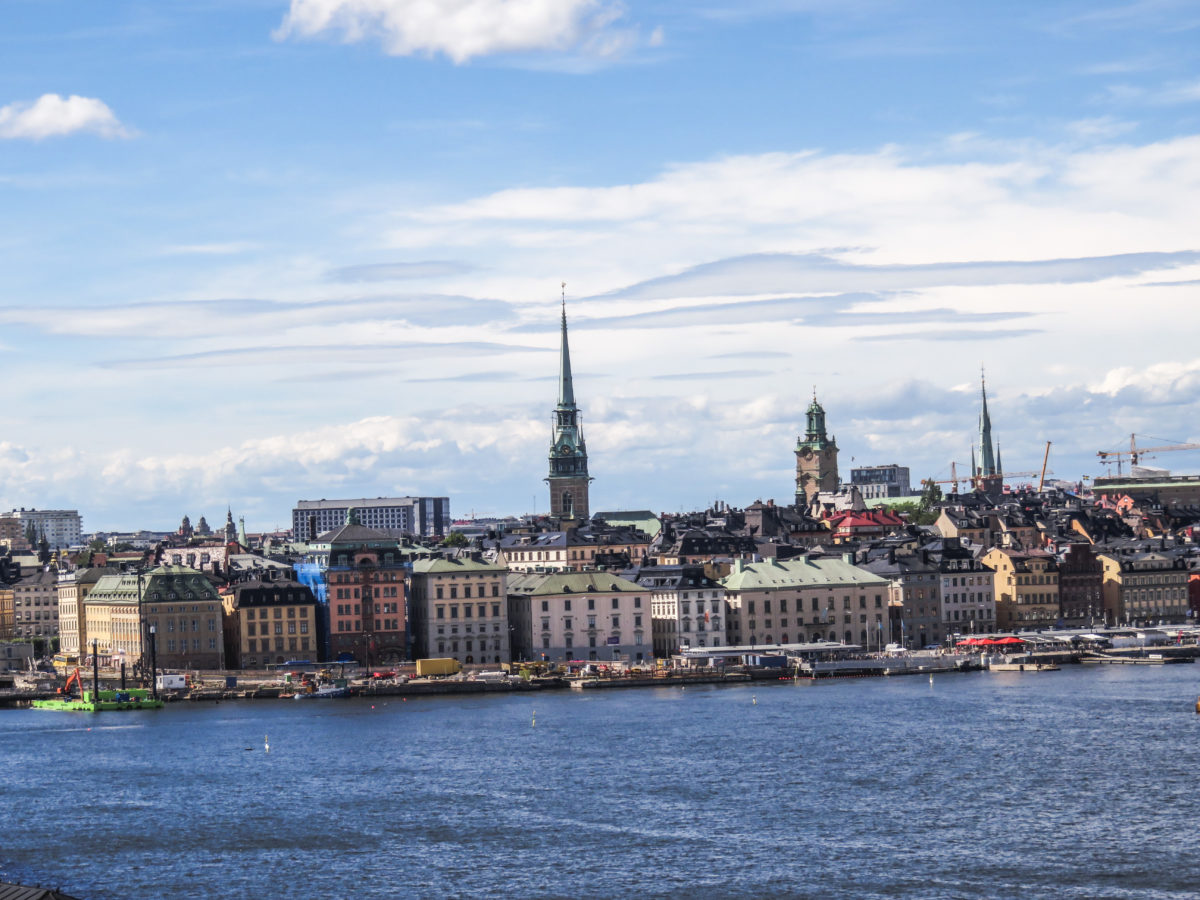
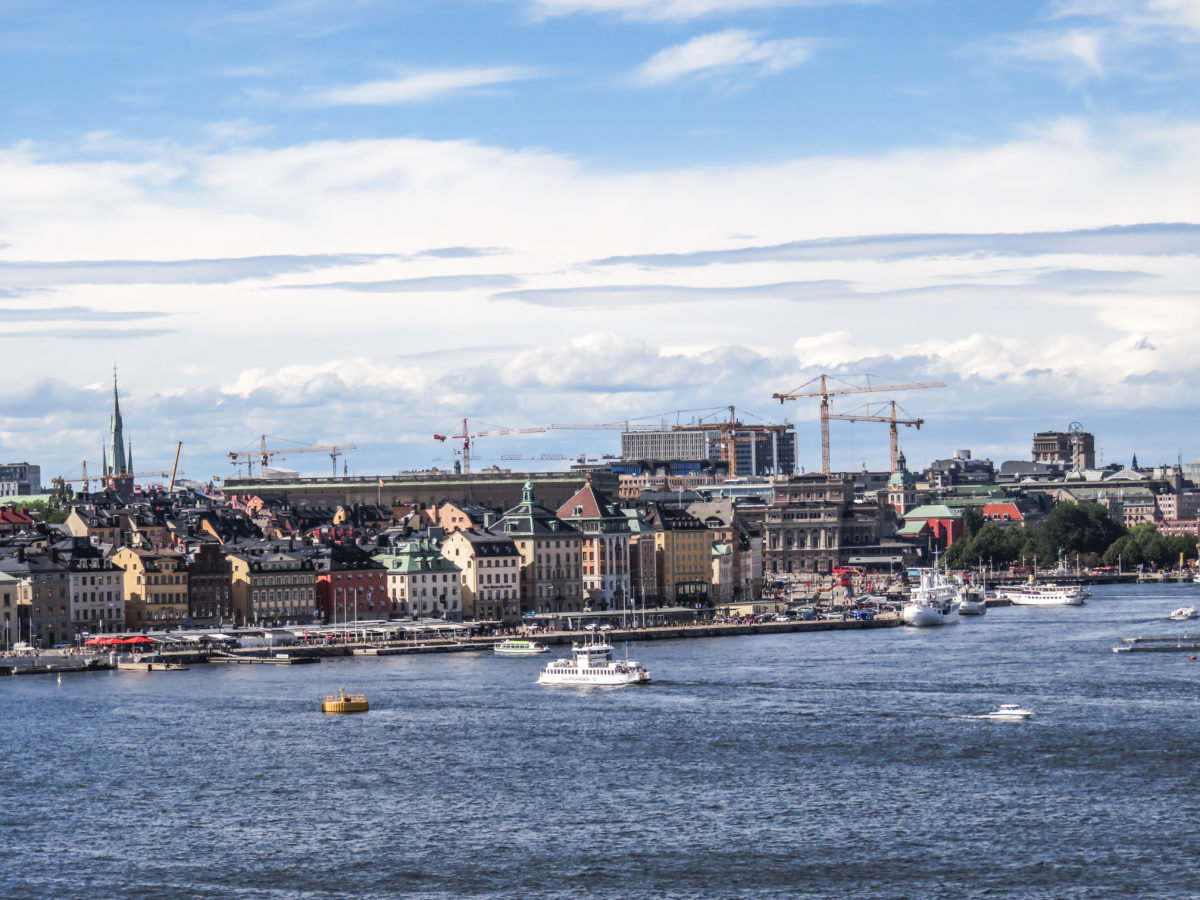

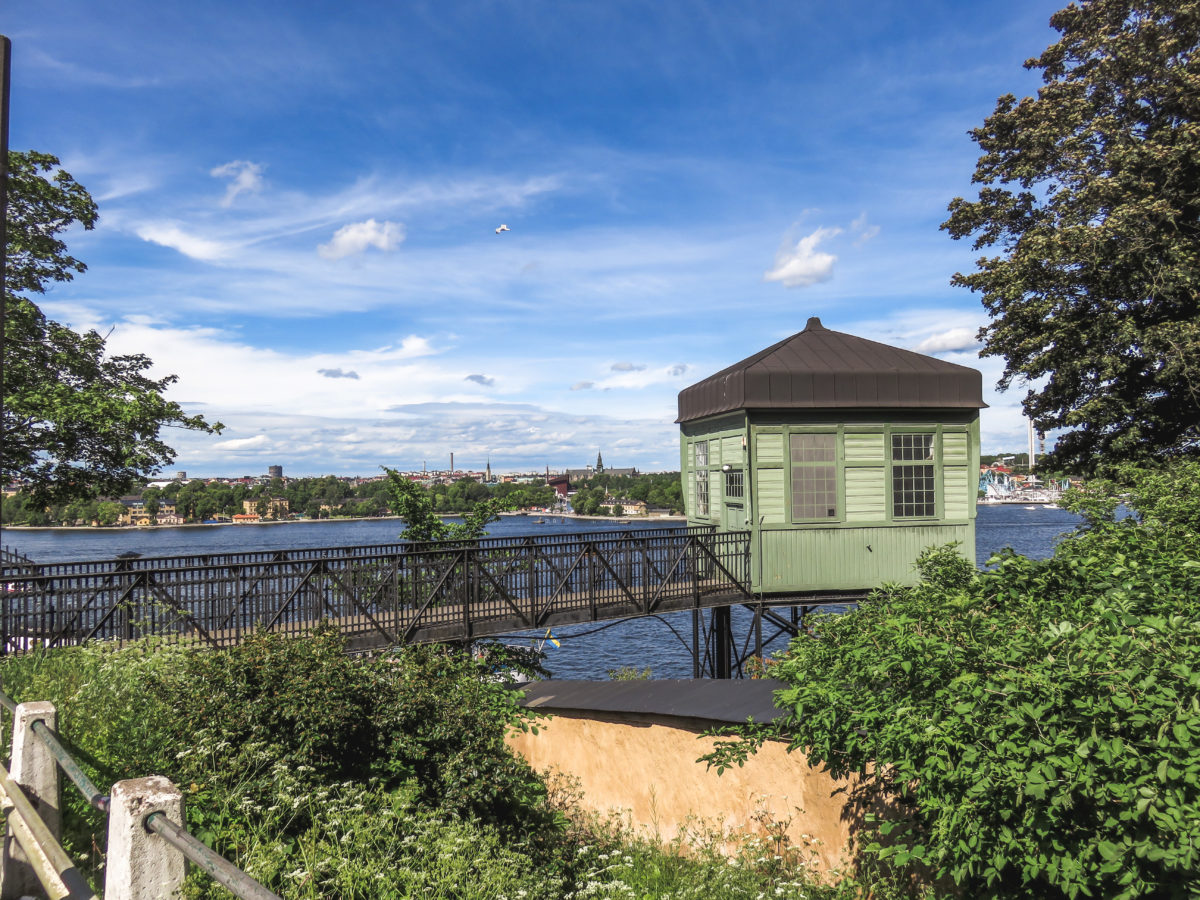
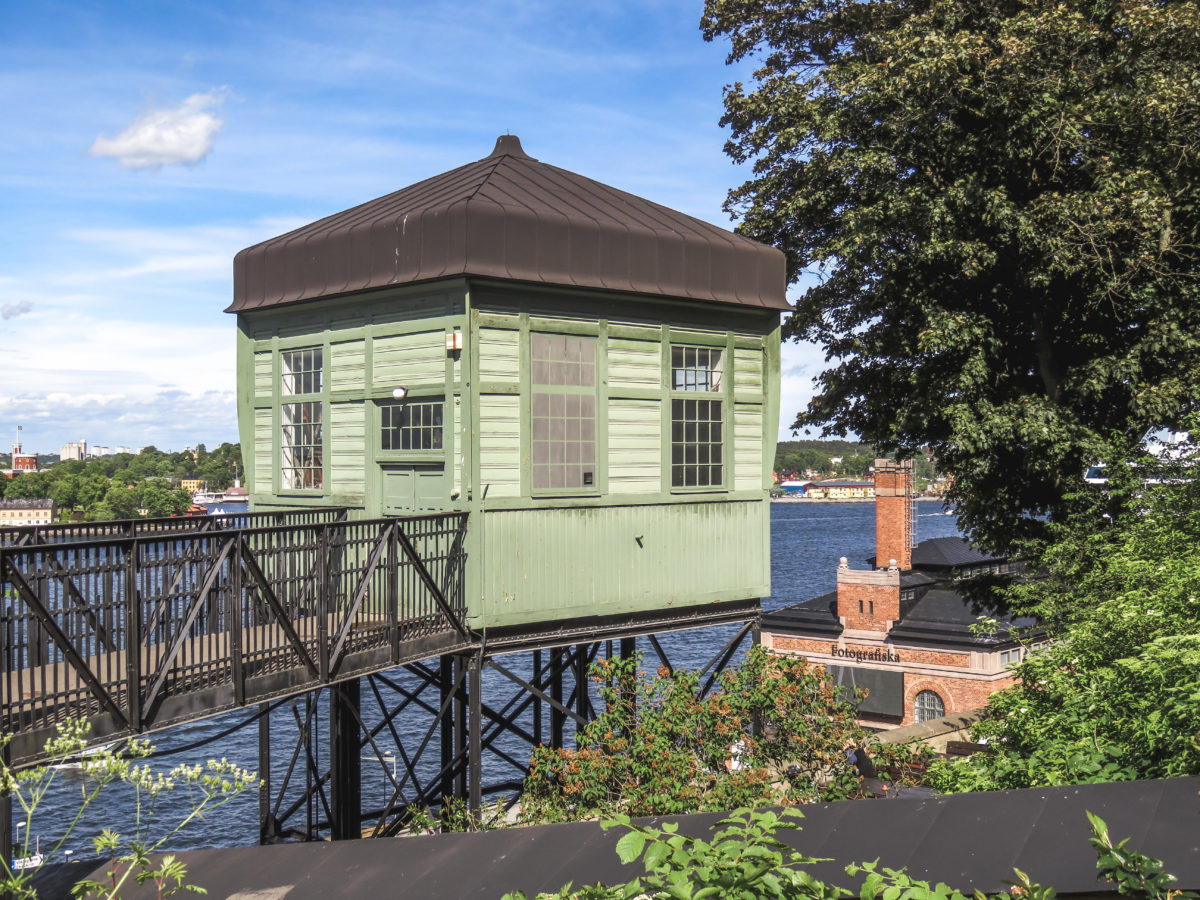
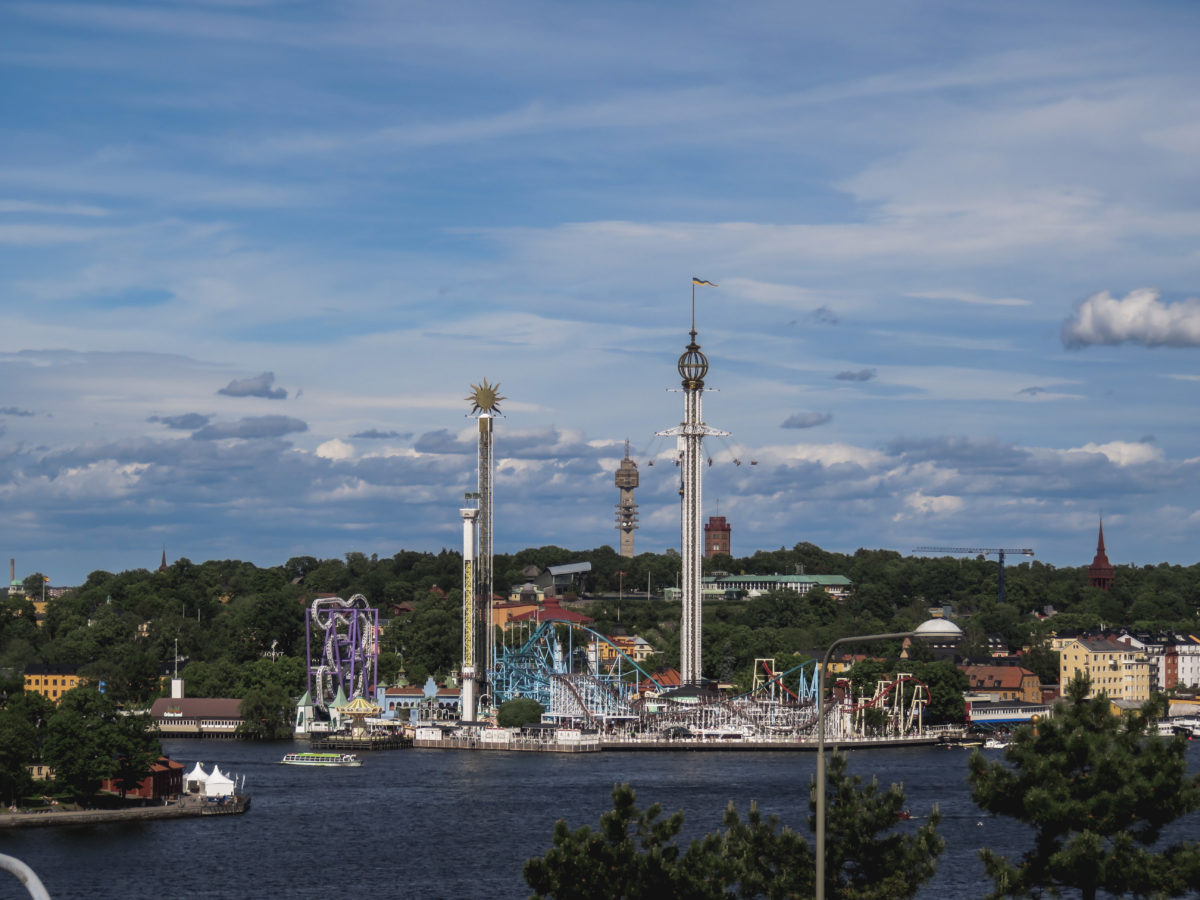
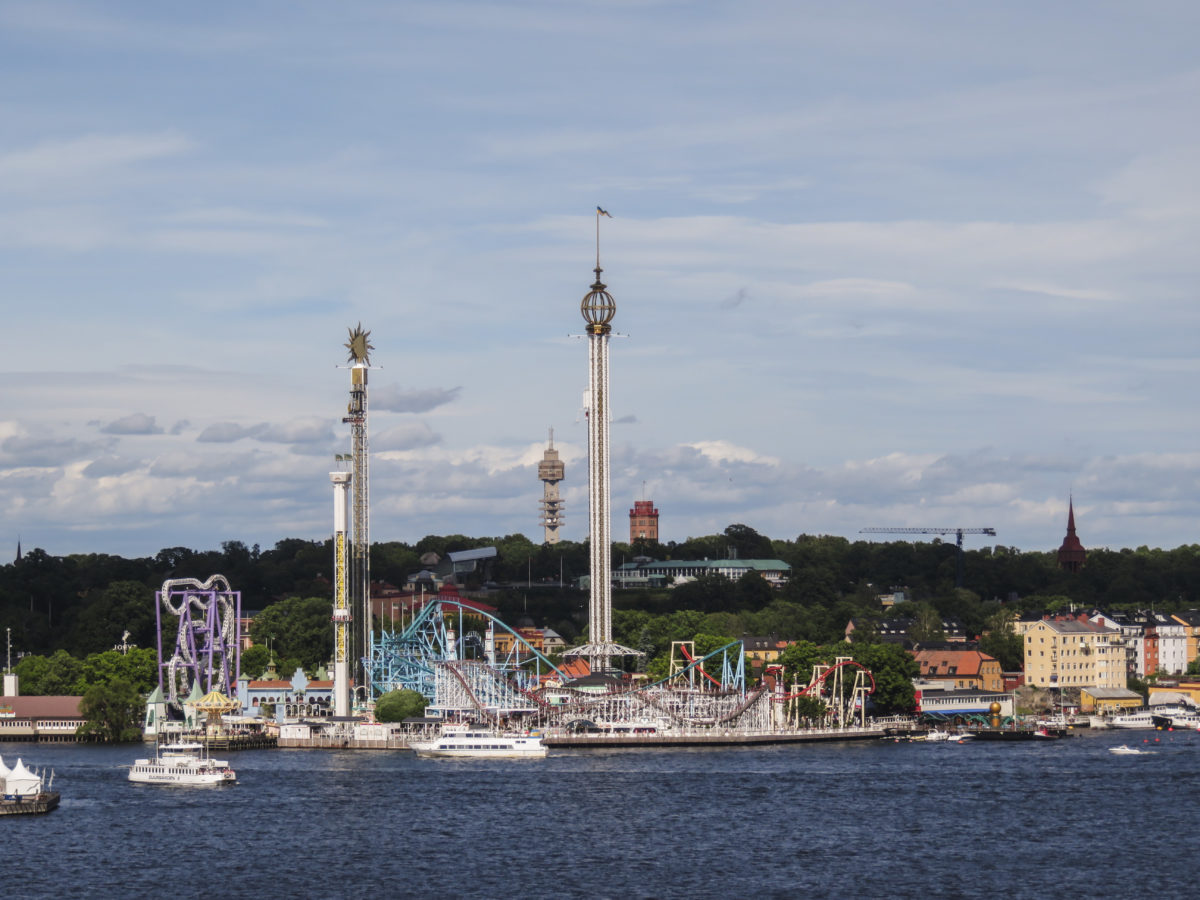

The inhabitants of Stockholm love their Fjällgatan, which they affectionately call their “balcony”. indeed, it feels as if you are on a balcony and can enjoy a pleasant view of the surrounding area.
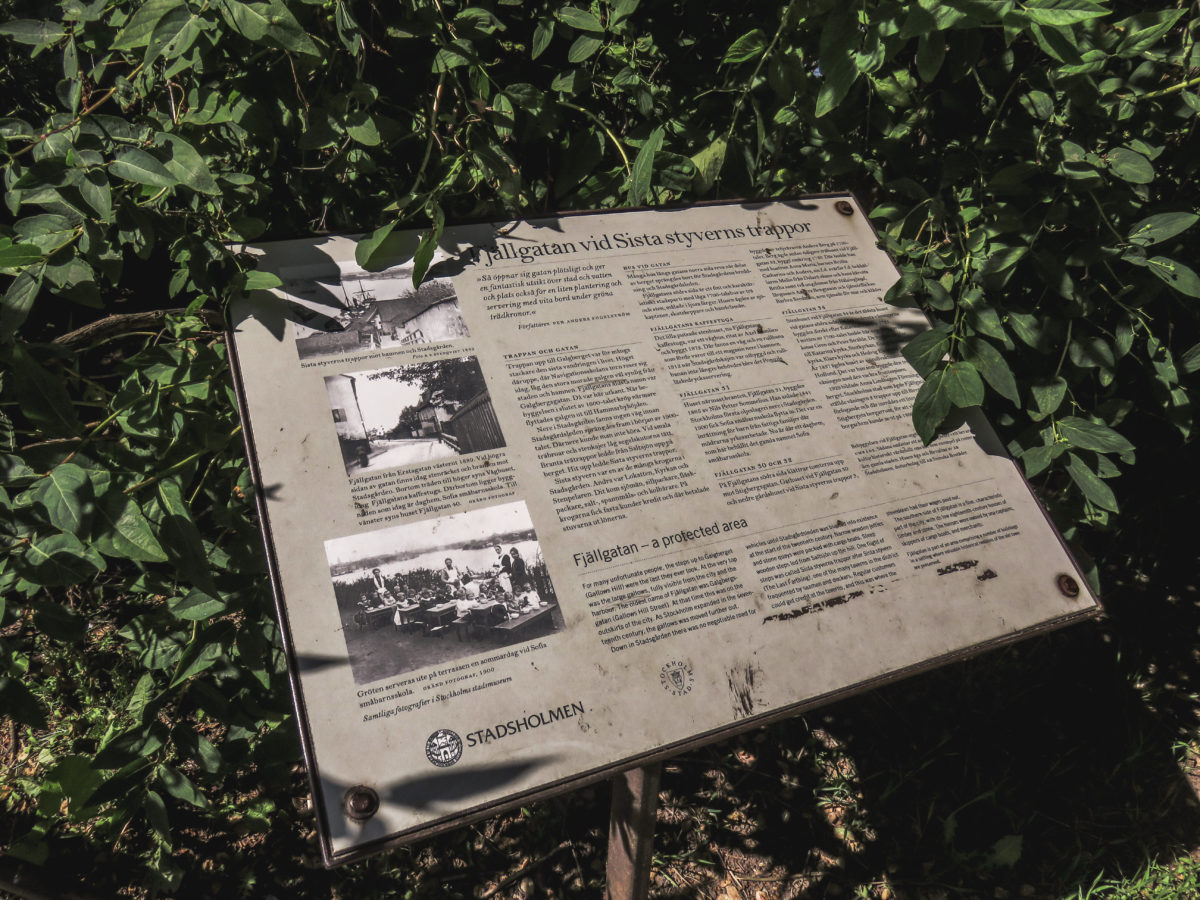
Although the view is worthwhile, it is also for a more historical aspect that Fjällgatan and its surrounding streets are known. Especially in the Stigbergsgatan you can spot and walk along small, old wooden houses. These leave the viewer with an image of Stockholm’s slums at the end of the 19th century.

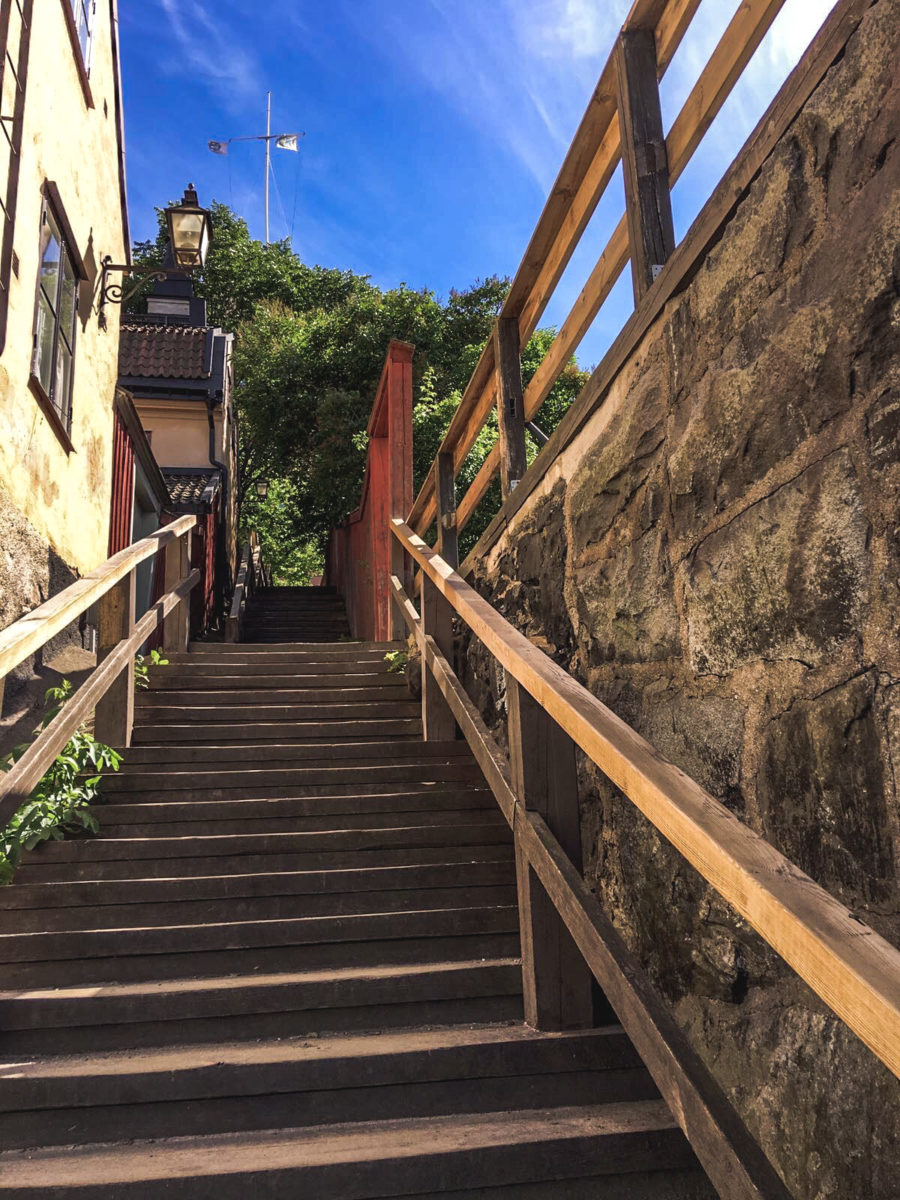
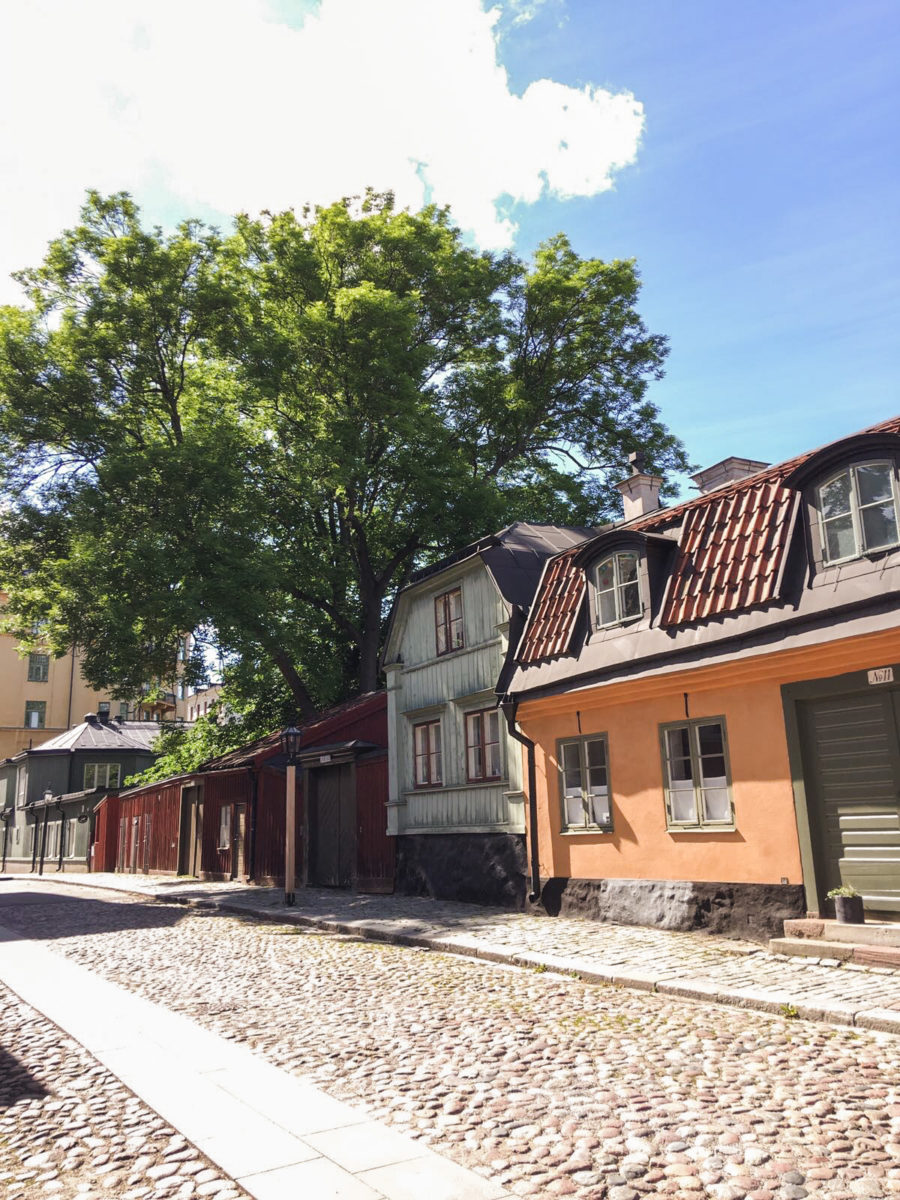





I leave you with images taken during walks in the city and above all by a magnificent sunset. Välkommen till Stockholm.
